Ever notice how those weights suddenly feel lighter when your favorite Drake song comes on? It’s not just your imagination. When it comes to fitness, the workout music itself really does make a difference.
There’s an impressive body of research on why music and exercise are such a power couple. Studies indicate that, when paired with physical exertion, music can actually bring on positive changes in the body and mind, making the right beat a game-changer for maximizing performance. In fact, it can give you such a big competitive edge that one of the leading exercise music psychologists (yes, that’s a thing) has called it a “type of legal performance-enhancing drug.” (Fun fact, music is banned at most running competitions for that very reason).
Basically, “music can make or break a workout class,” says instructor Sam G. “It truly brings out your inner warrior!” Luckily, at obé we’re totally music obsessed, with something for every taste. You can always use the Music filter to browse between 9 different workout music genres (such as pop, rock, hip hop, R&B, and more) and choose the sound that will help you go all in, full out.
To learn more about the power of the beat, we turned to our musicophile obé instructors to unpack the magic of workout music and beat-based fitness classes, plus the art of creating the perfect workout soundtrack.
Workout Music Is the Ultimate Motivation (and Mood!) Boost
Music has the power to put you in flow state, the feeling of deep, focused immersion—and science backs it up. That upbeat song you love doesn’t just make class more fun; it also hypes your heart rate, delivering the motivation you need to tackle your high-intensity workout and feel the positive glow long after you’ve stopped sweating.
Not exactly in the mood to work out, but want to break a sweat? Time to power up a spicy soundtrack—it’s science! Turns out, the “high-groove” qualities of music excite and light up your brain in a way that instinctively makes you want to move, rather than calling it quits (talk about a motivation hack). Plus, the right song can work to positively elevate your mood by releasing feel-good hormones, like dopamine and oxytocin, while lowering levels of stress-inducing cortisol.
As instructor Alex S. says, “there’s nothing like that feeling when you’re getting exhausted from a workout, but then hear your absolute jam come on and it pushes you to work harder and follow through.” Suddenly, you’re focused and attentive with newfound endurance.
That’s because a good workout music is also the perfect distraction from fatigue or an otherwise challenging exercise, decreasing your perceived level of exertion (aka “tricking” your mind and body into knocking out that move you thought you’d never be able to do). That effect can increase your work capacity and boost your performance by 15%, giving you a lot more bang for your sweat.
Beat-Based or Not: What’s the Difference?
There’s another music choice to make which can totally change the game of your fitness experience—and that’s whether you go for a beat-based class, or not.
“Beat-based classes are when the moves or exercises are choreographed specifically to the beat of the song,” explains Sam G. Think: Sculpt, Dance Cardio, Dance HIIT, and Bounce obé class types. (Learn more about our class types here.)
“I love using the beat of the music, because in my mind it turns any movement into a dance party,” says Alex, who typically makes her Cardio Boxing and Yoga Sculpt classes beat-driven (following her pace is always optional, though!). “Following an even tempo for each move also holds your body accountable,” she adds. Plus, you can get a natural energy boost—a tempo that’s synchronized with your moves can help your body use energy more efficiently, according to research.
On the other hand, non-beat-based classes—such as Strength, Power, HIIT, or Yoga—aren’t set to the rhythm of the music. “The soundtrack may be bumping, and you can jam to it, but the movements live in their own world,” explains Alex.
In short, a beat-based class may add more intensity to your workout (by keeping you on pace), but a non beat-based class may serve as a better distraction from the work (who’s worried about 5 more burpees when Dua Lipa is on?).
The Soundtrack Controls the Vibe
You probably intuitively gravitate towards specific genres for different classes—and with good reason. Maybe it’s hip hop for Strength, rock for Power, or some zen ambient sounds for Yoga. Whatever your preference, music’s superpower is its ability to elicit an emotional response, so setting the right tone can get you in the perfect headspace to rev up, chill out, or flex on.
The good news: While our obé instructors have their own music personalities, they all masterfully create their soundtracks to perfectly match the intensity of their sequences—taking out any guesswork on whether this goes with that. (And in case you were wondering—yes, it takes them a lot of time to create them!)
“When I’m curating my soundtracks, I’m choosing songs you know and love, or ones you won’t admit are your guilty pleasure—looking at you, ‘Hips Don’t Lie’ by Shakira,” says Alex. She’ll often theme her class with Ladies of Pop, 2000s Hip Hop + R&B, and #TBT Hits soundtracks (even if it’s not on the schedule).
If you’re looking for a little blast from the past, Spencer (our resident Britney Spears aficionado) loves to play up the nostalgia. “I love including music from back in the day—’80s, ‘90s, Y2K—that takes people back to that time in their lives, brings a smile, and hopefully makes them sing along.”
And that’s where it gets fun: Between Broadway Hits Dance HIIT, Latin Pop Barre, ‘80s Rock Strength, Iconic R&B Pilates, Country Pop Sculpt, and more—we love spicing things up with a good theme. You may just lift heavier, squat lower, hold that plank a little longer, or level up the push-ups—without even noticing.

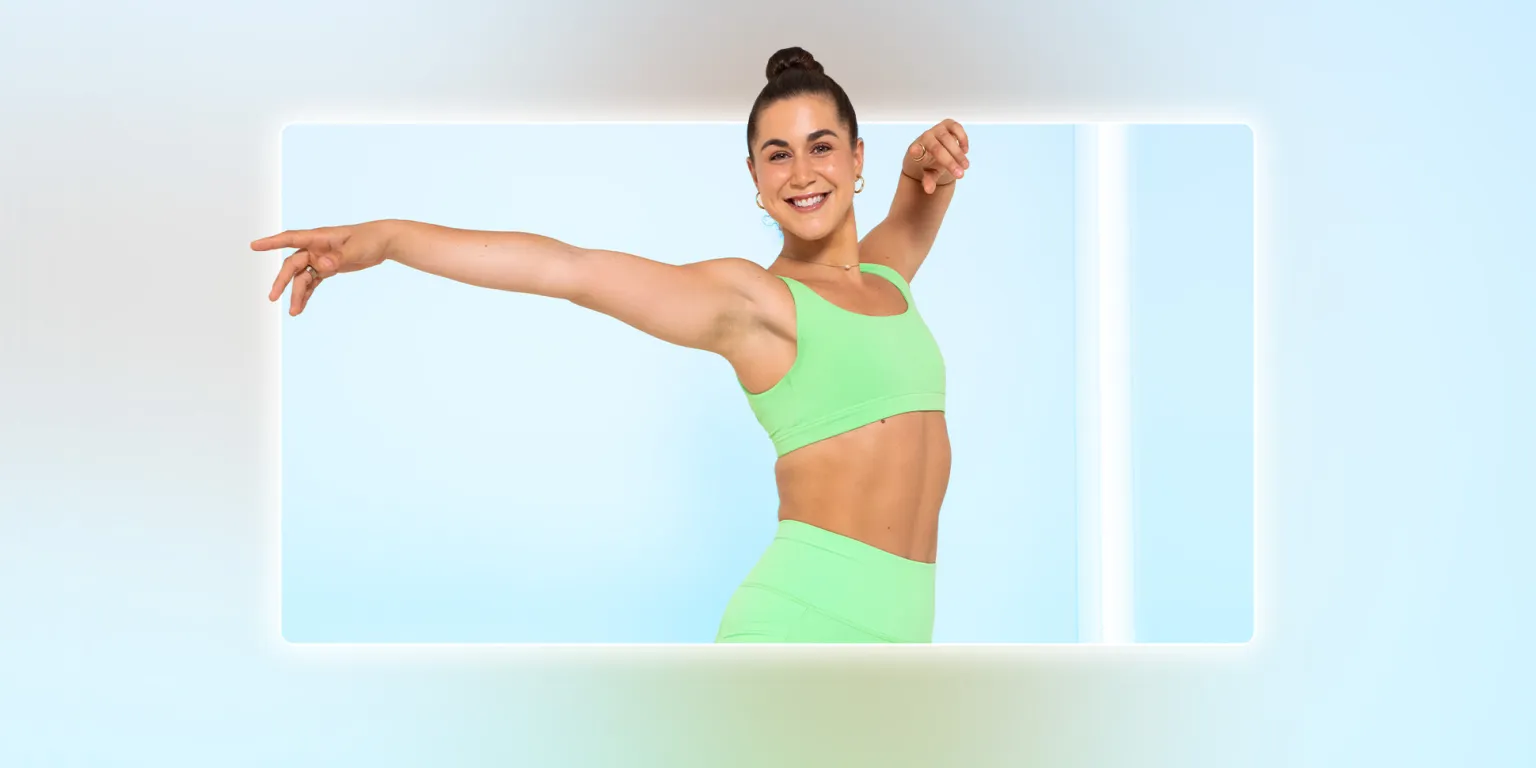
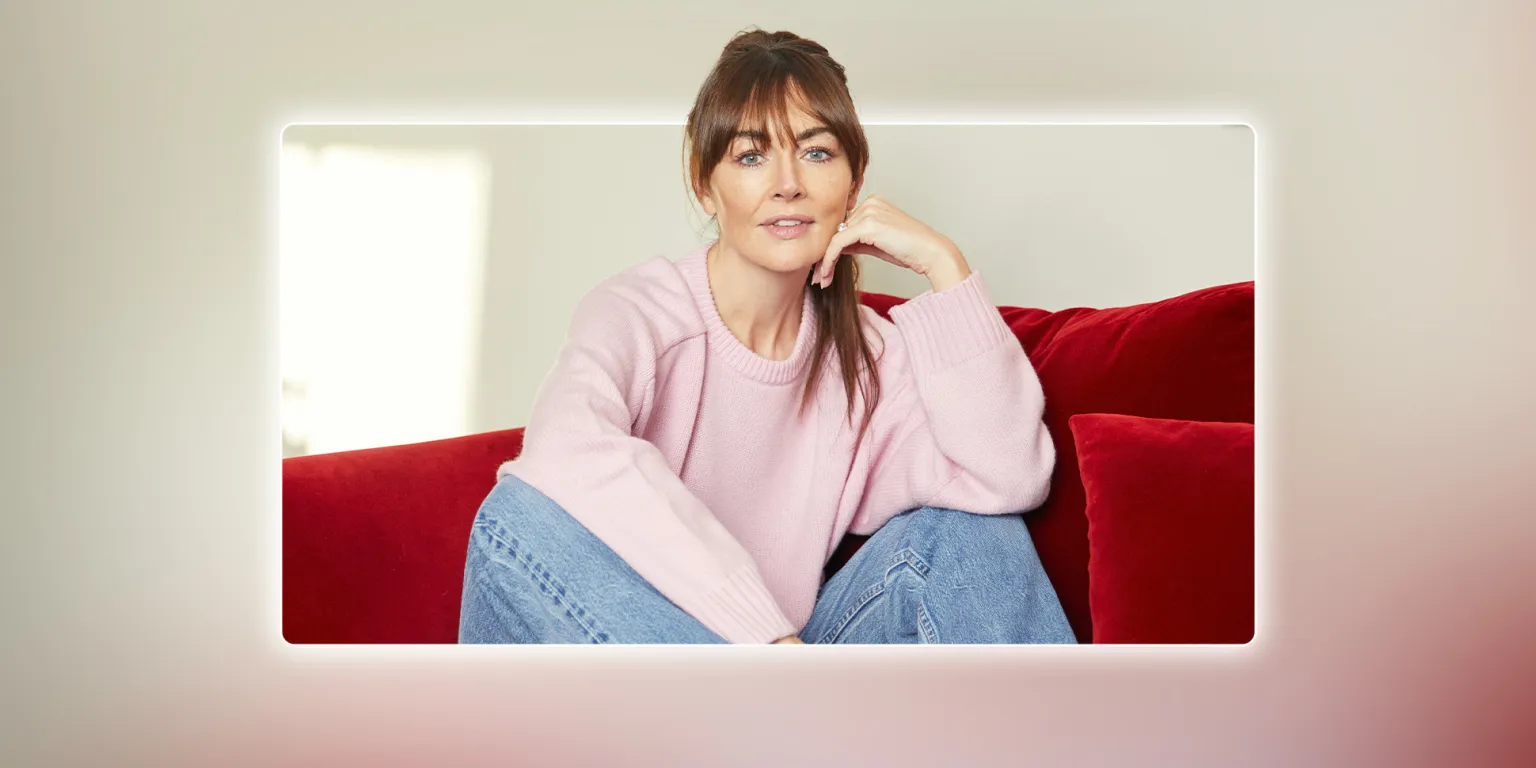


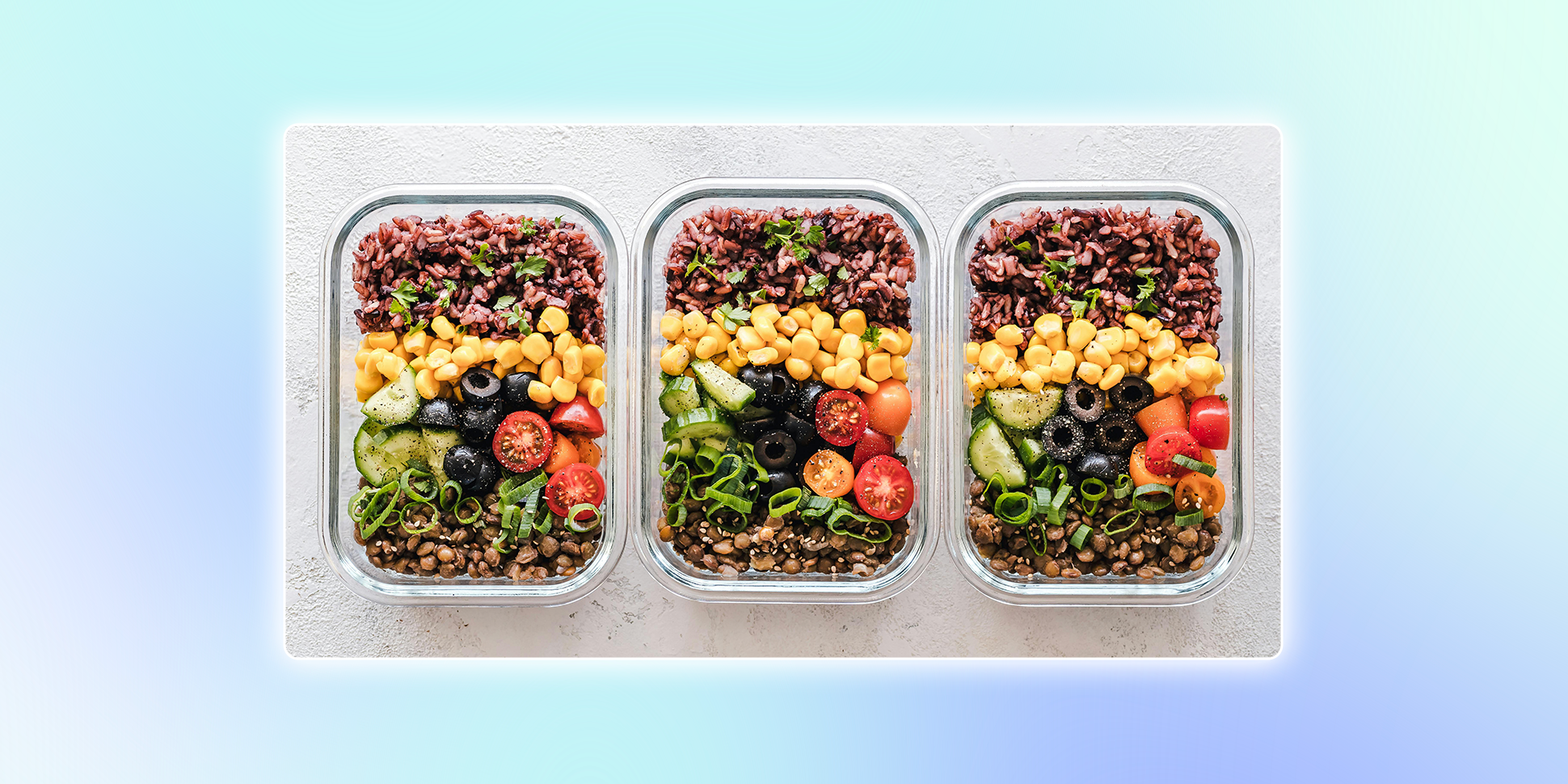
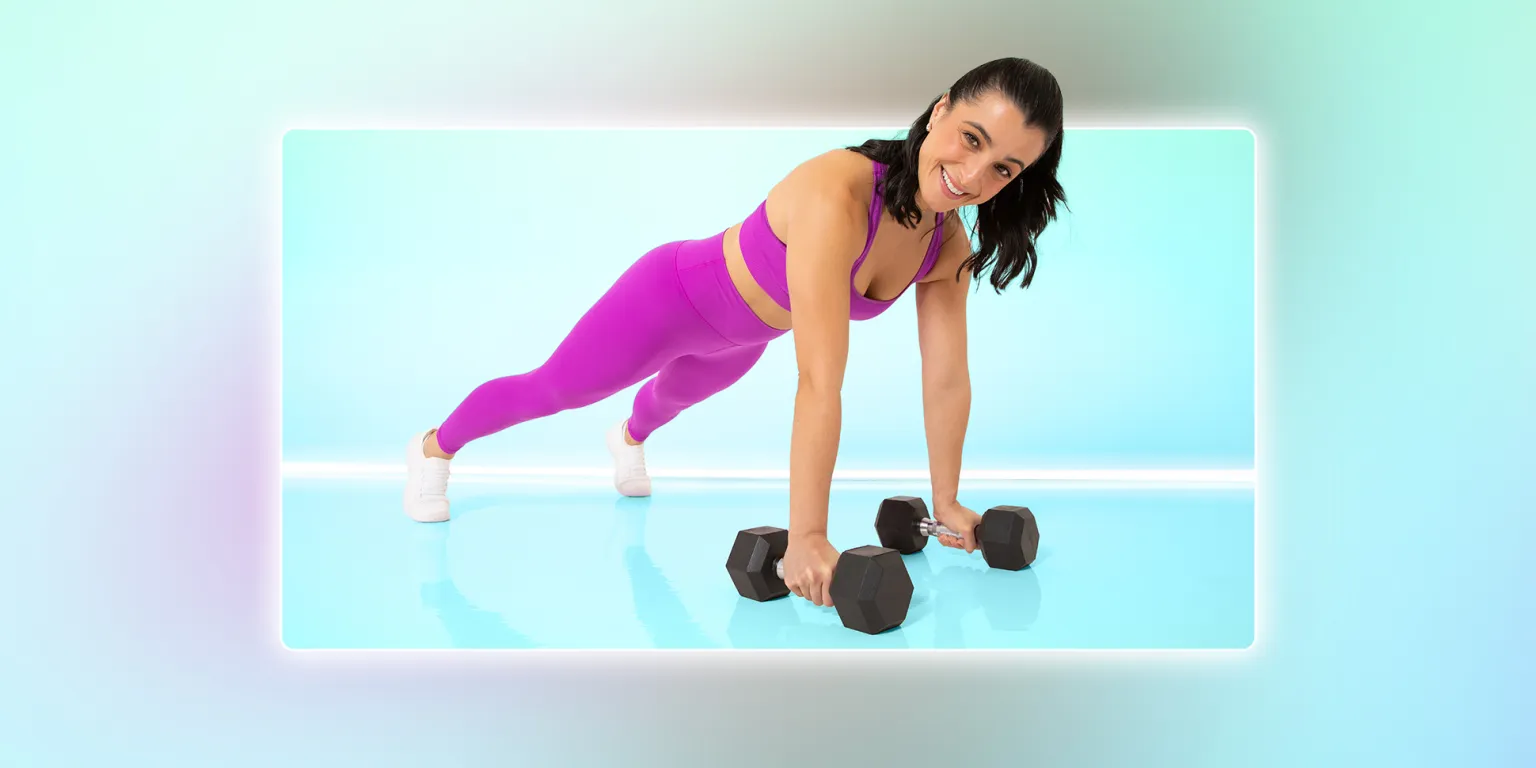
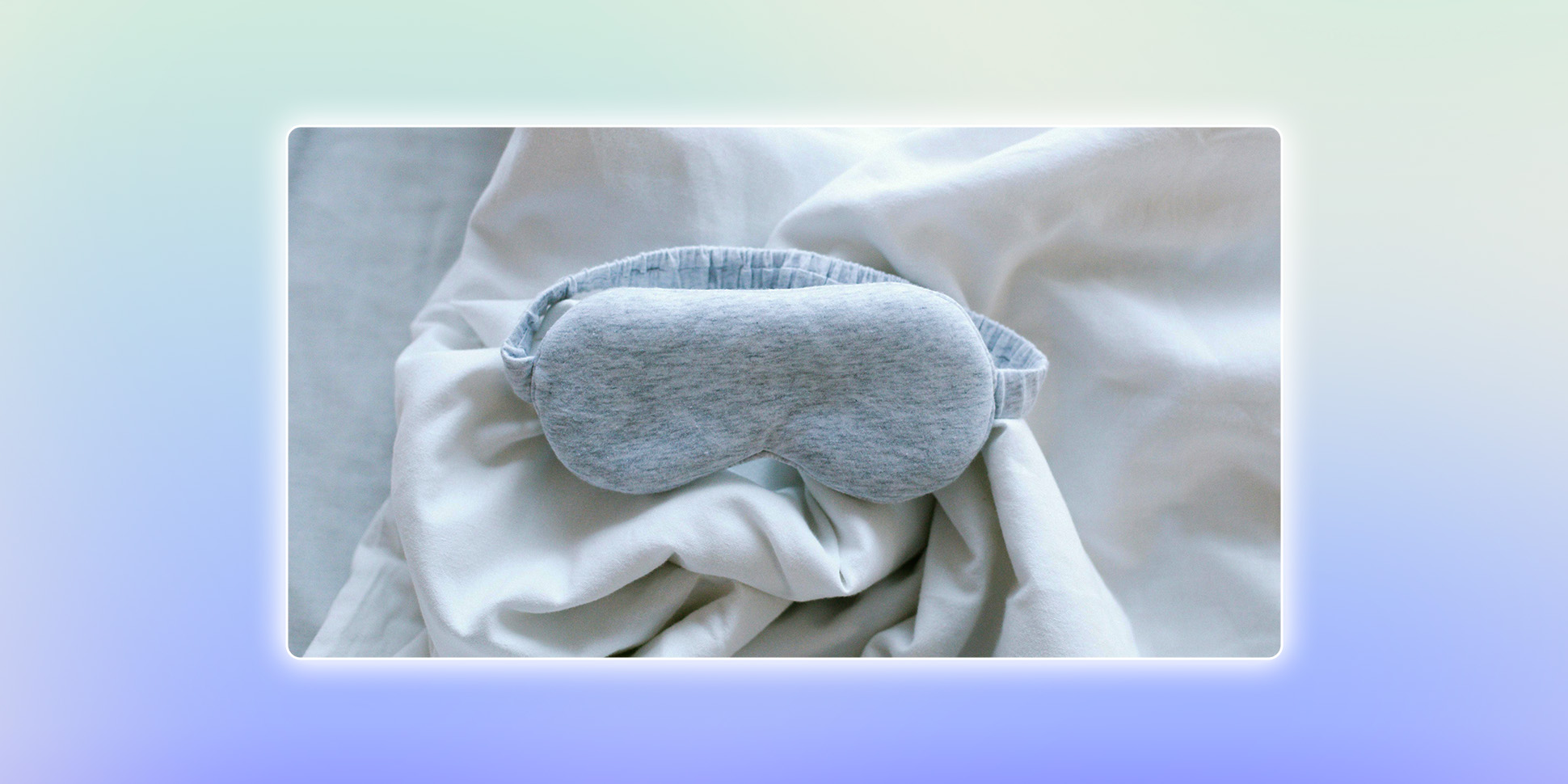
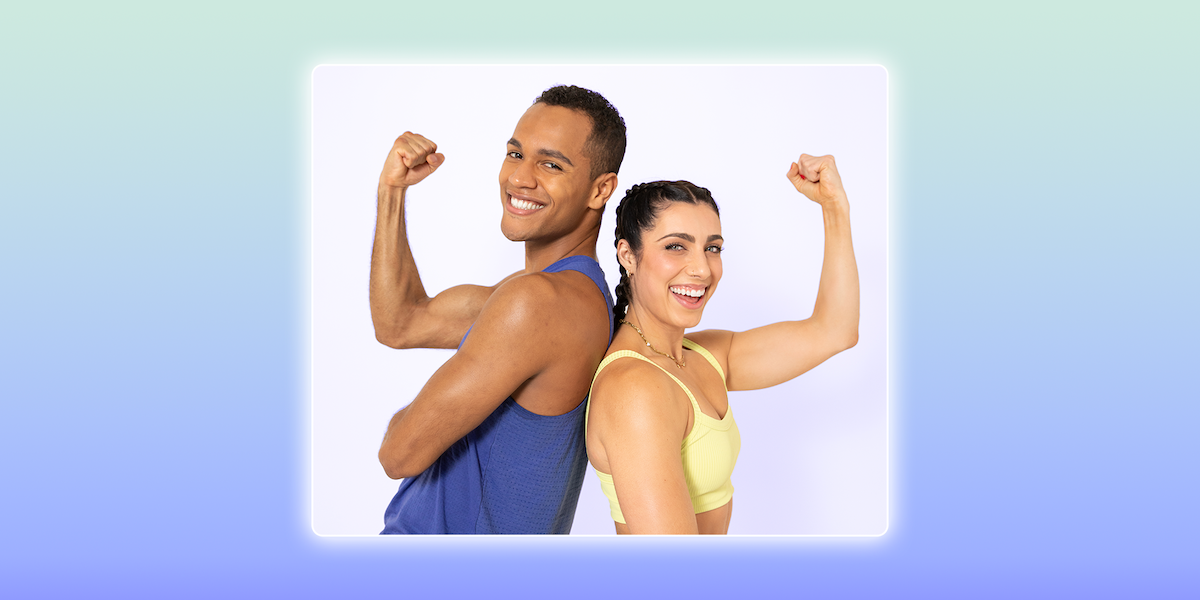
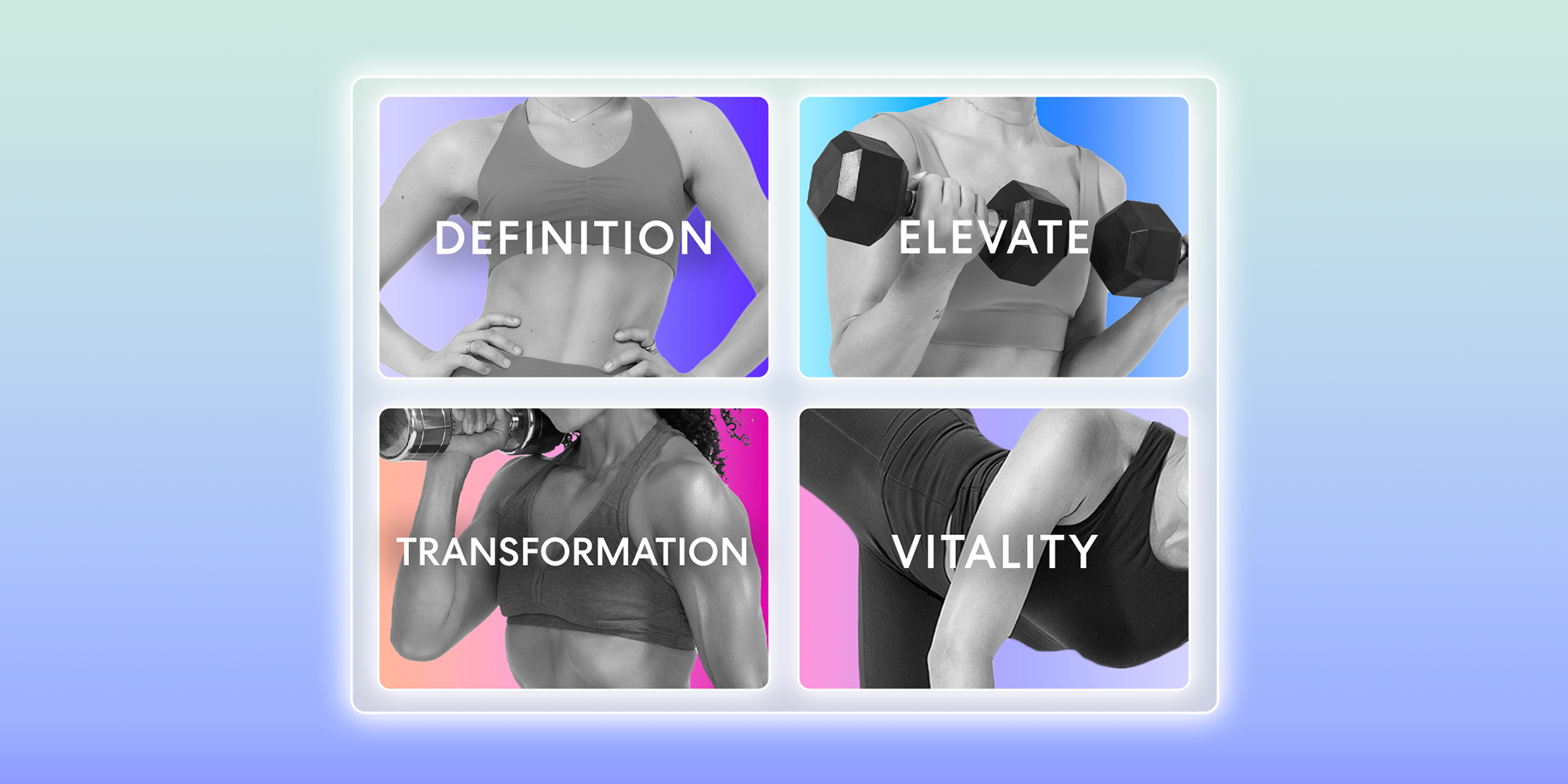
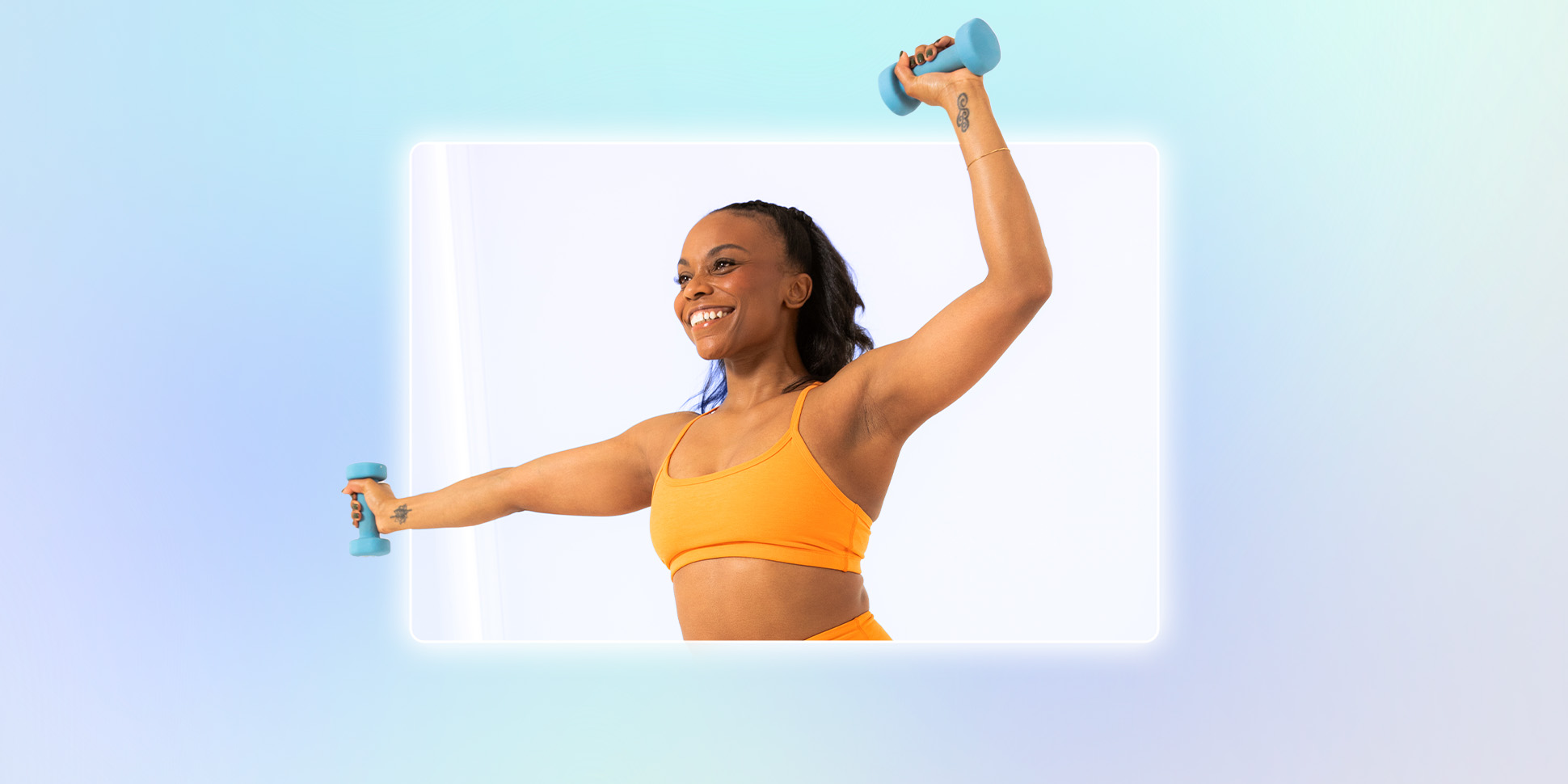


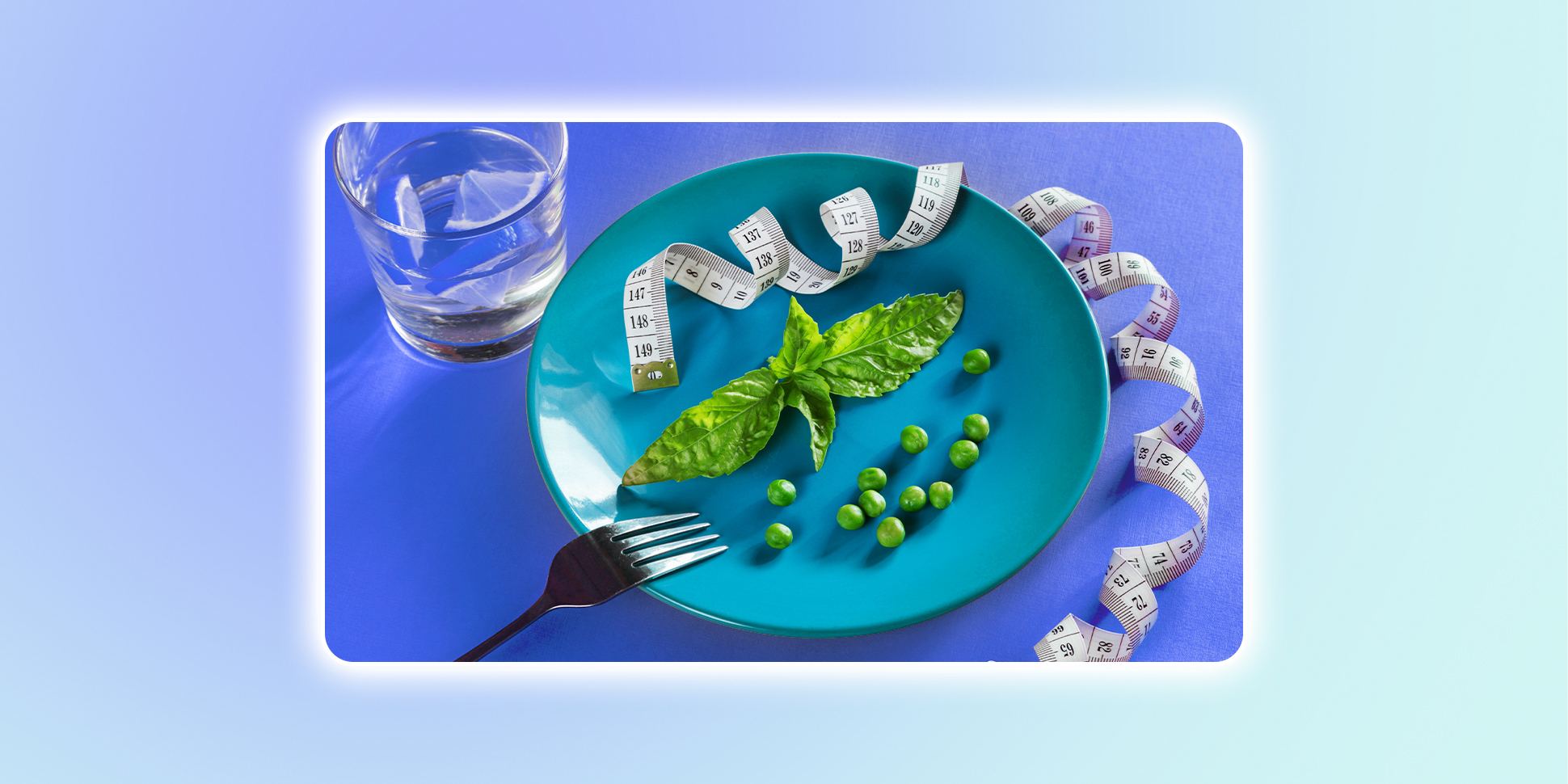

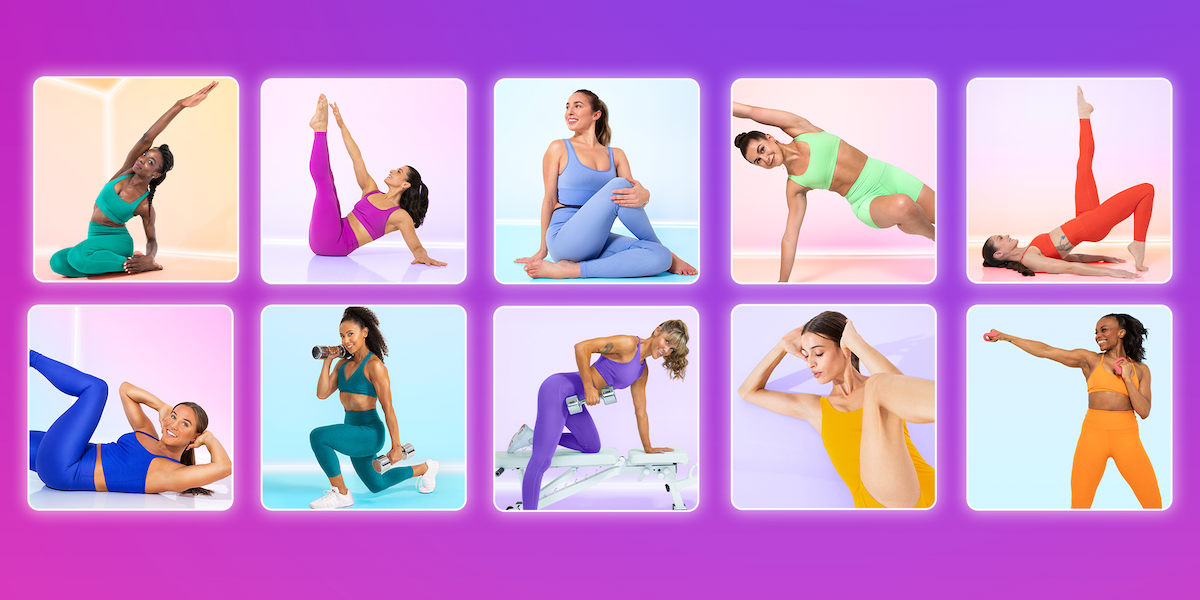

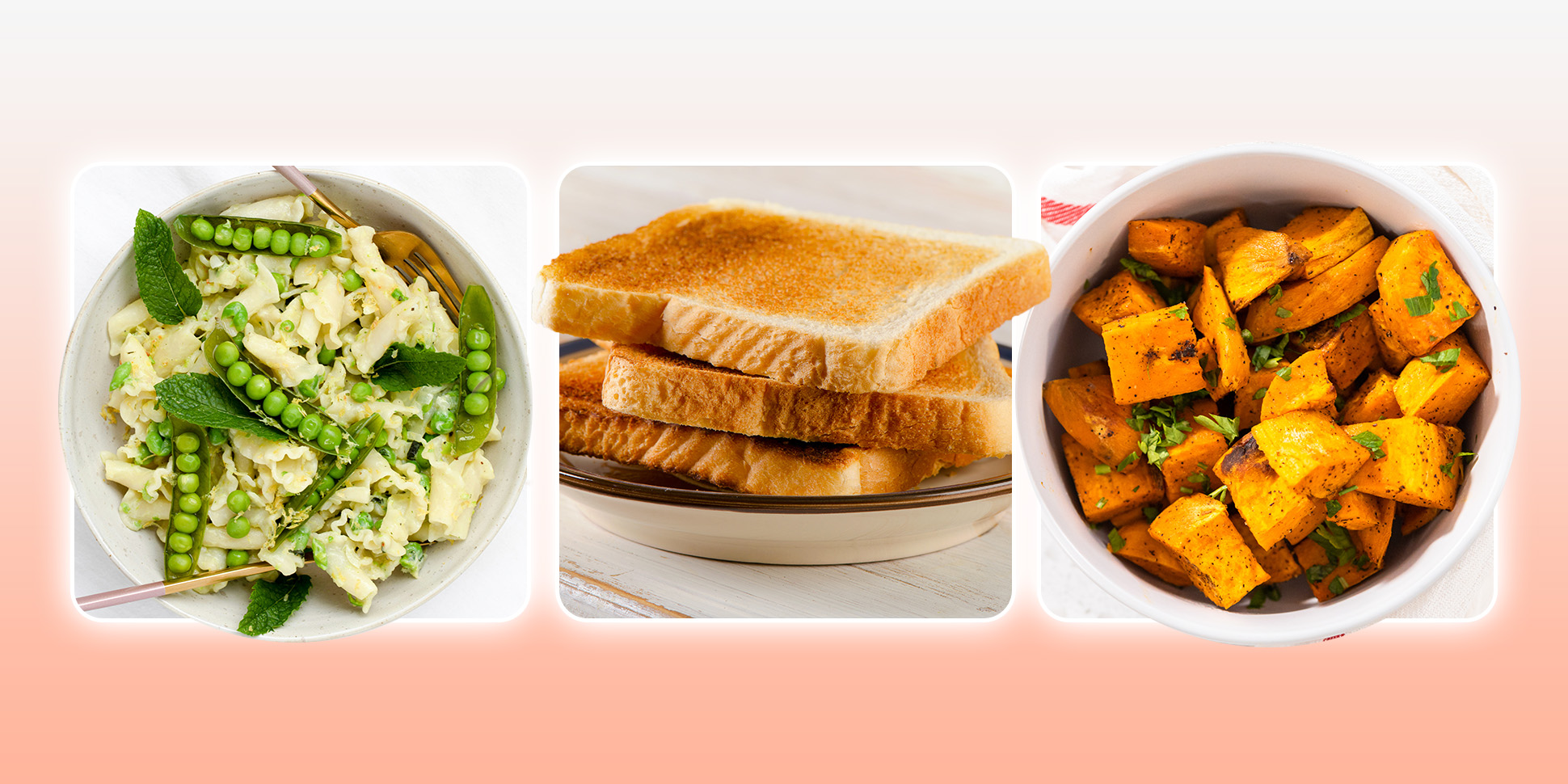
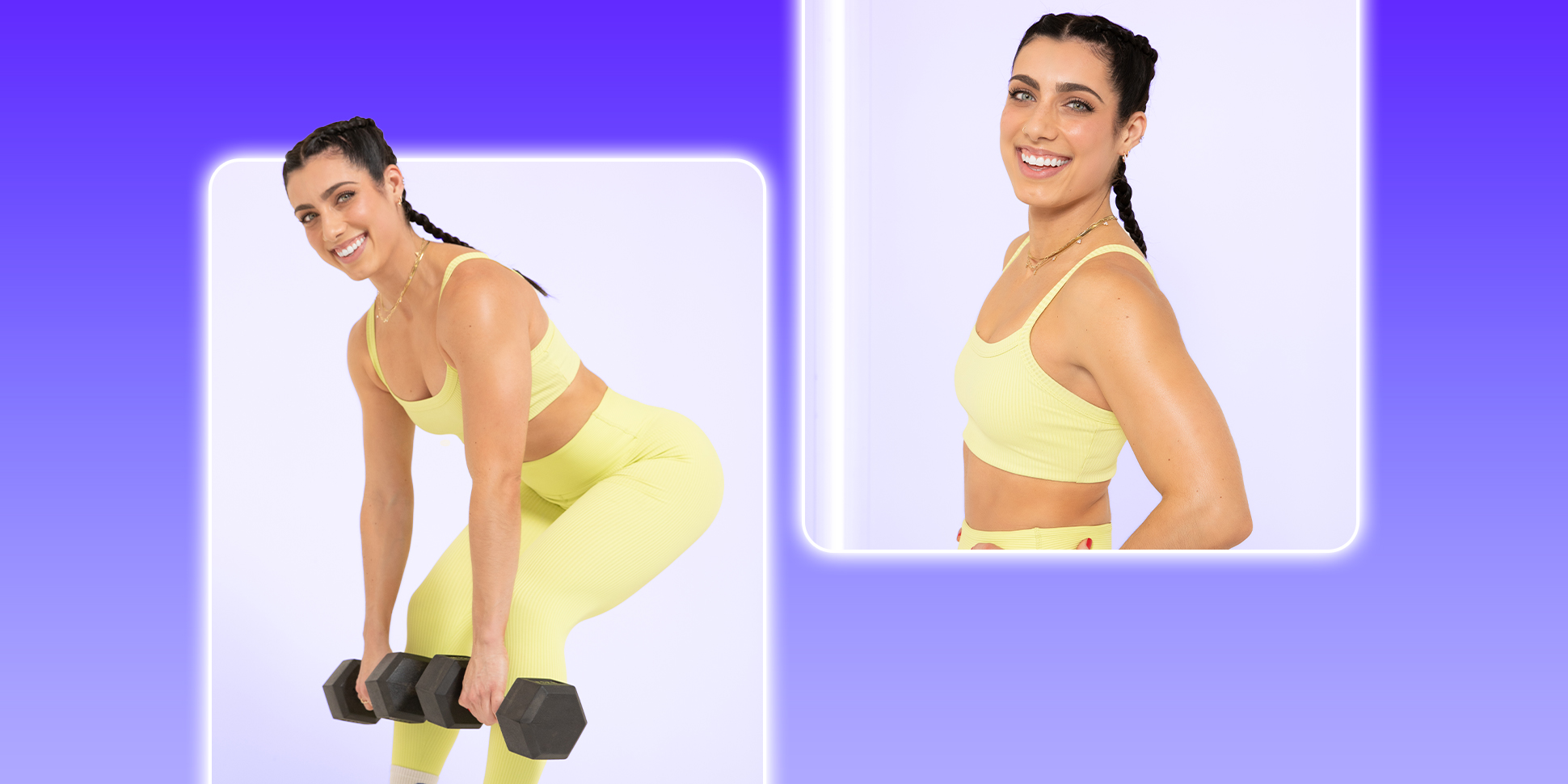
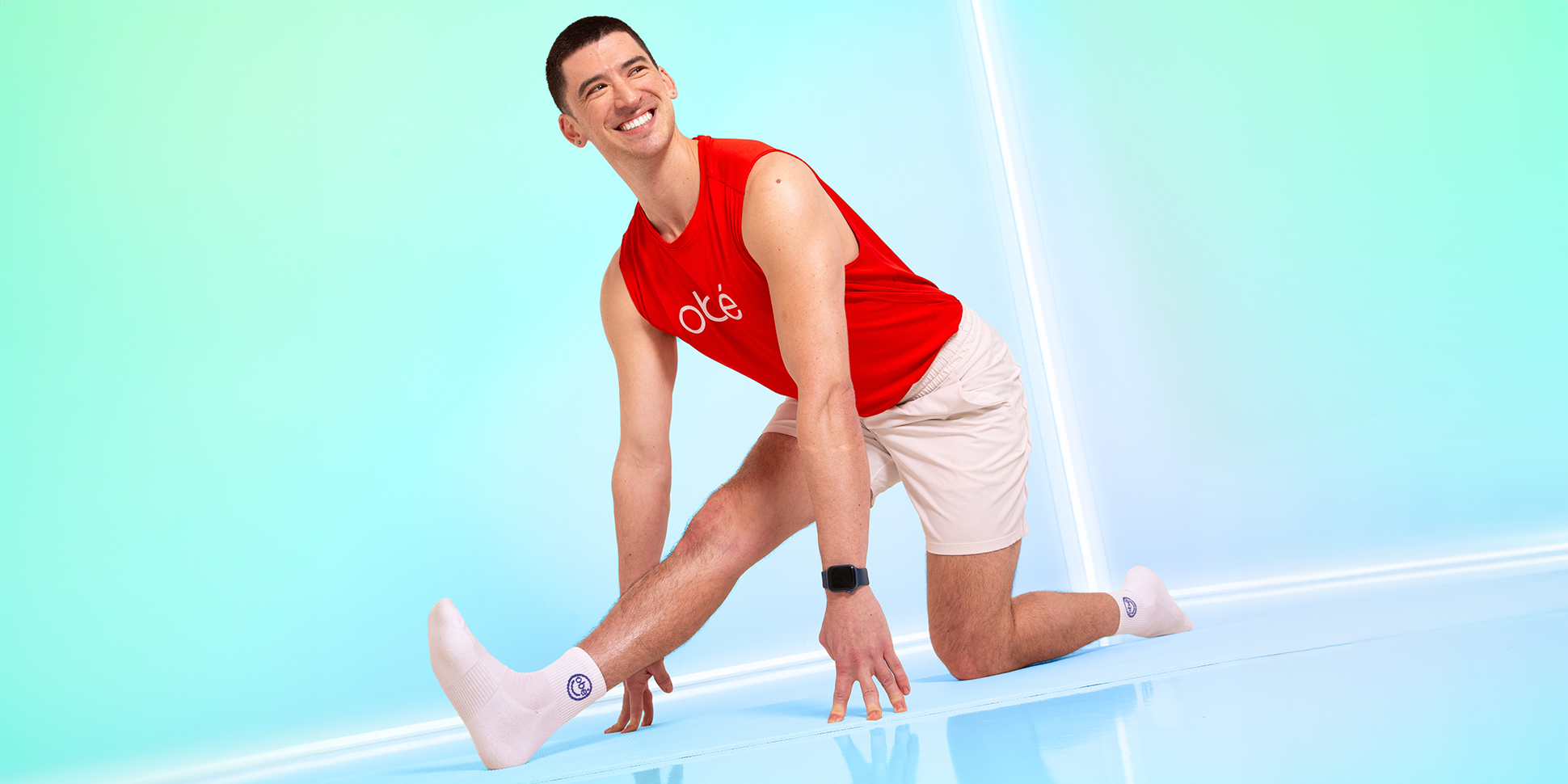

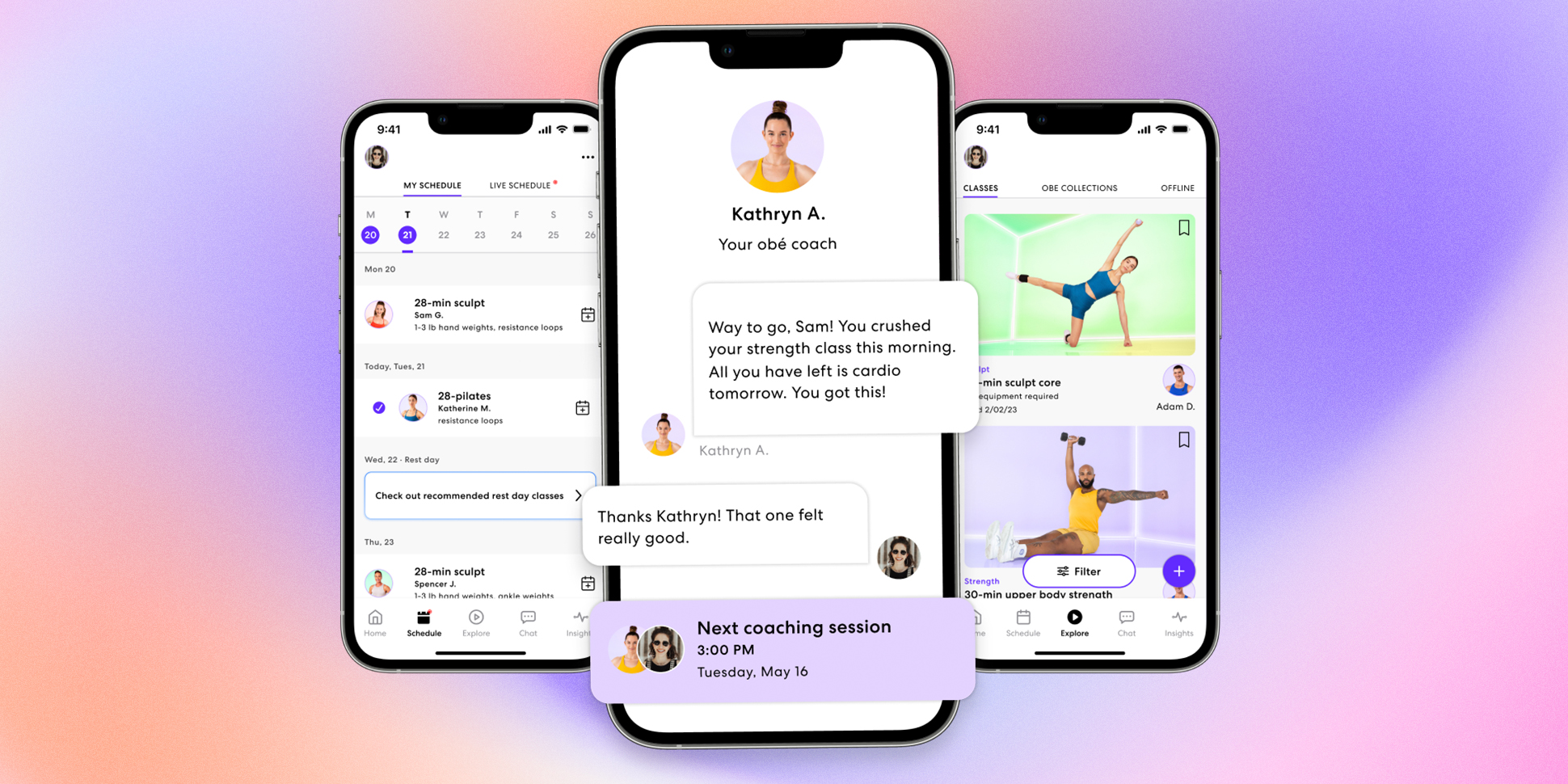
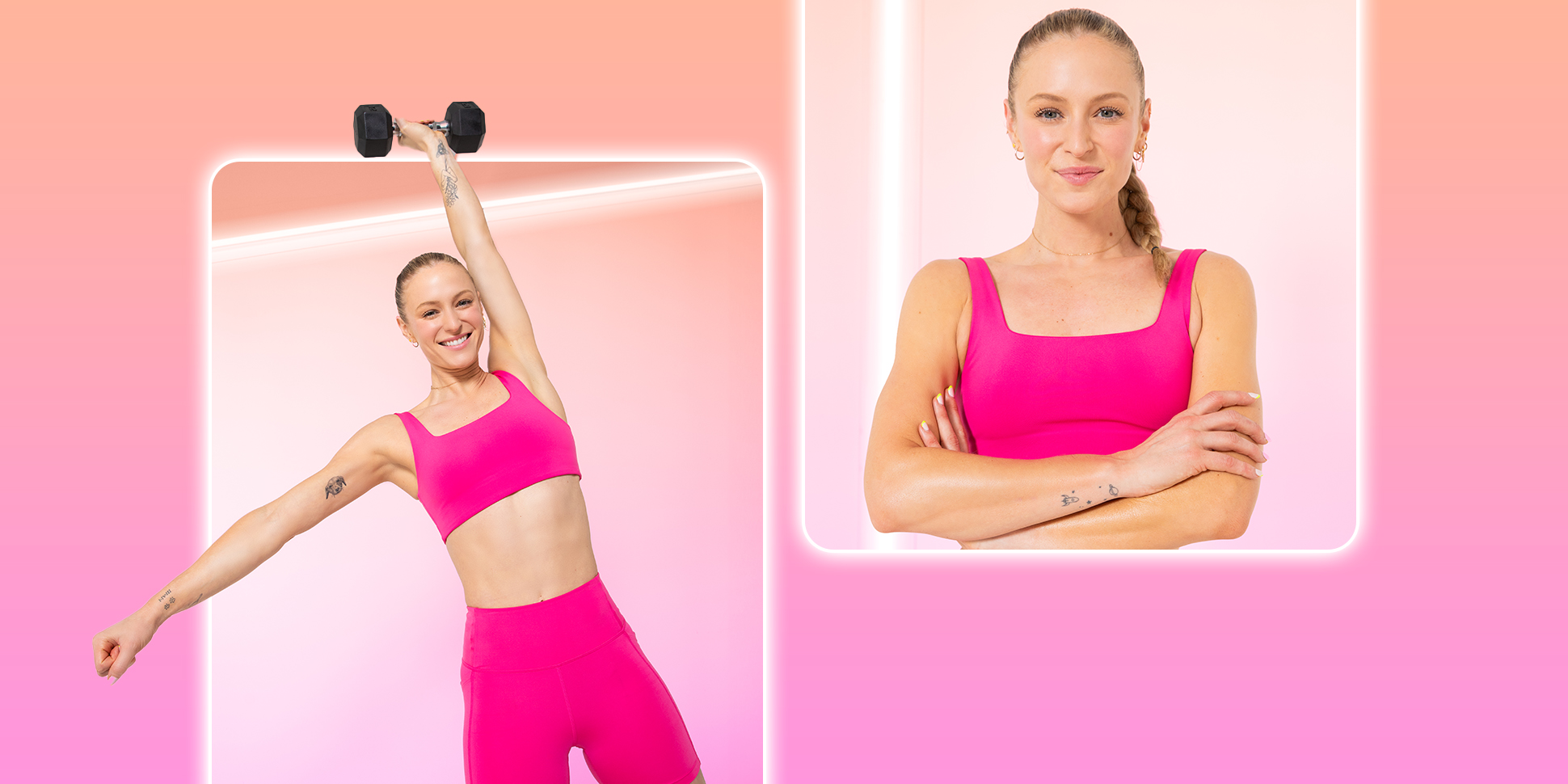
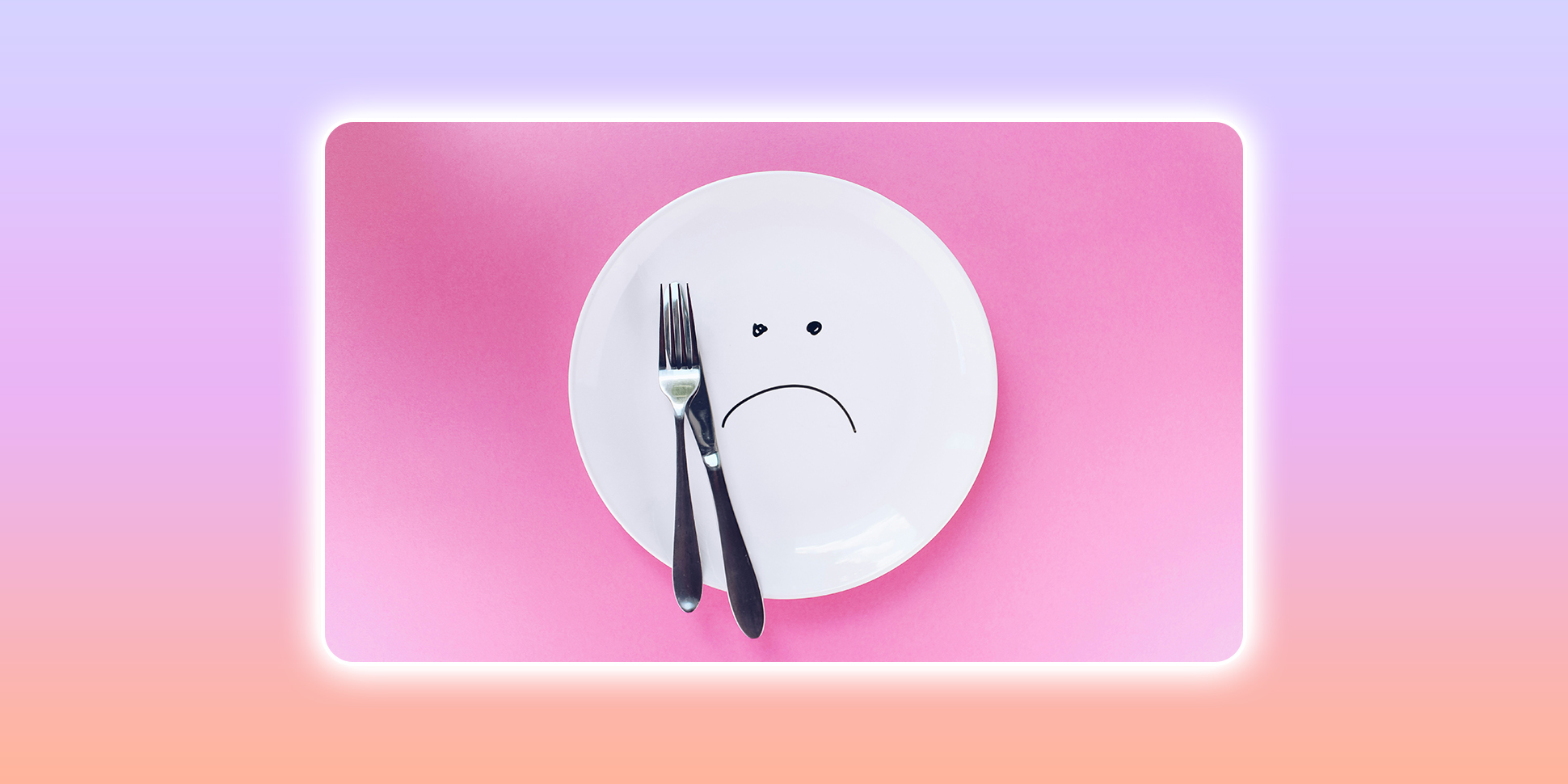
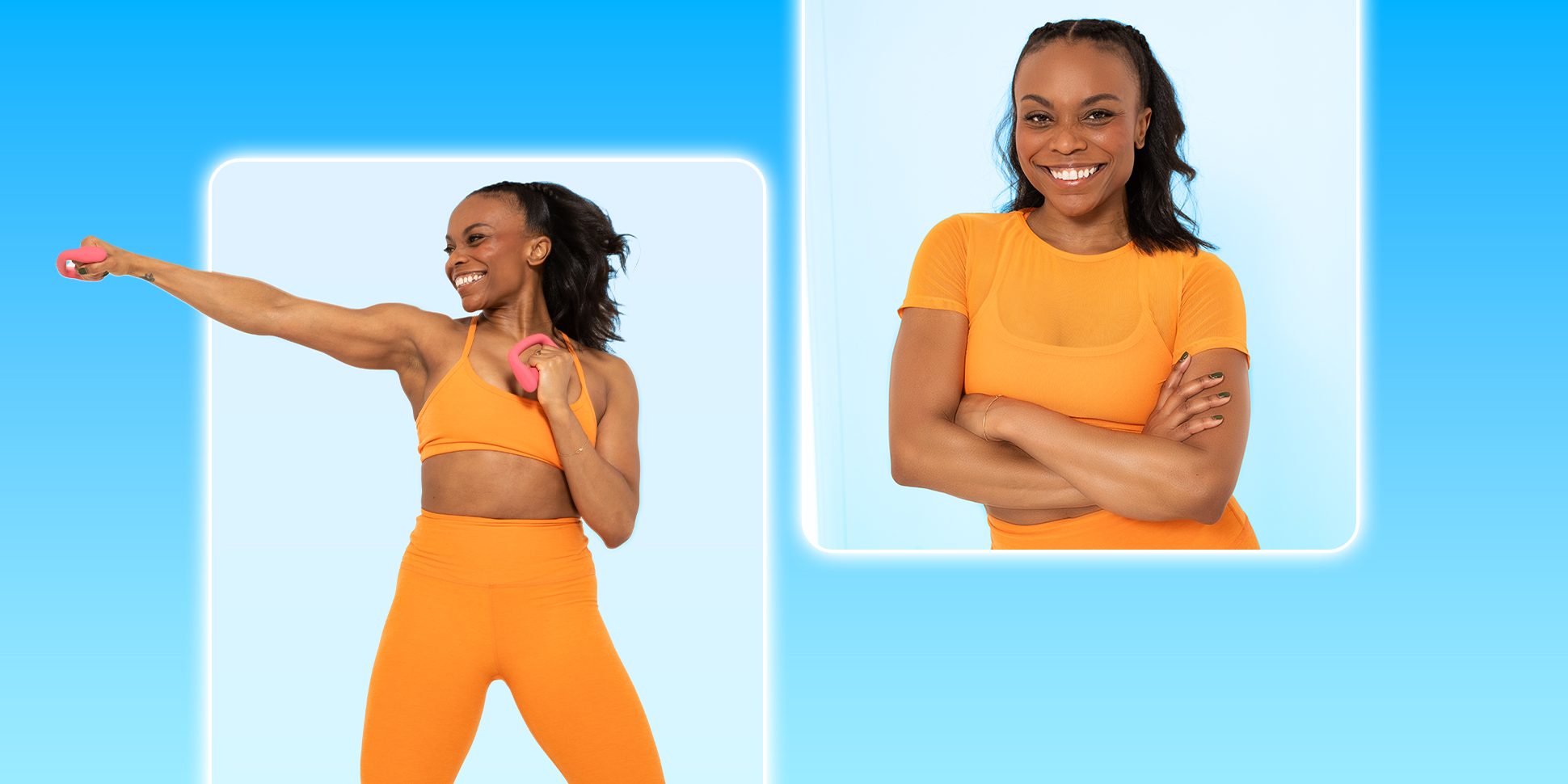

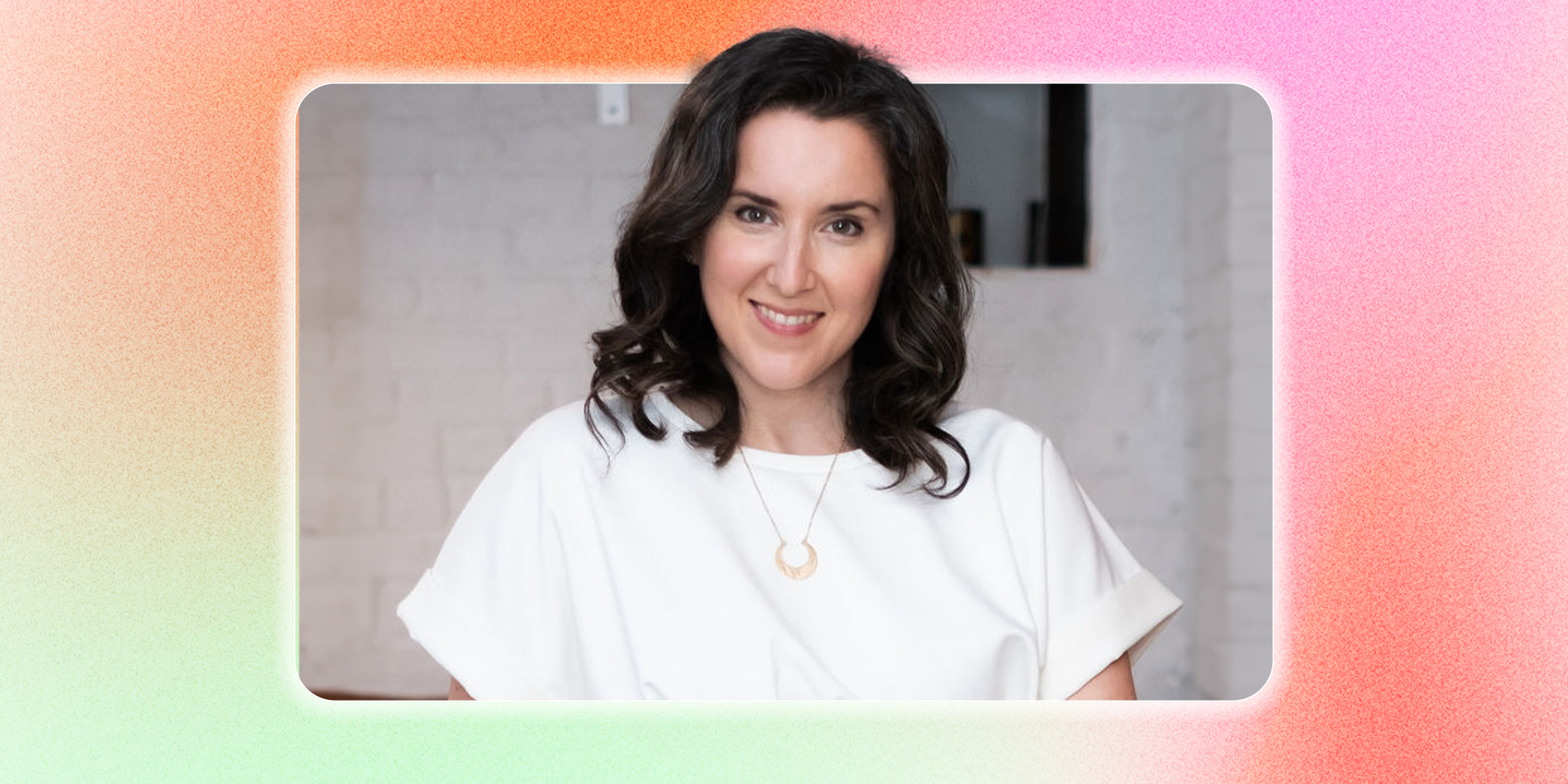
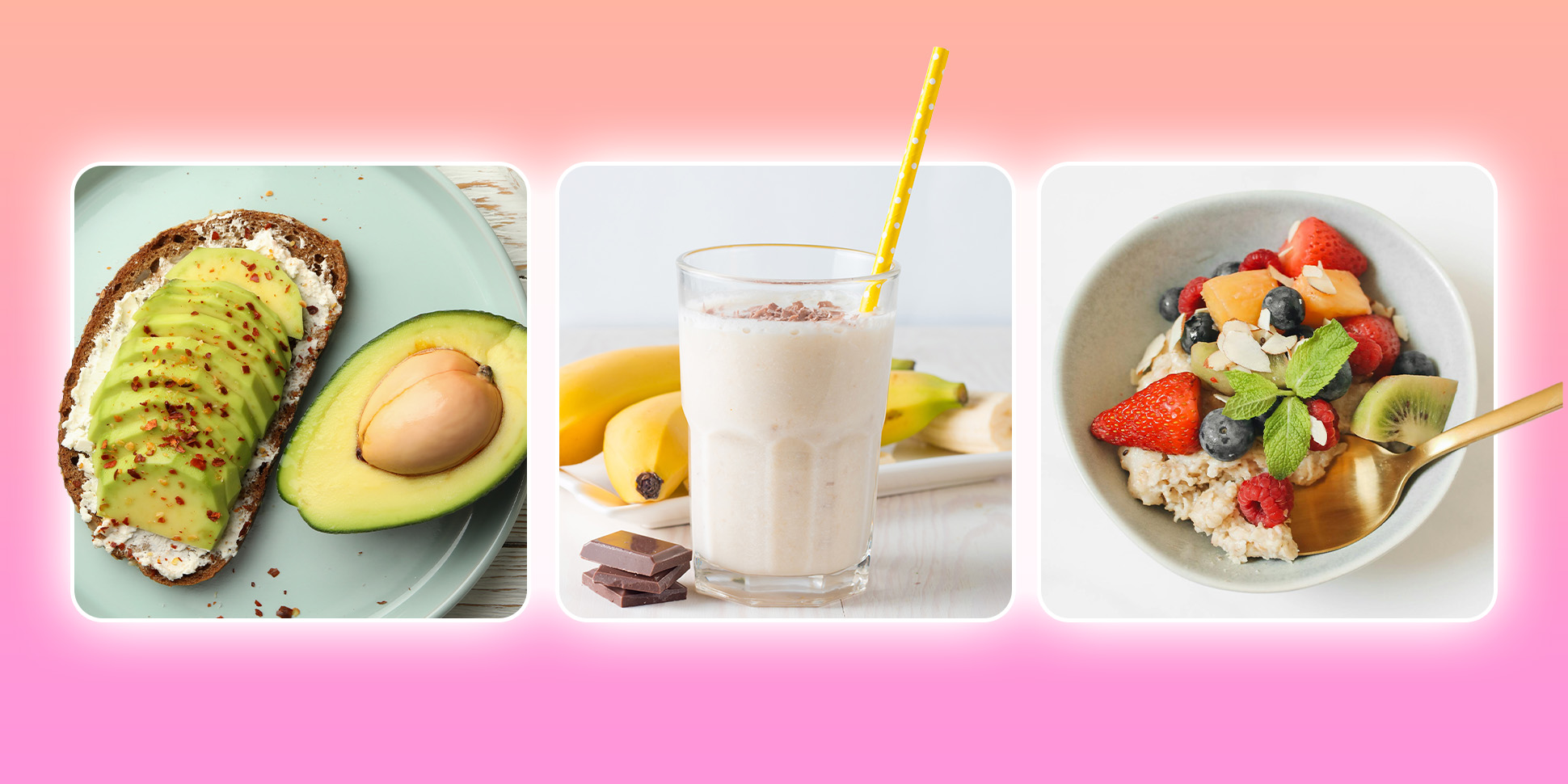
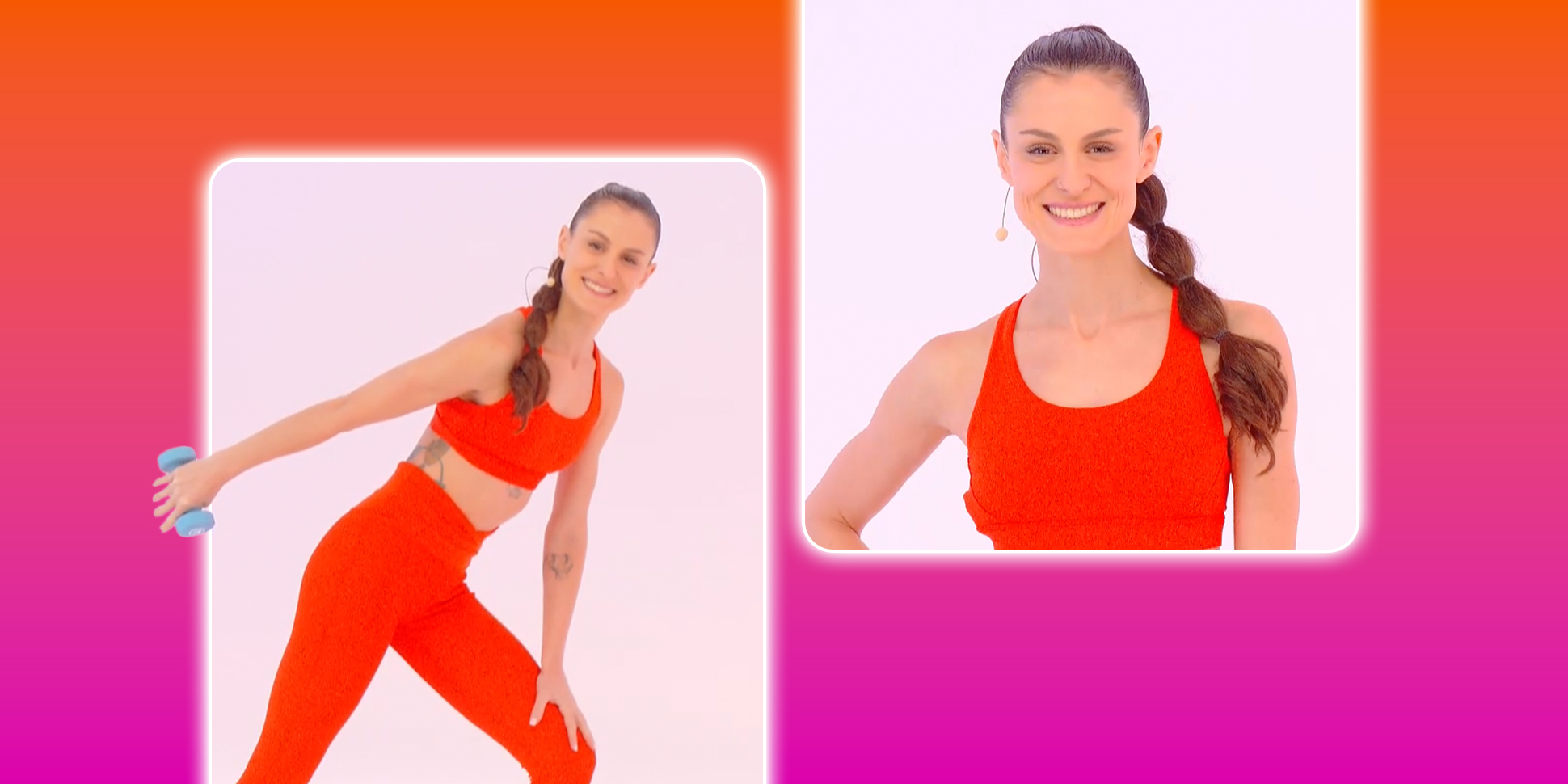
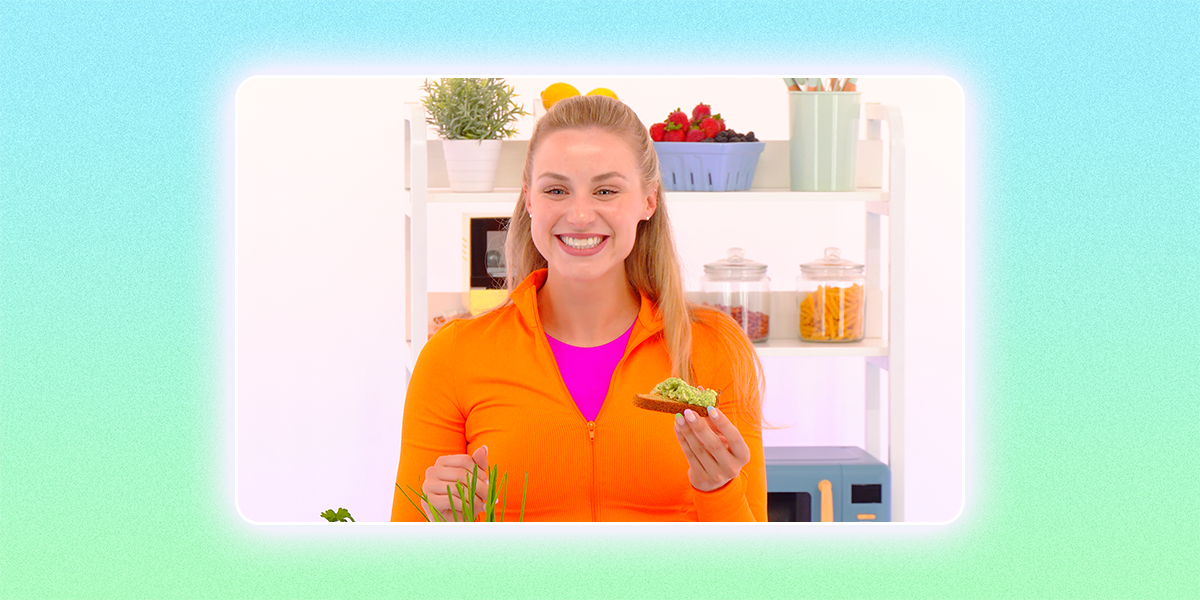

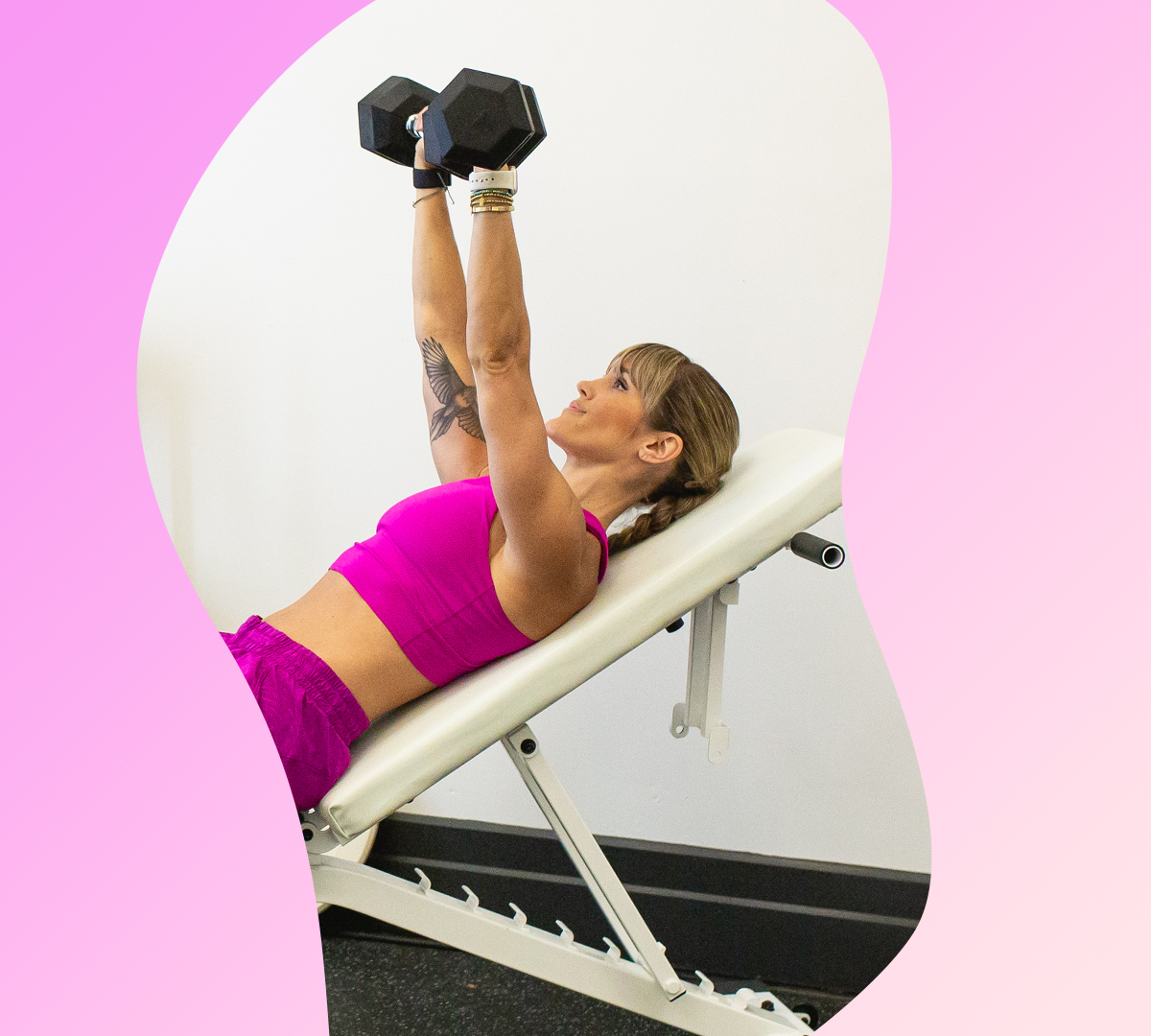
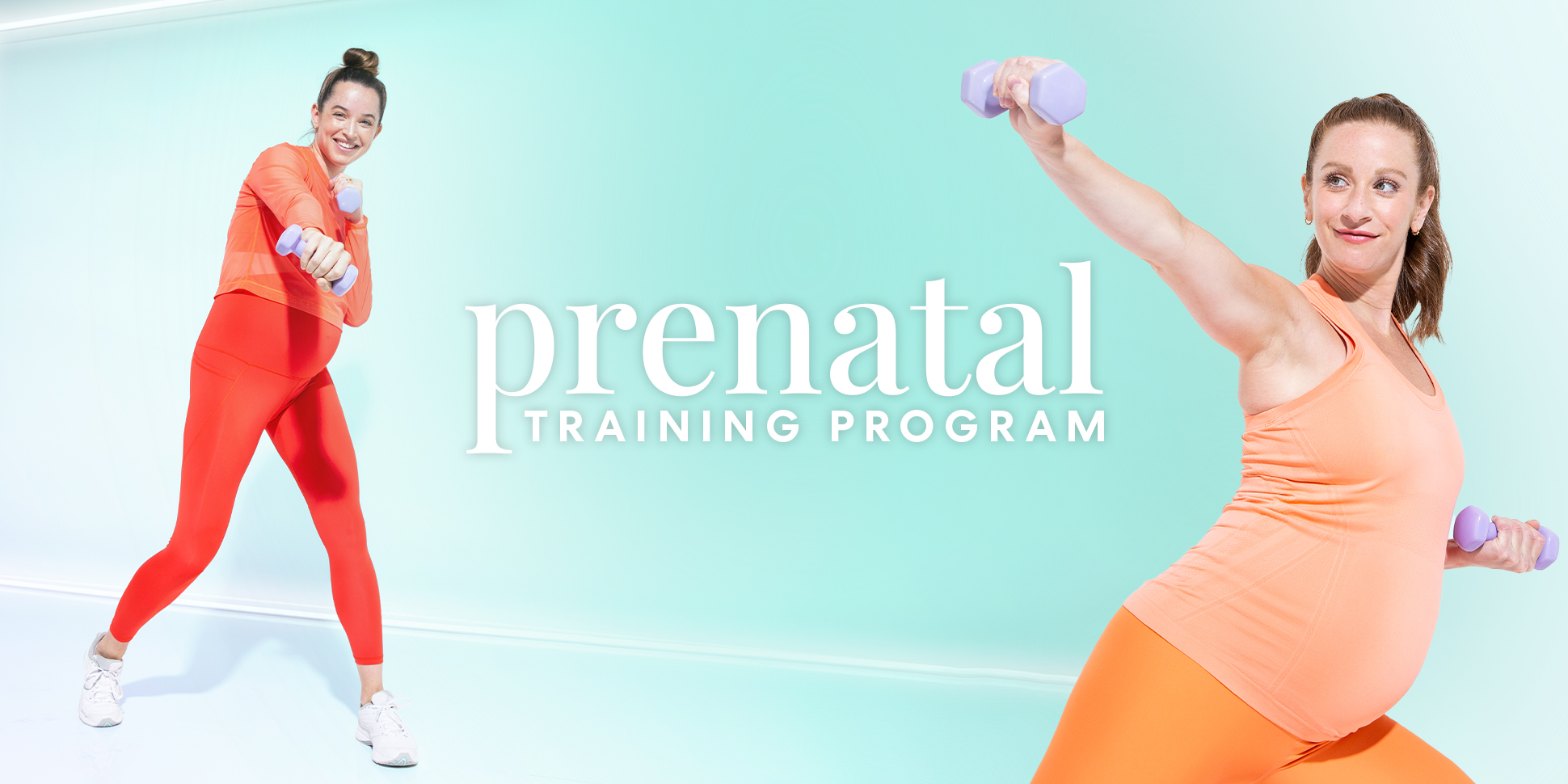


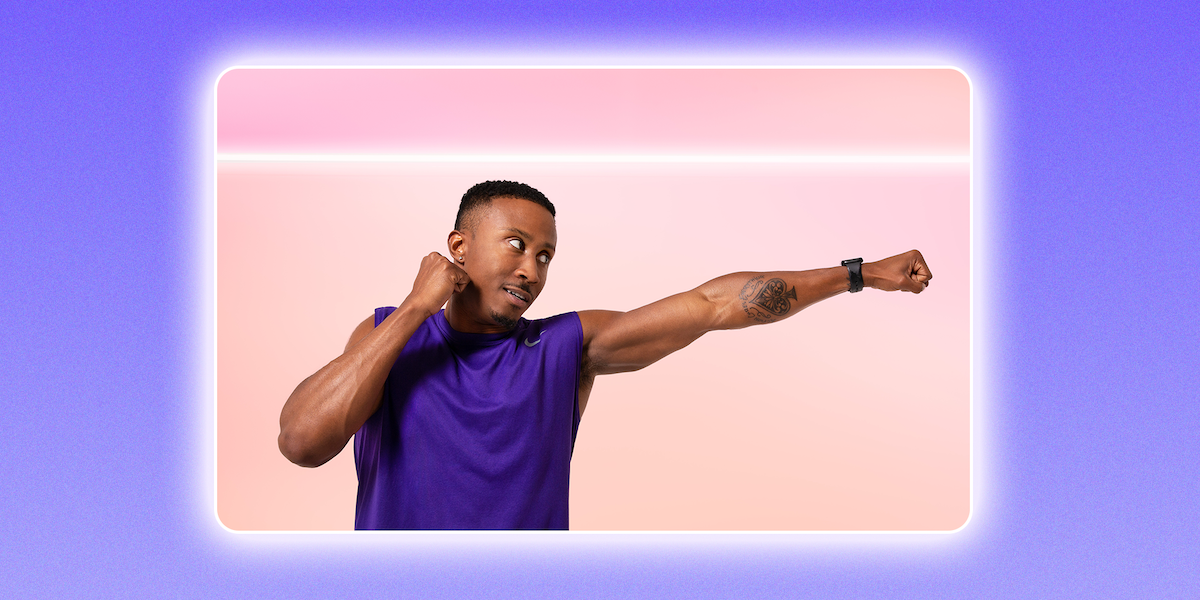
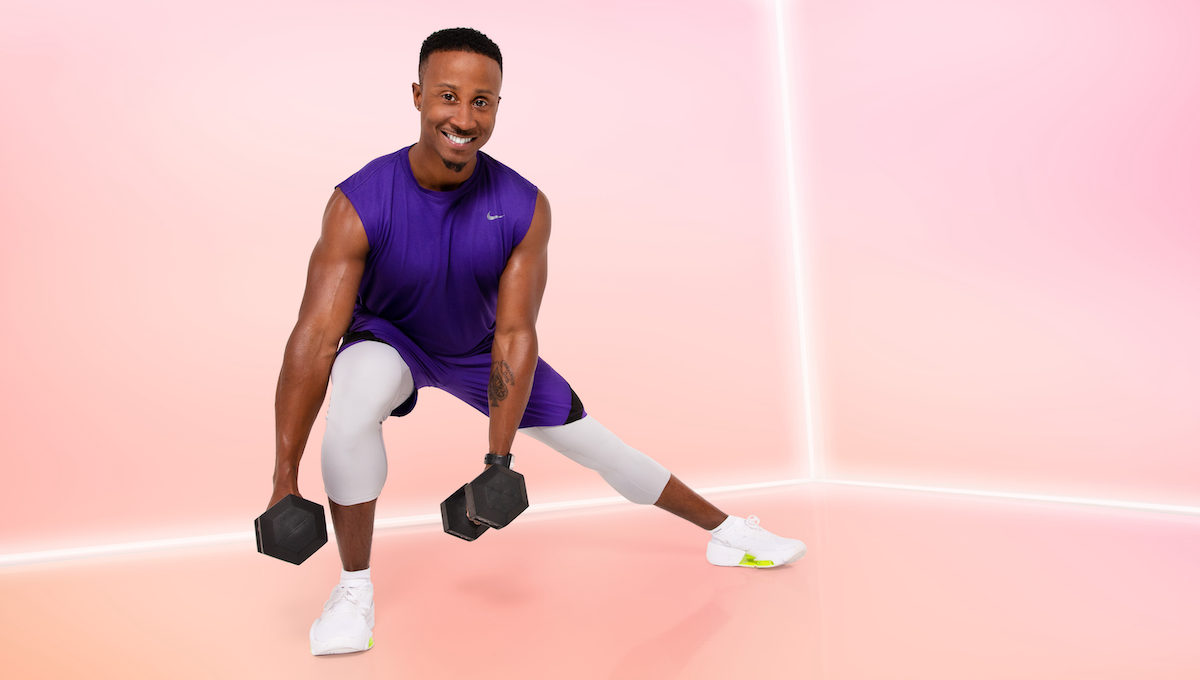

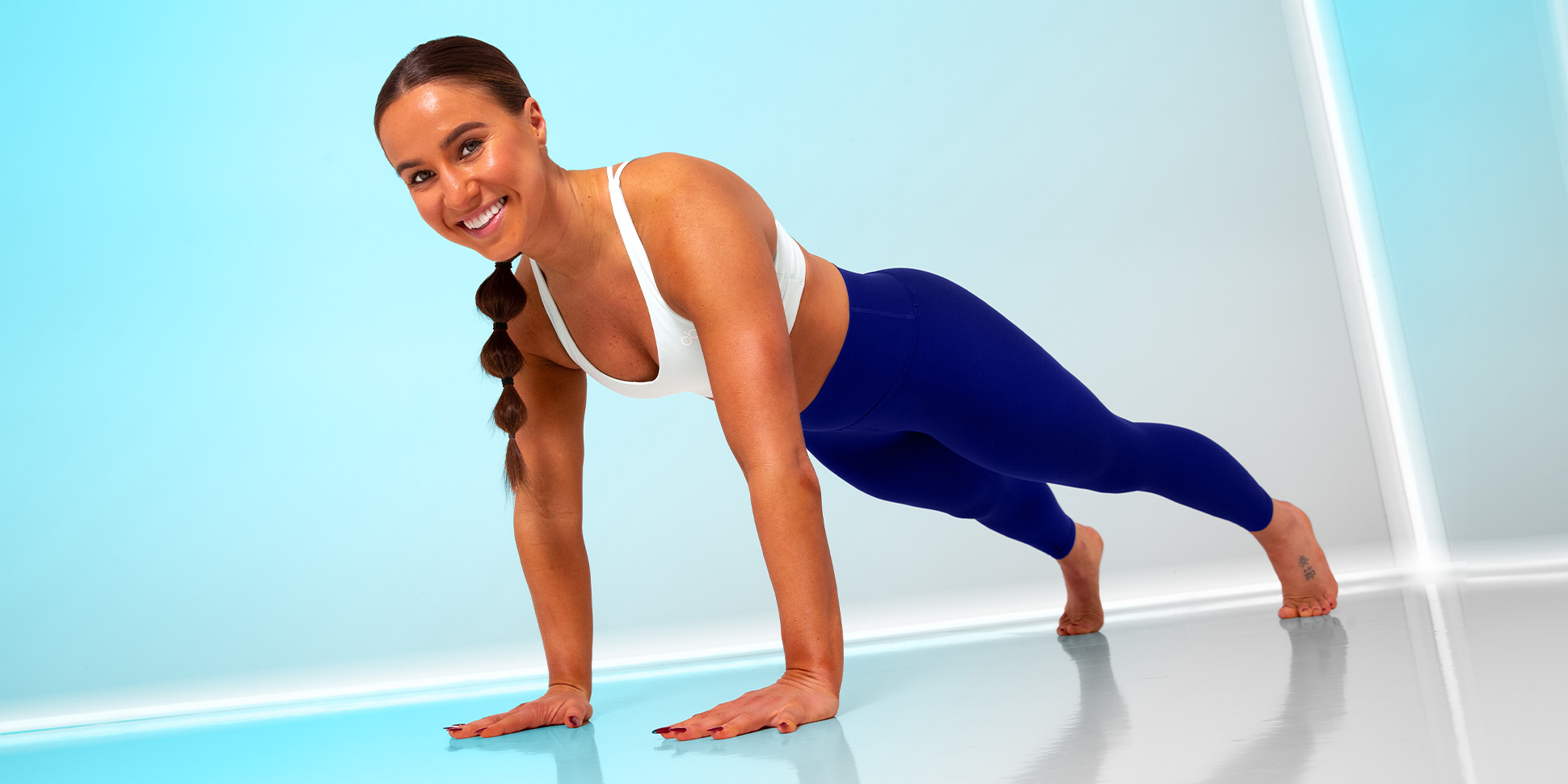
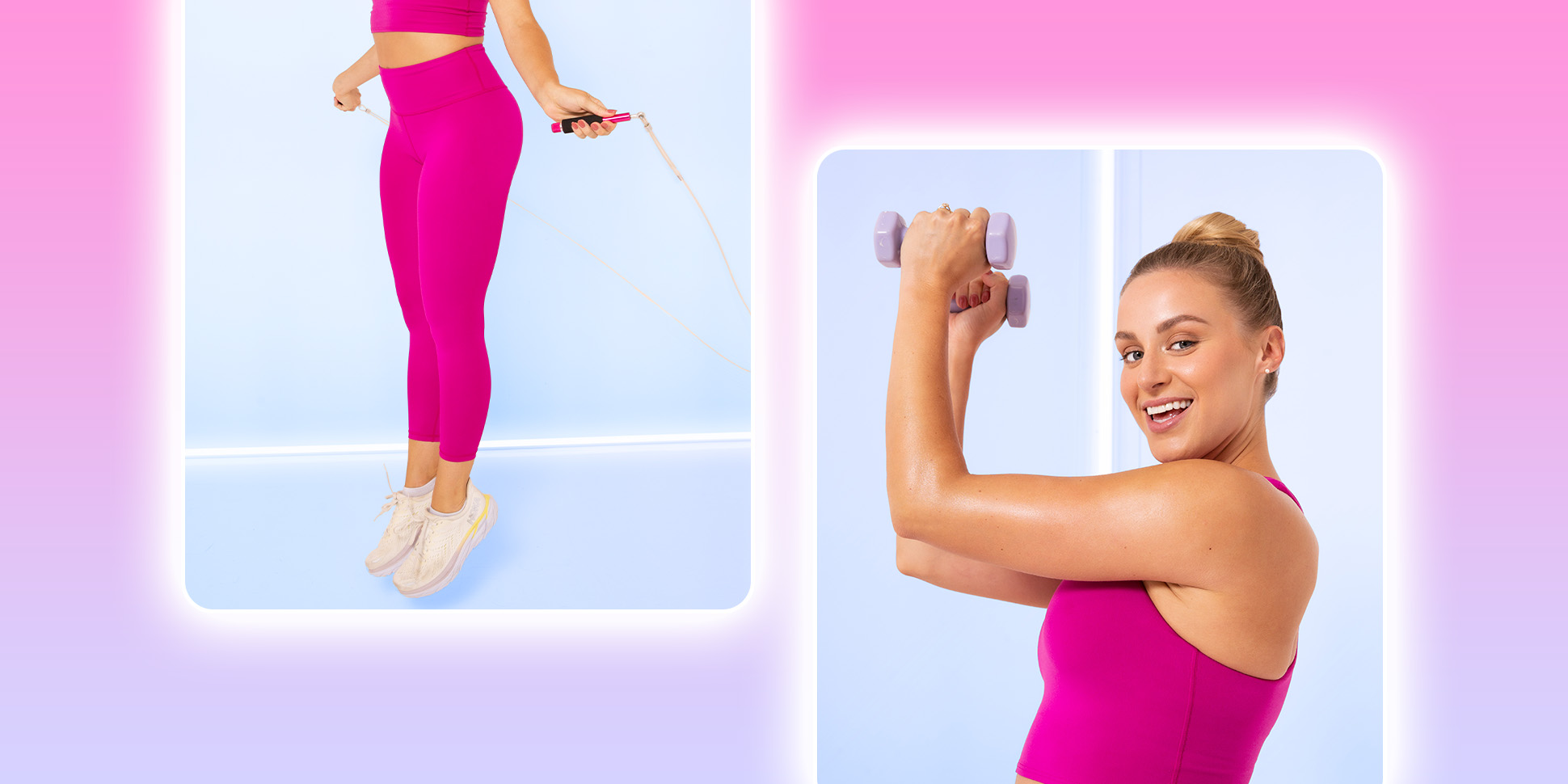

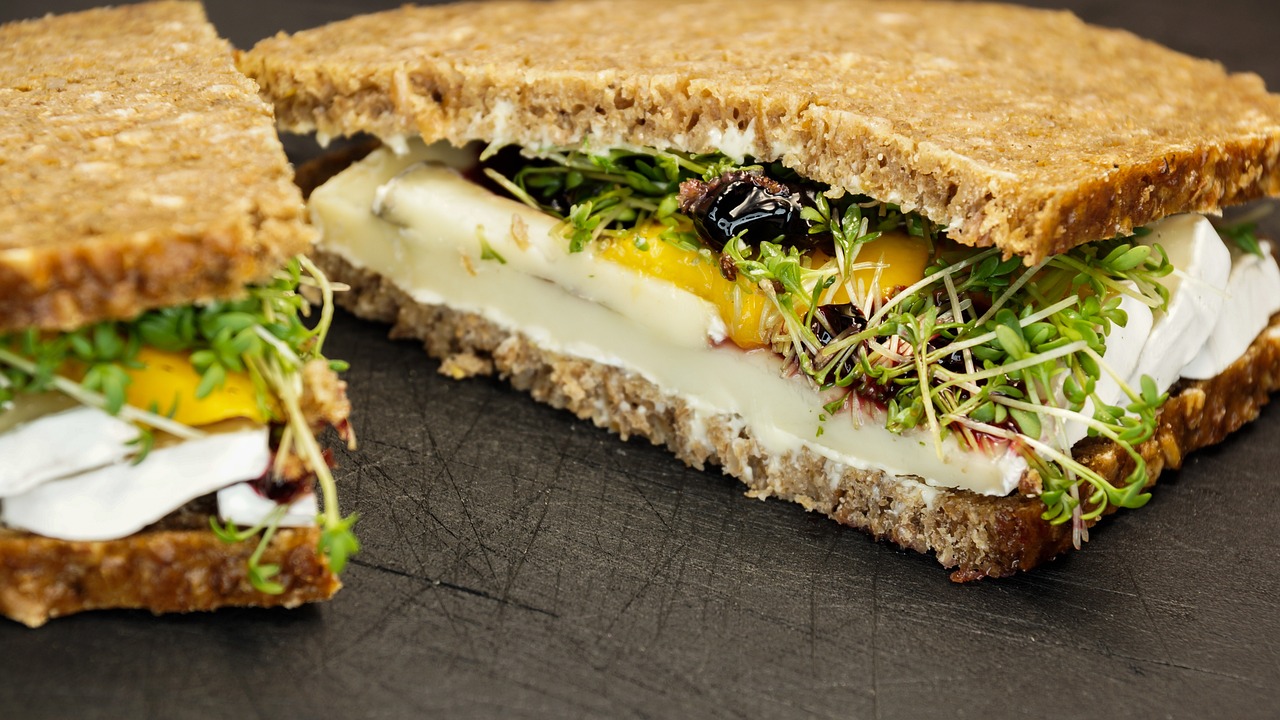
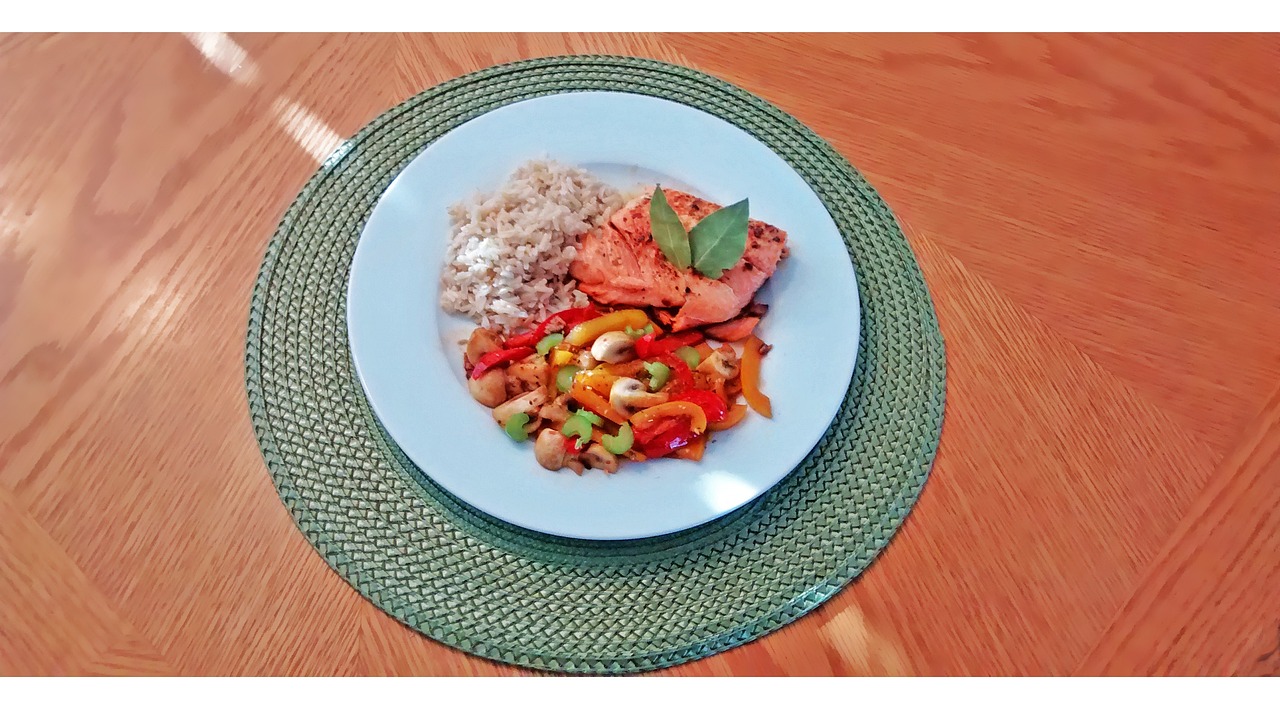


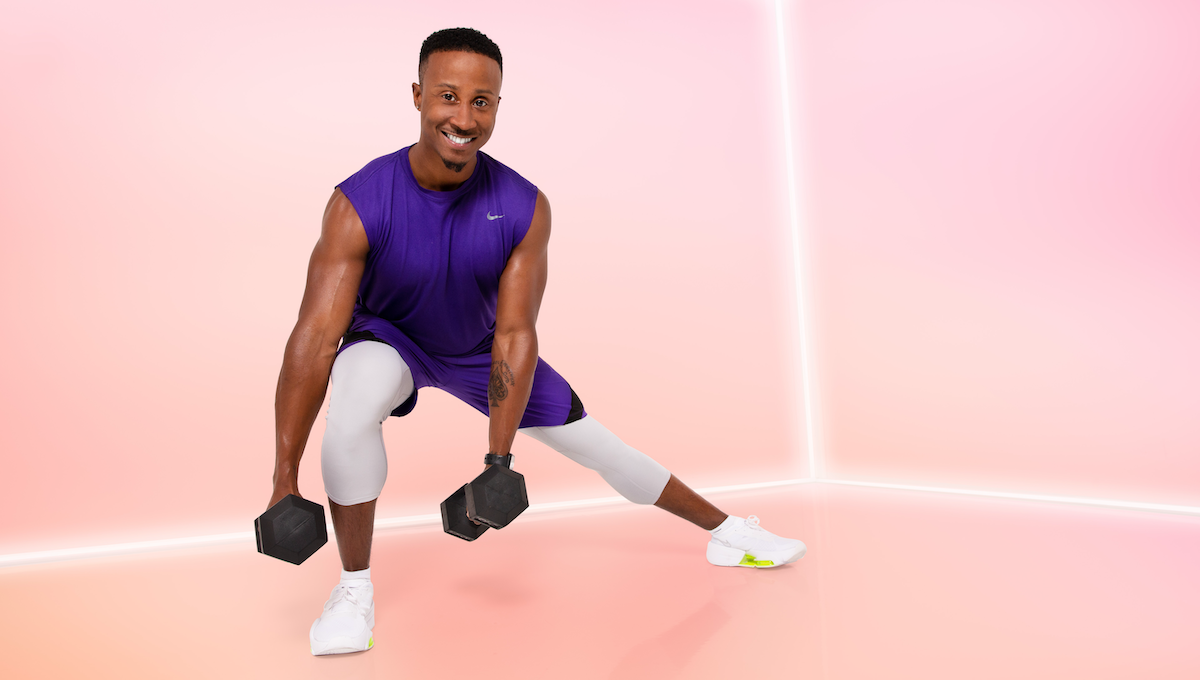
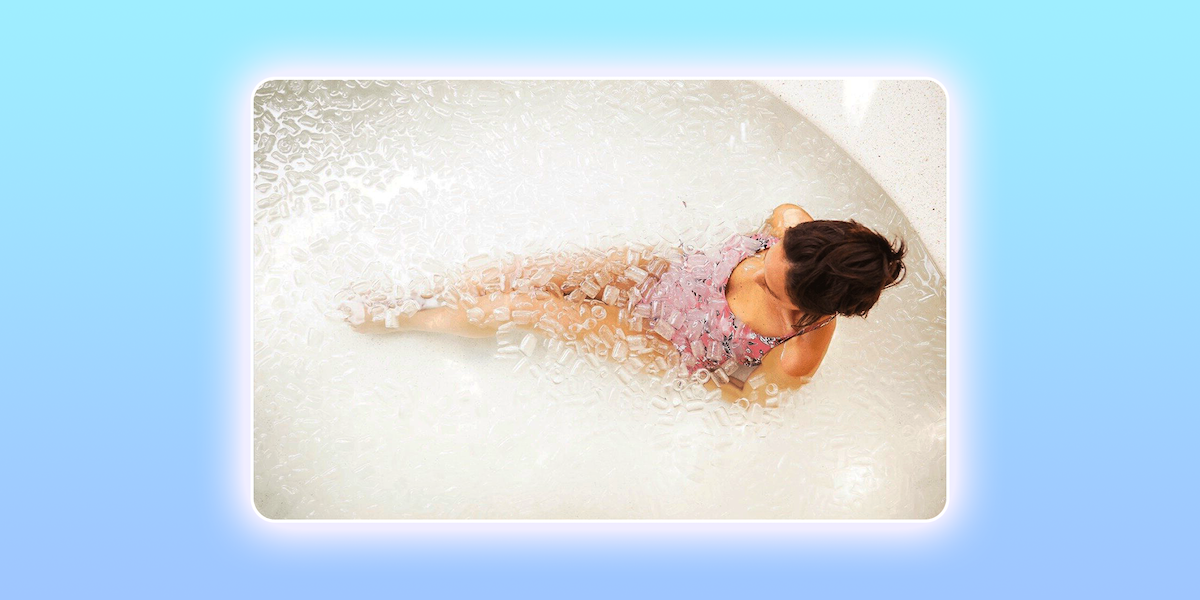
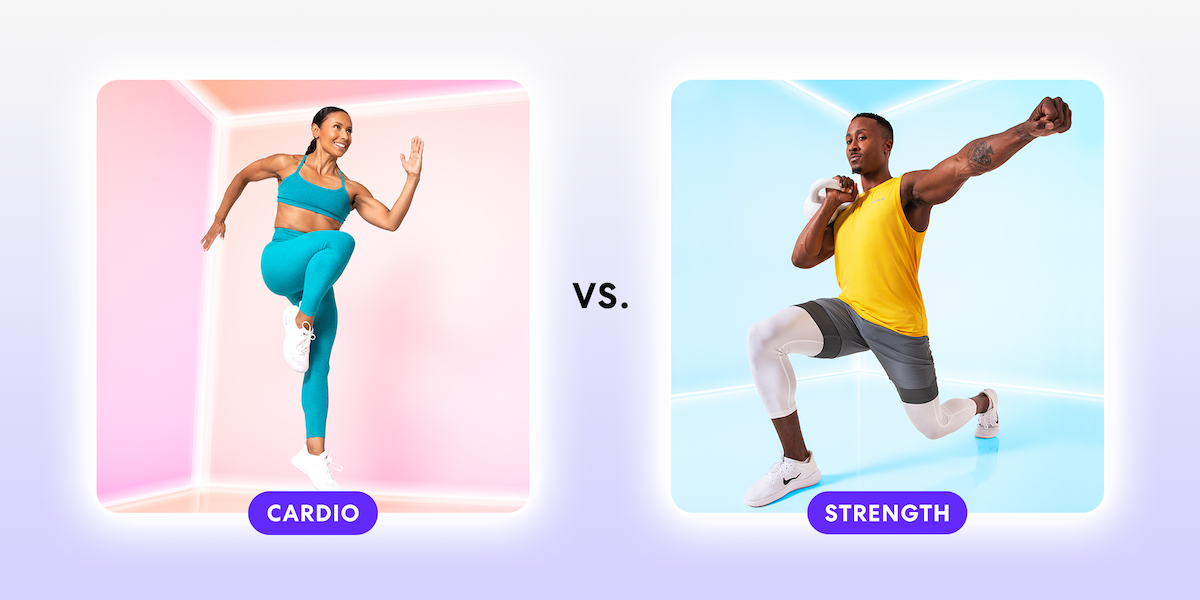
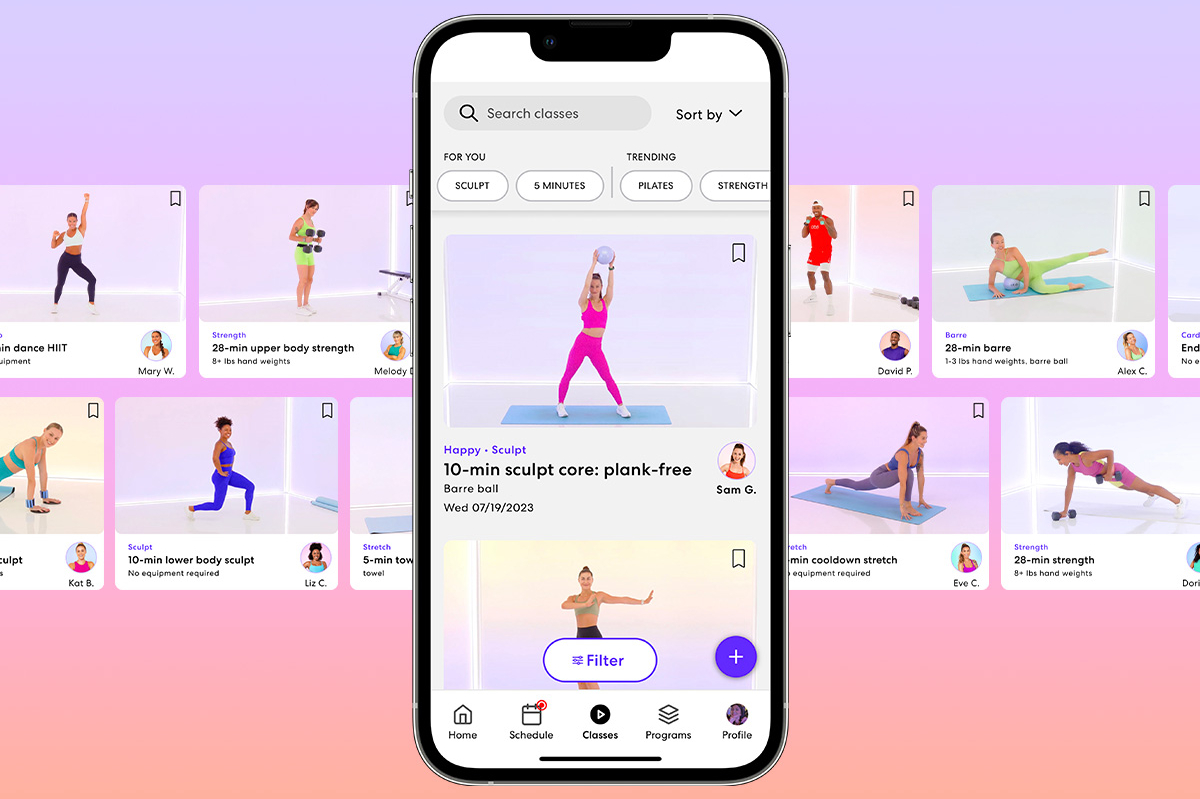

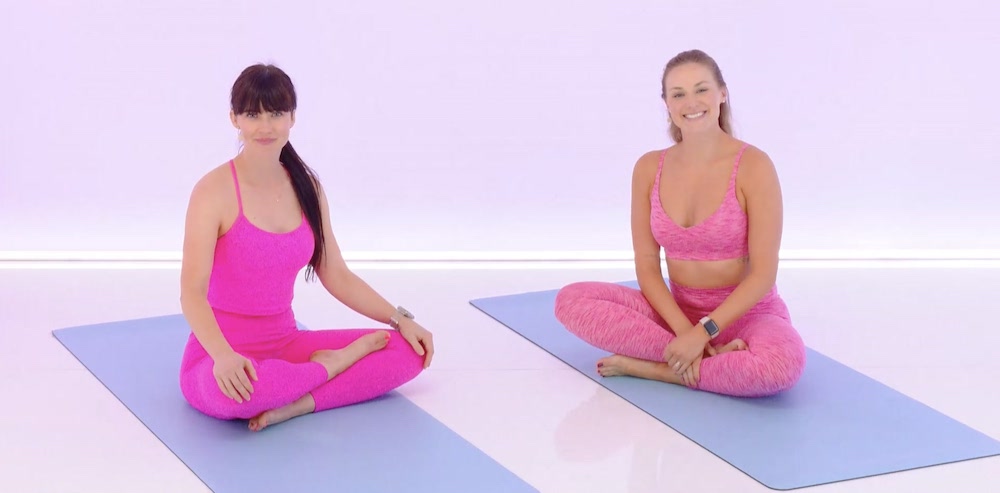
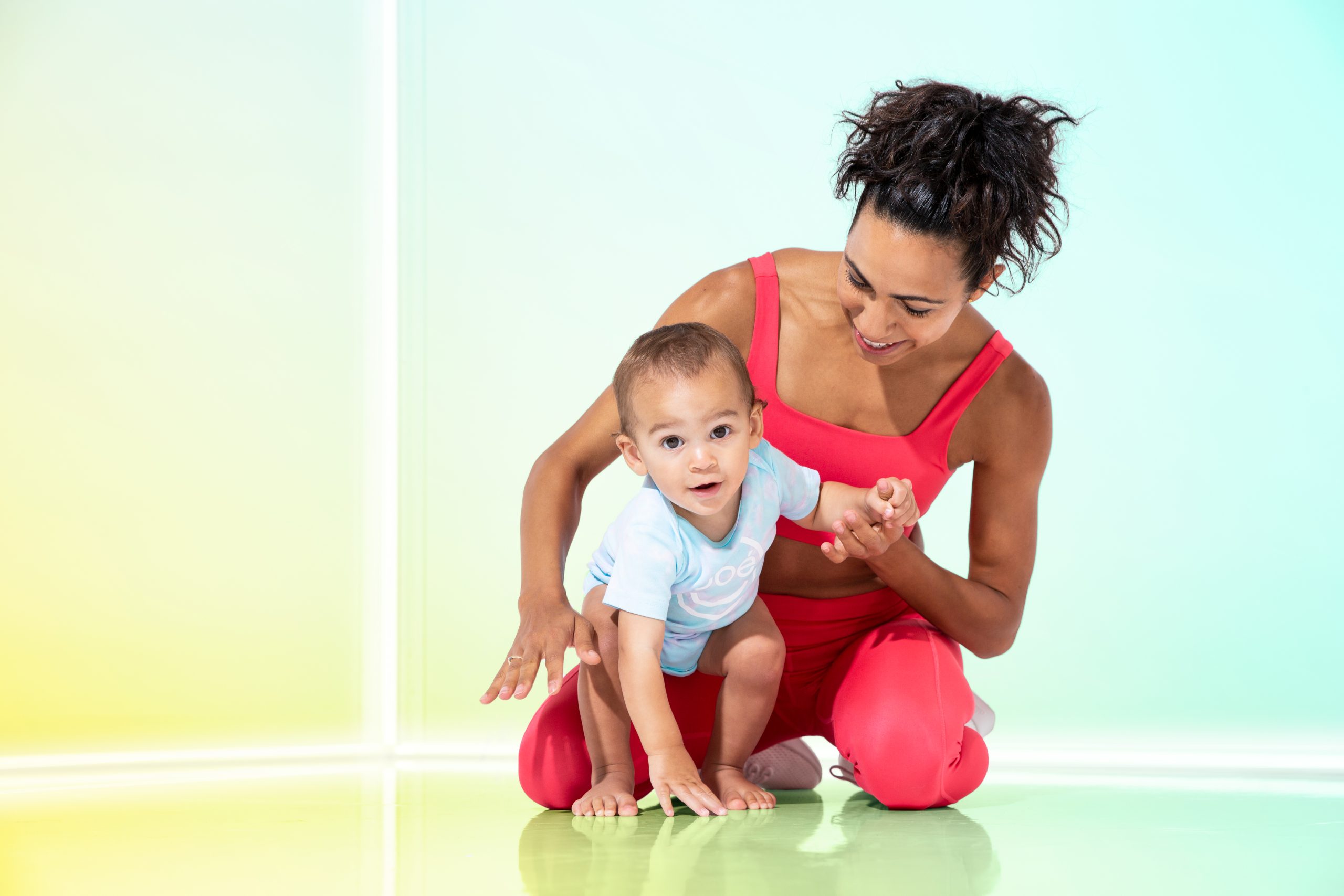

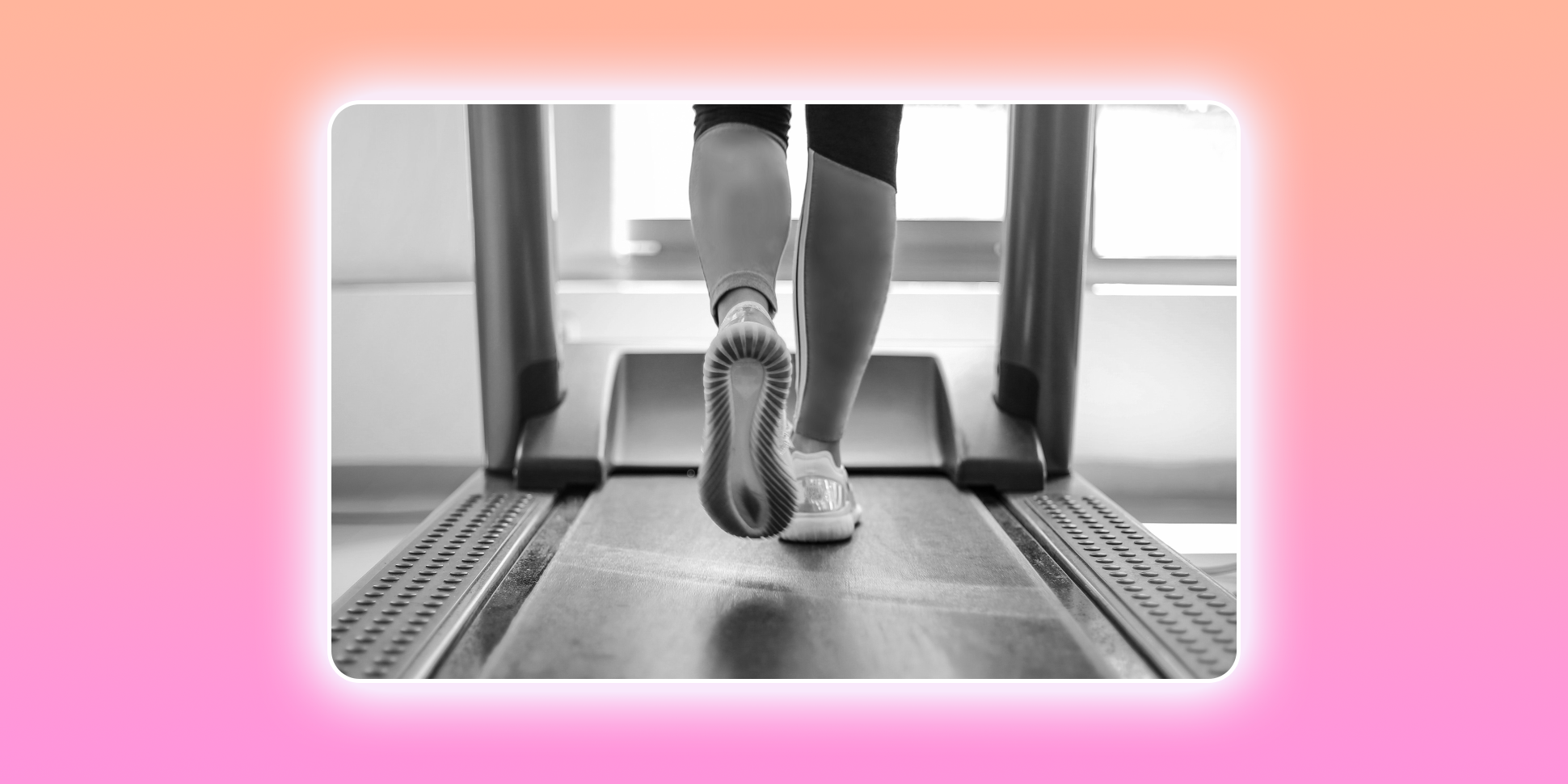
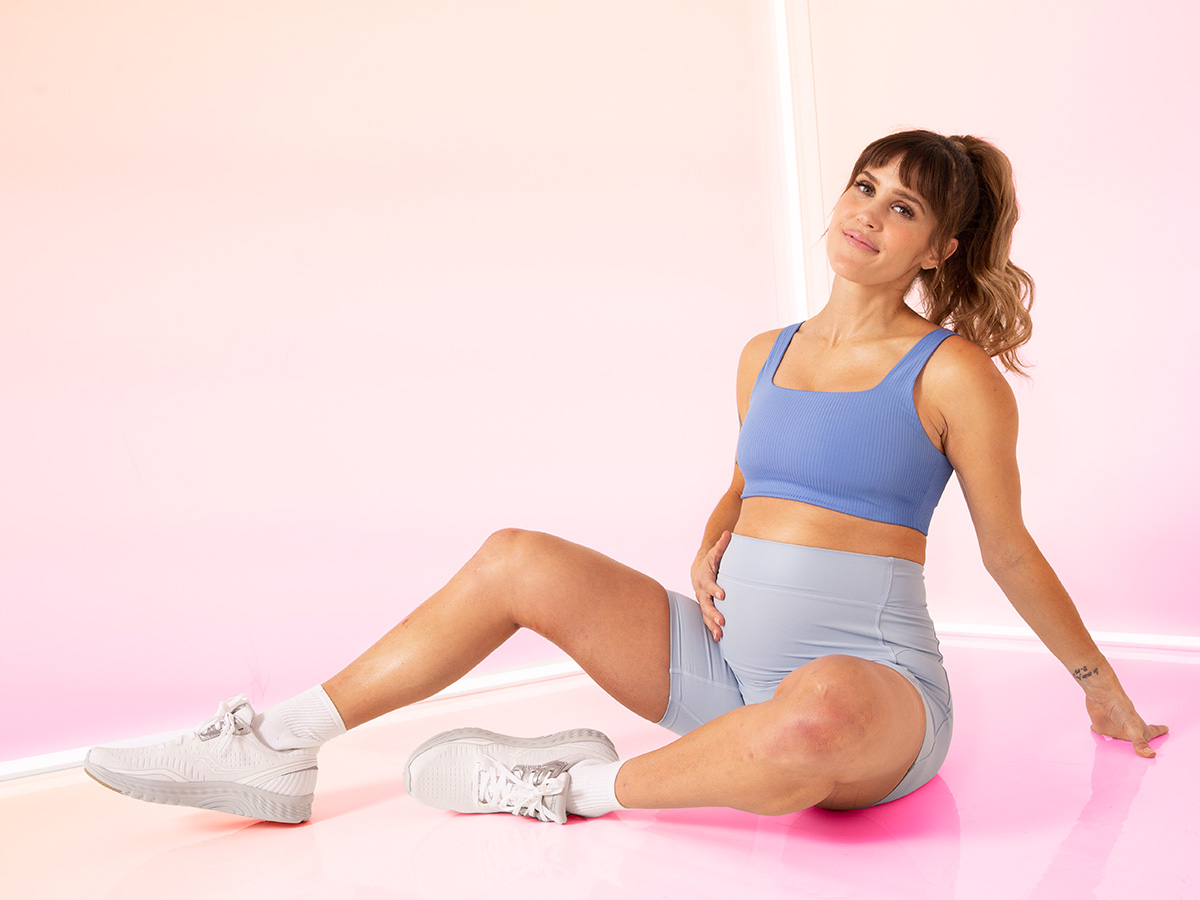
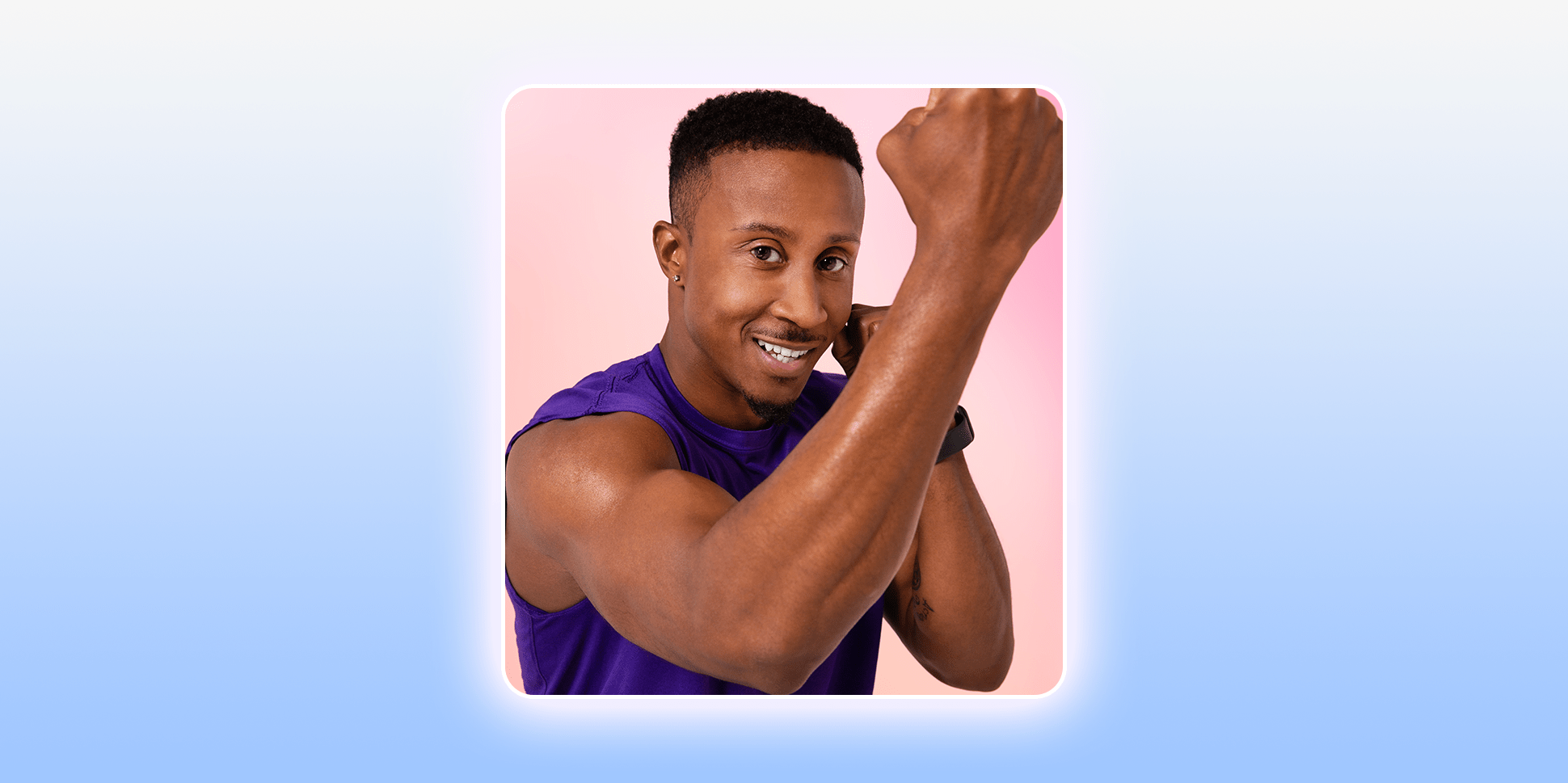
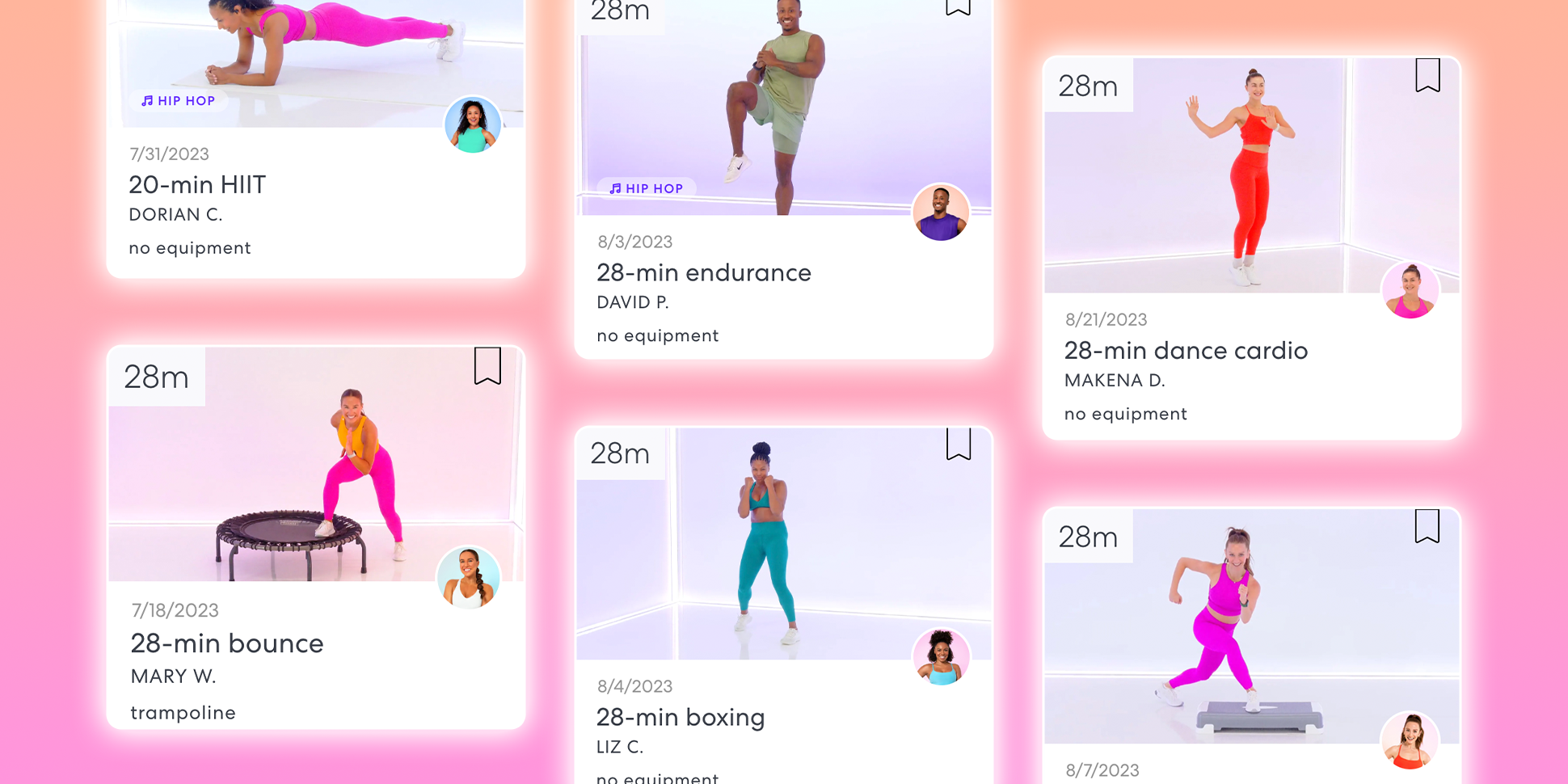
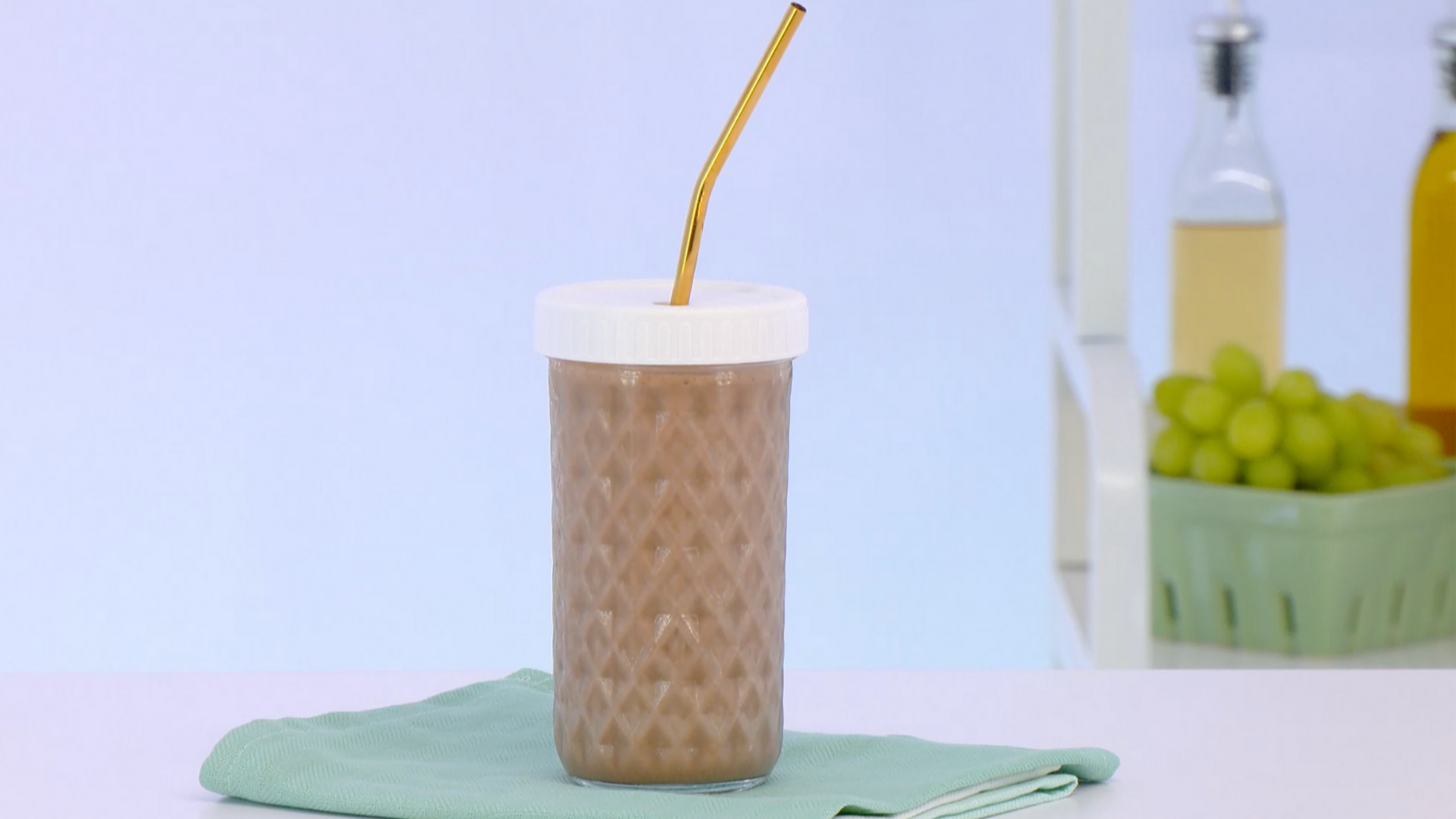
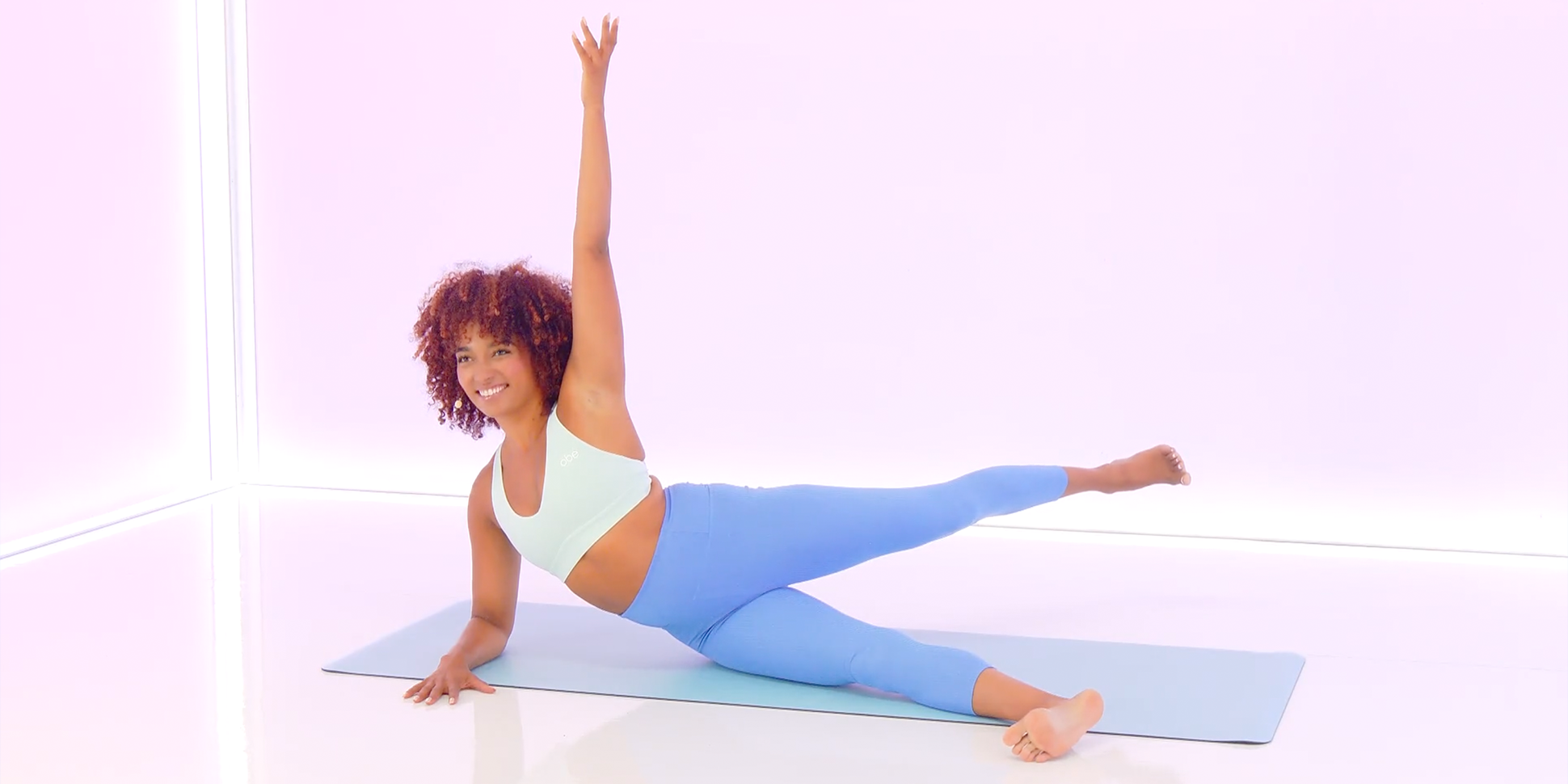
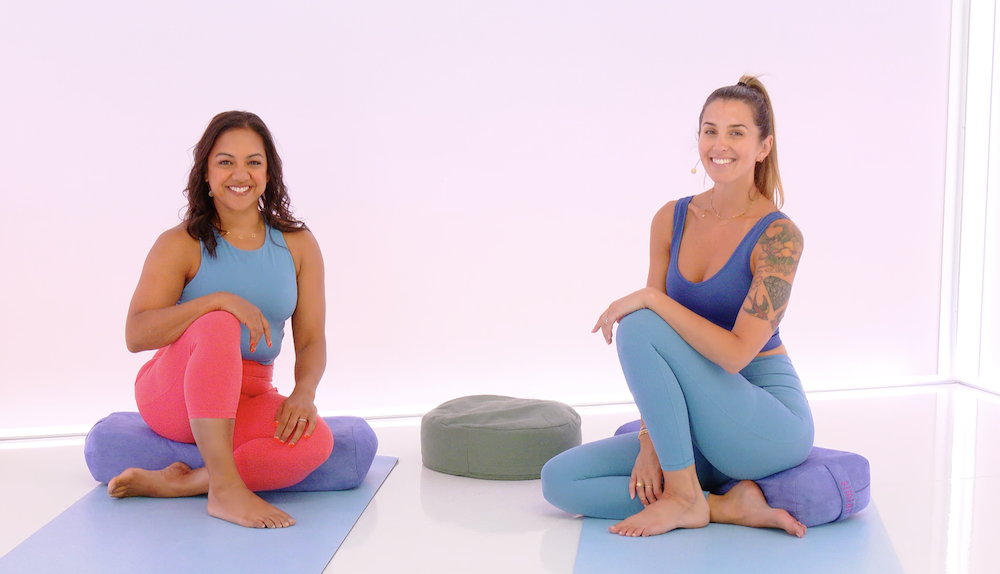
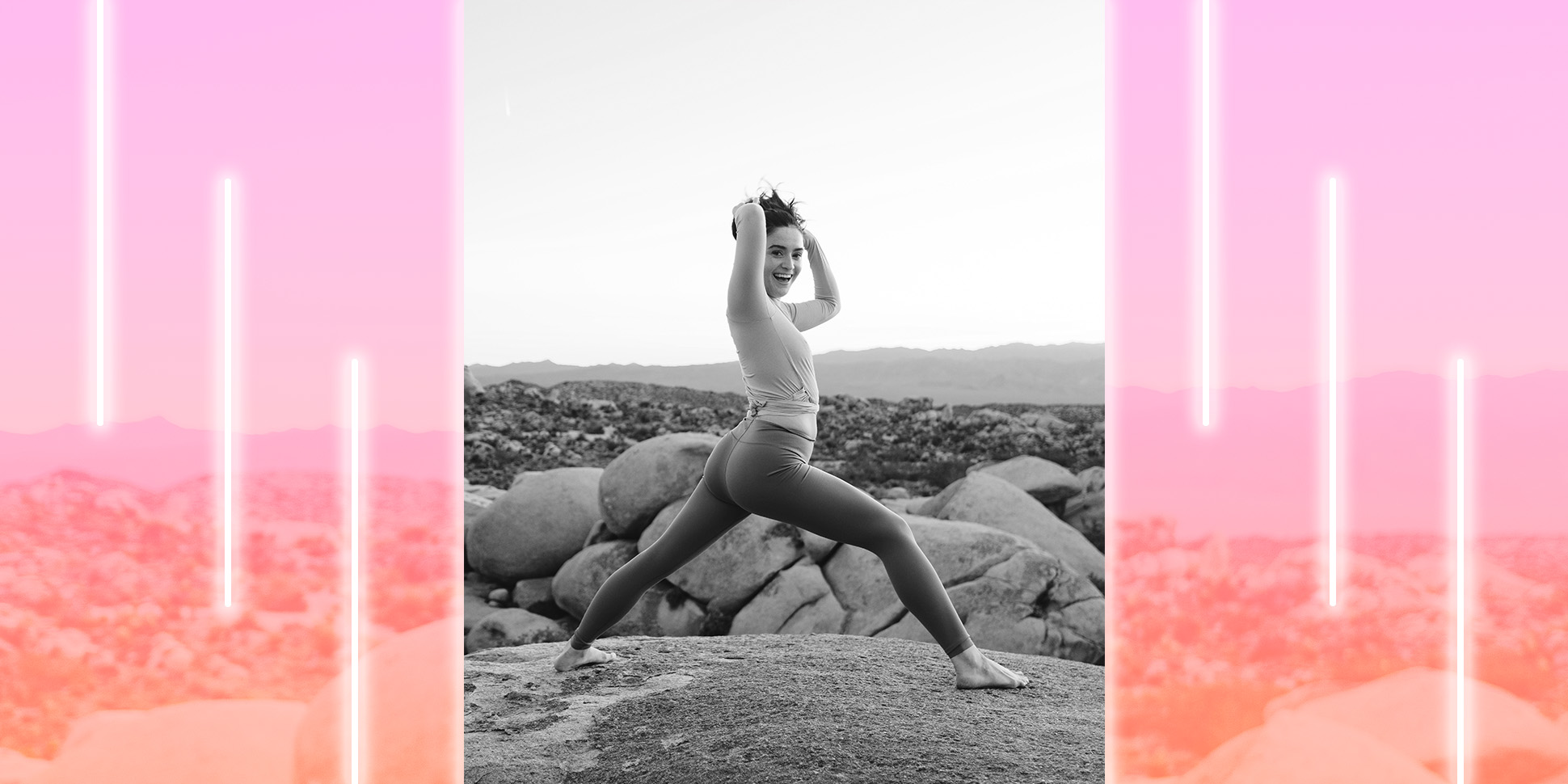

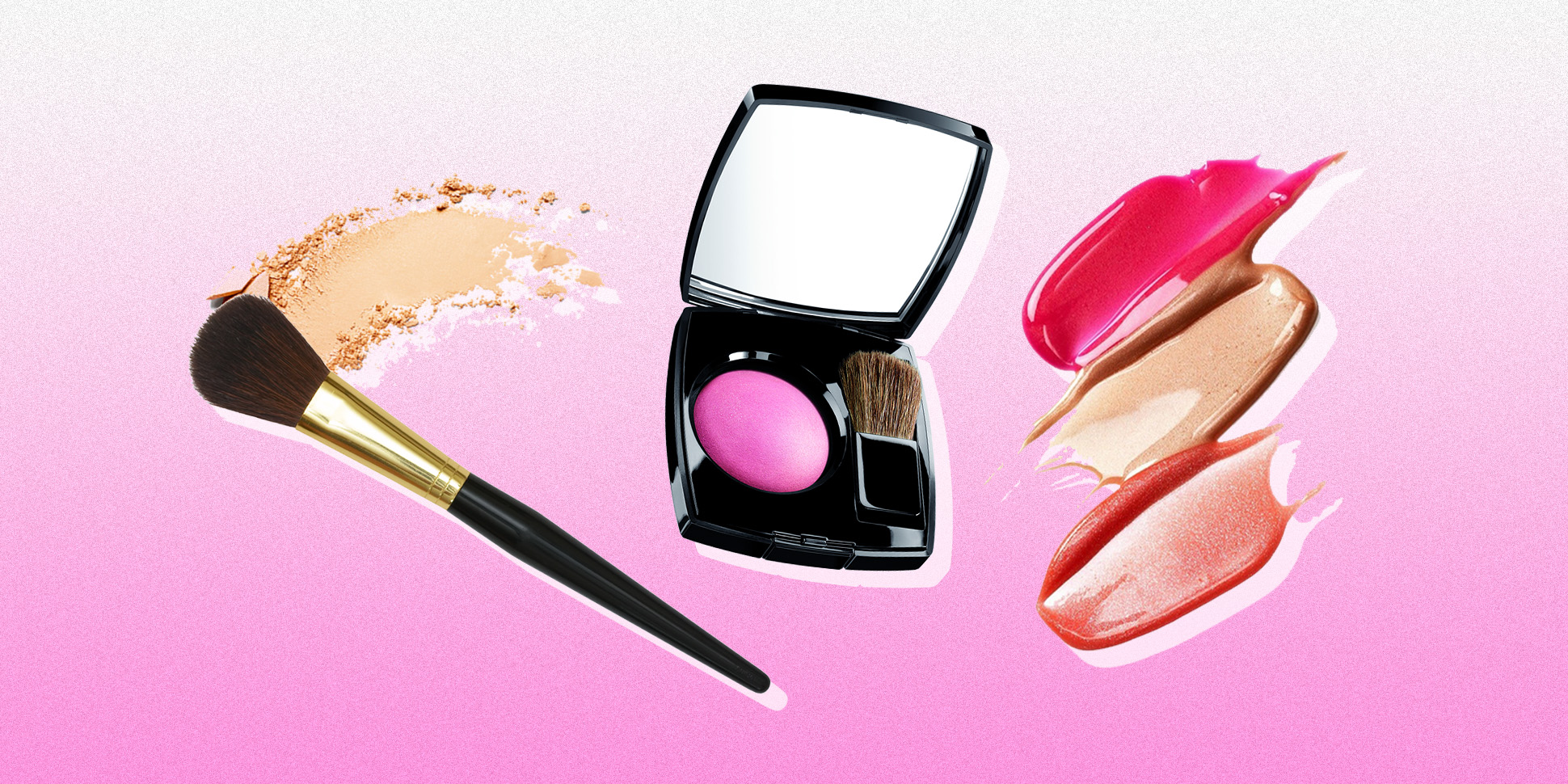
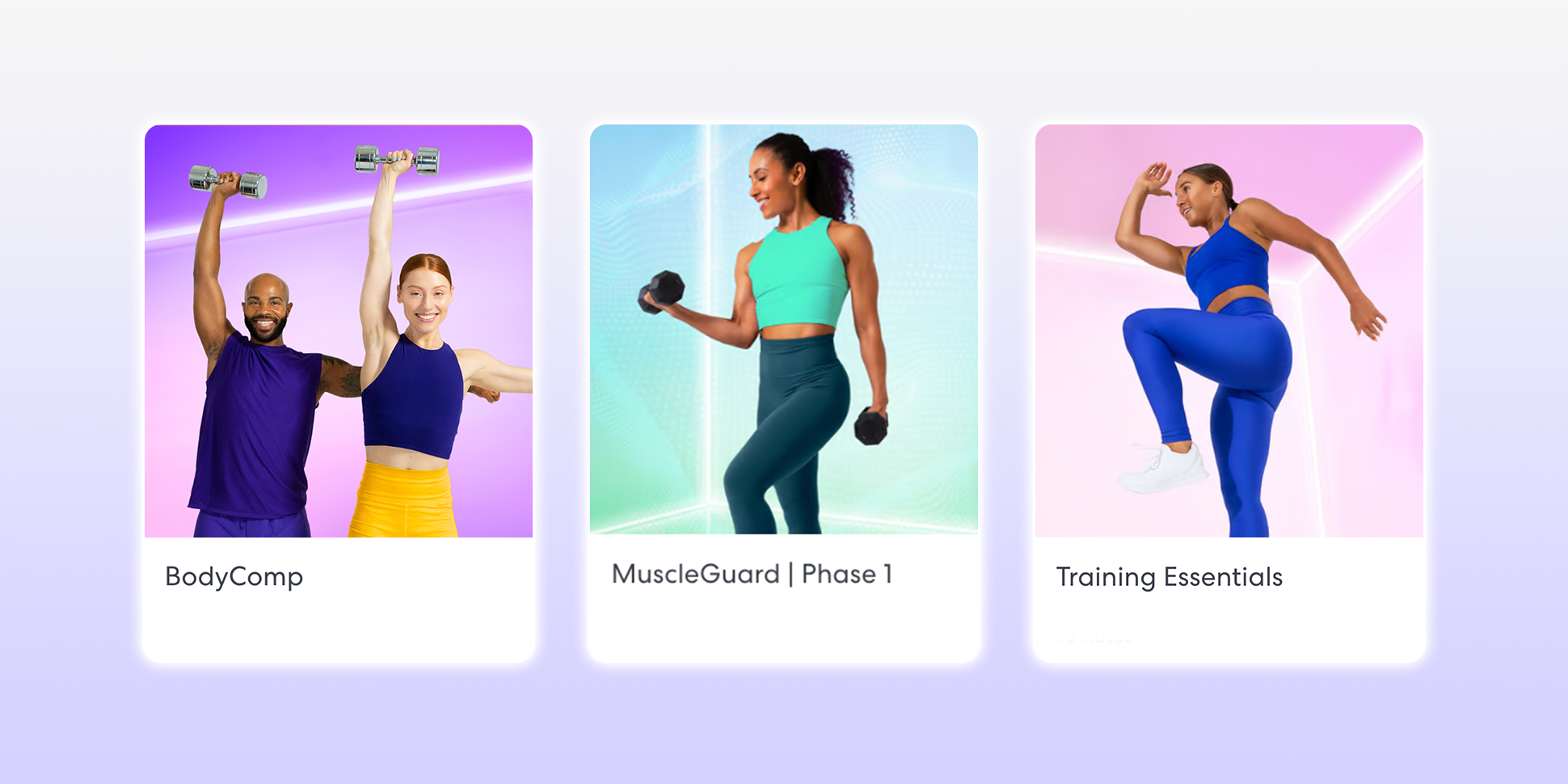
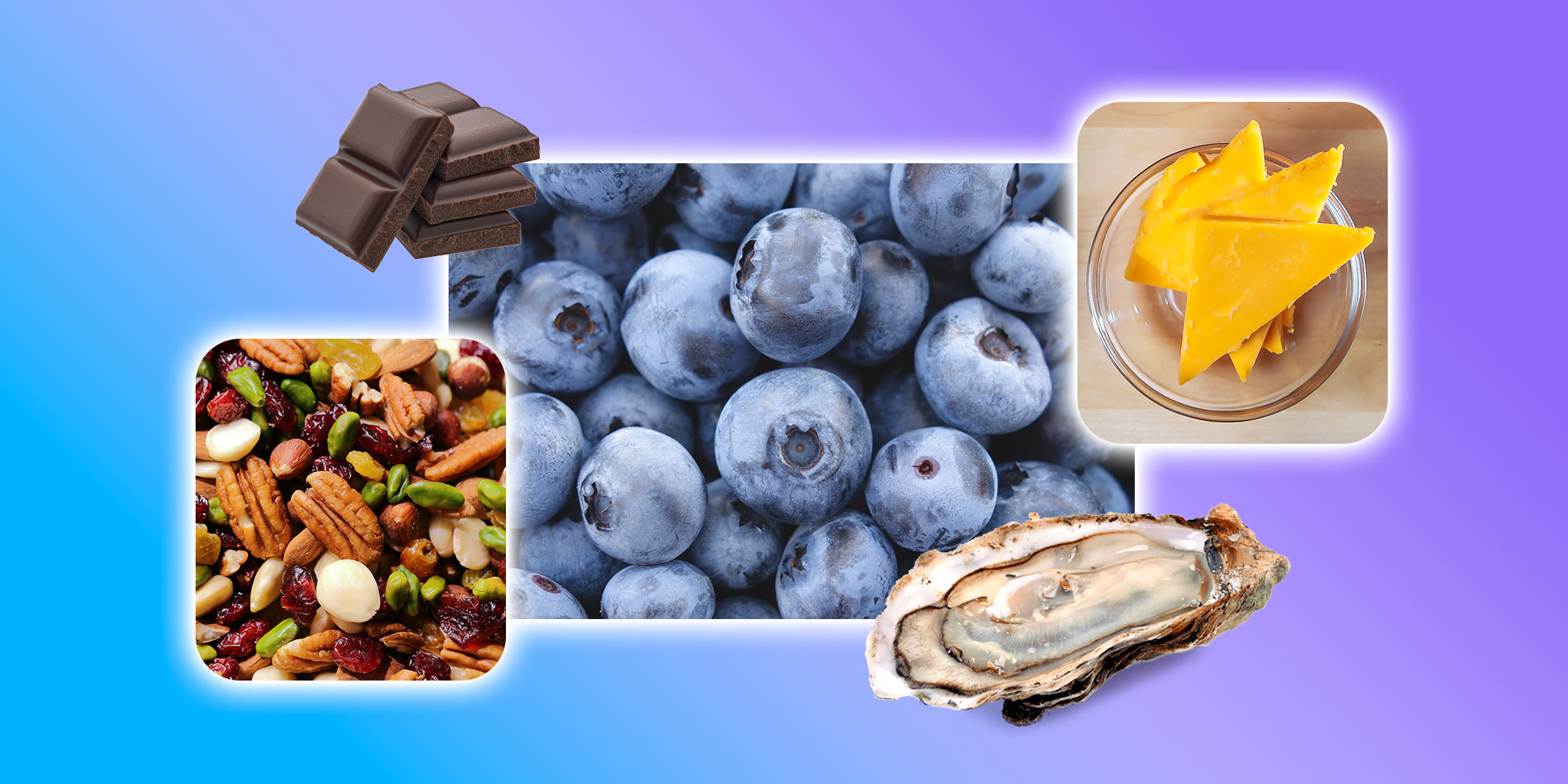
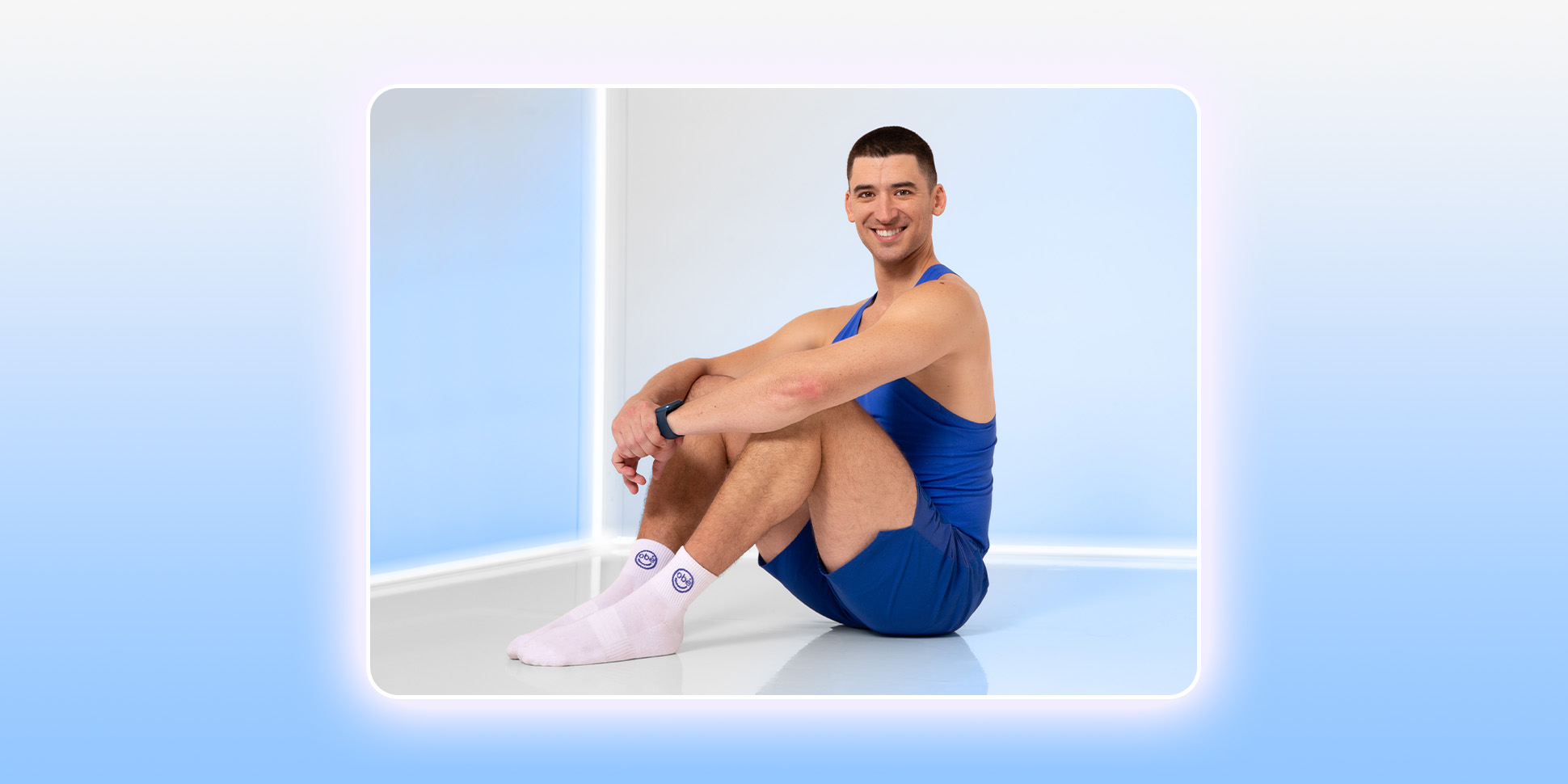


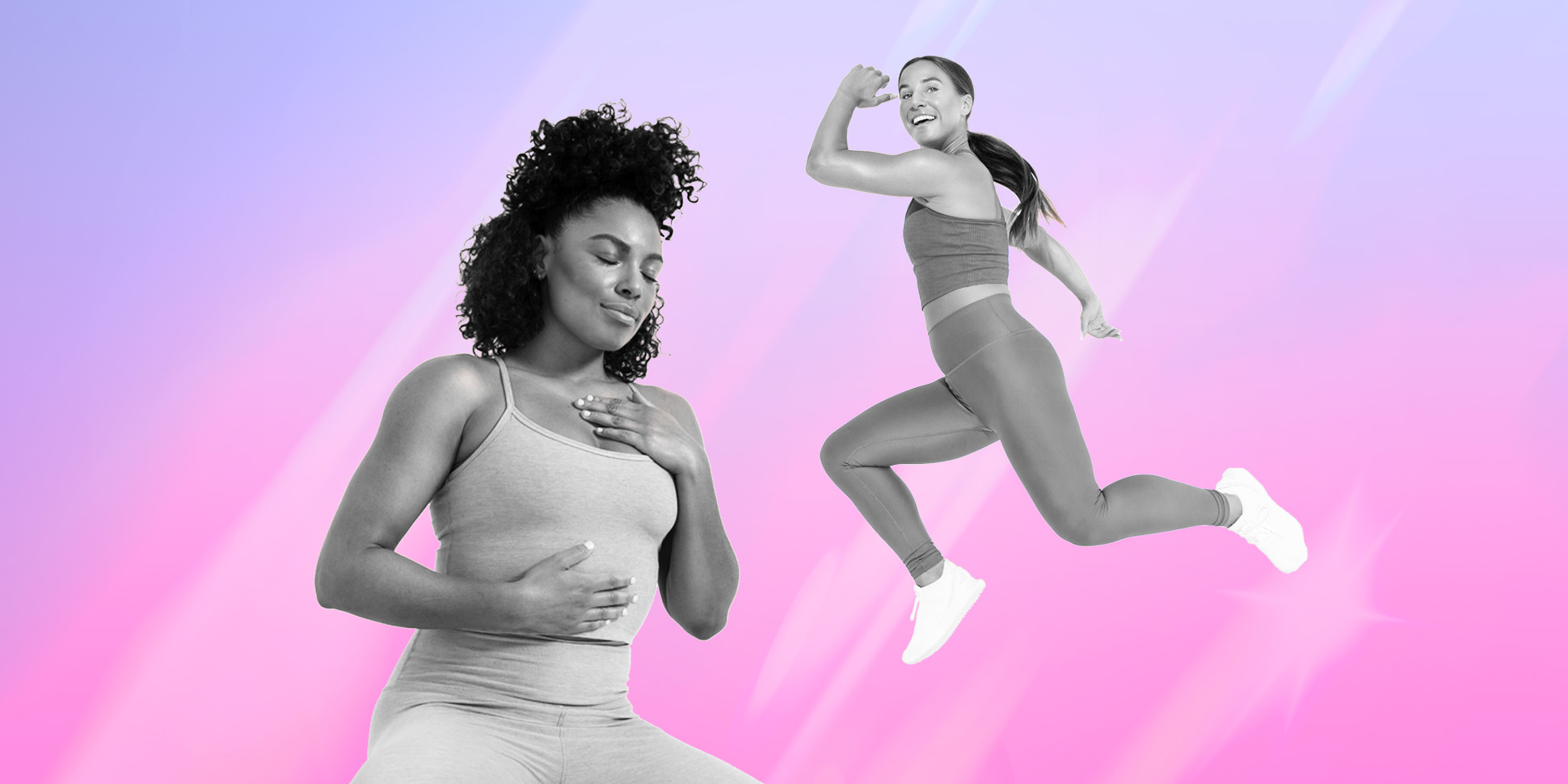
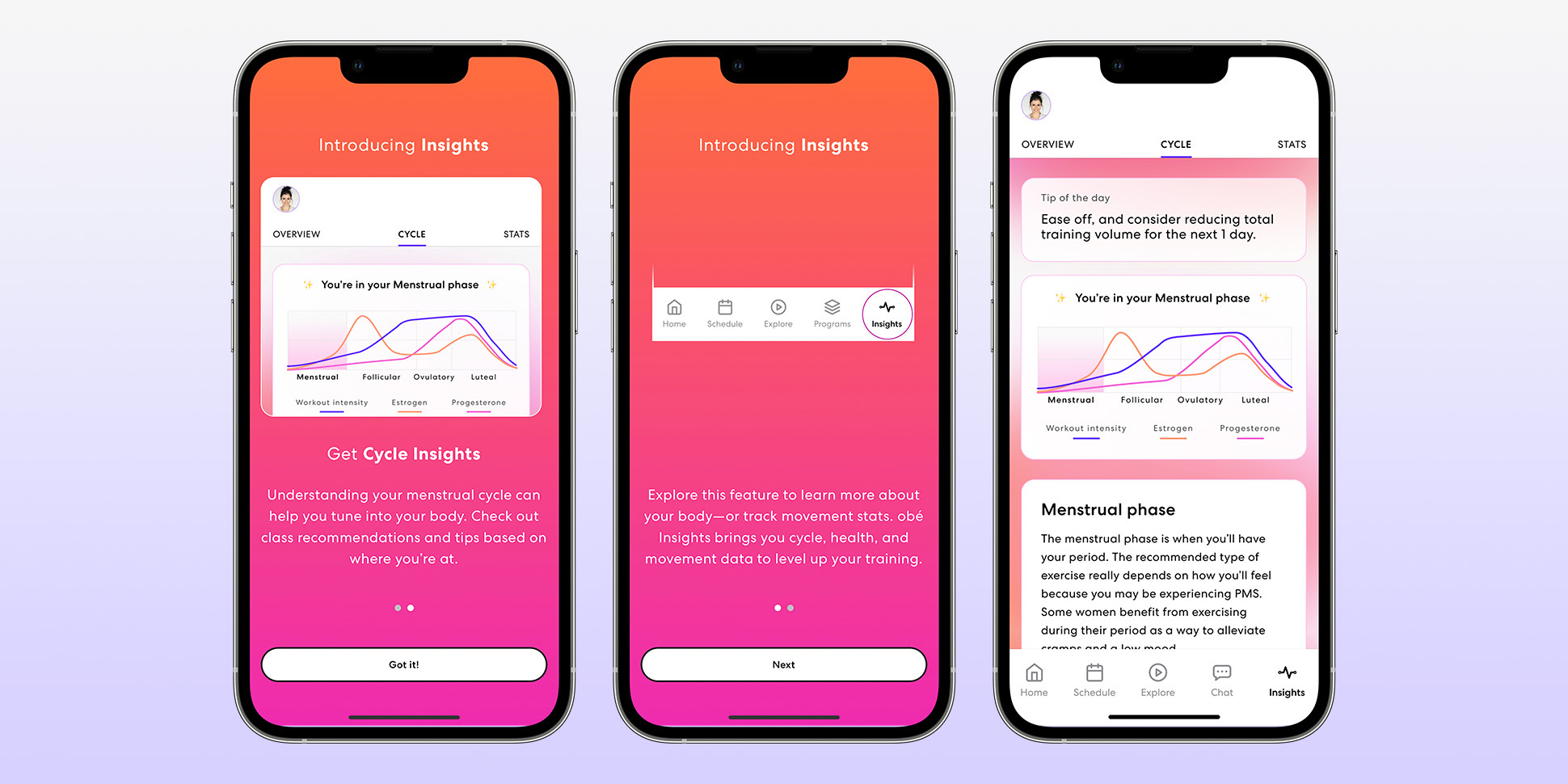

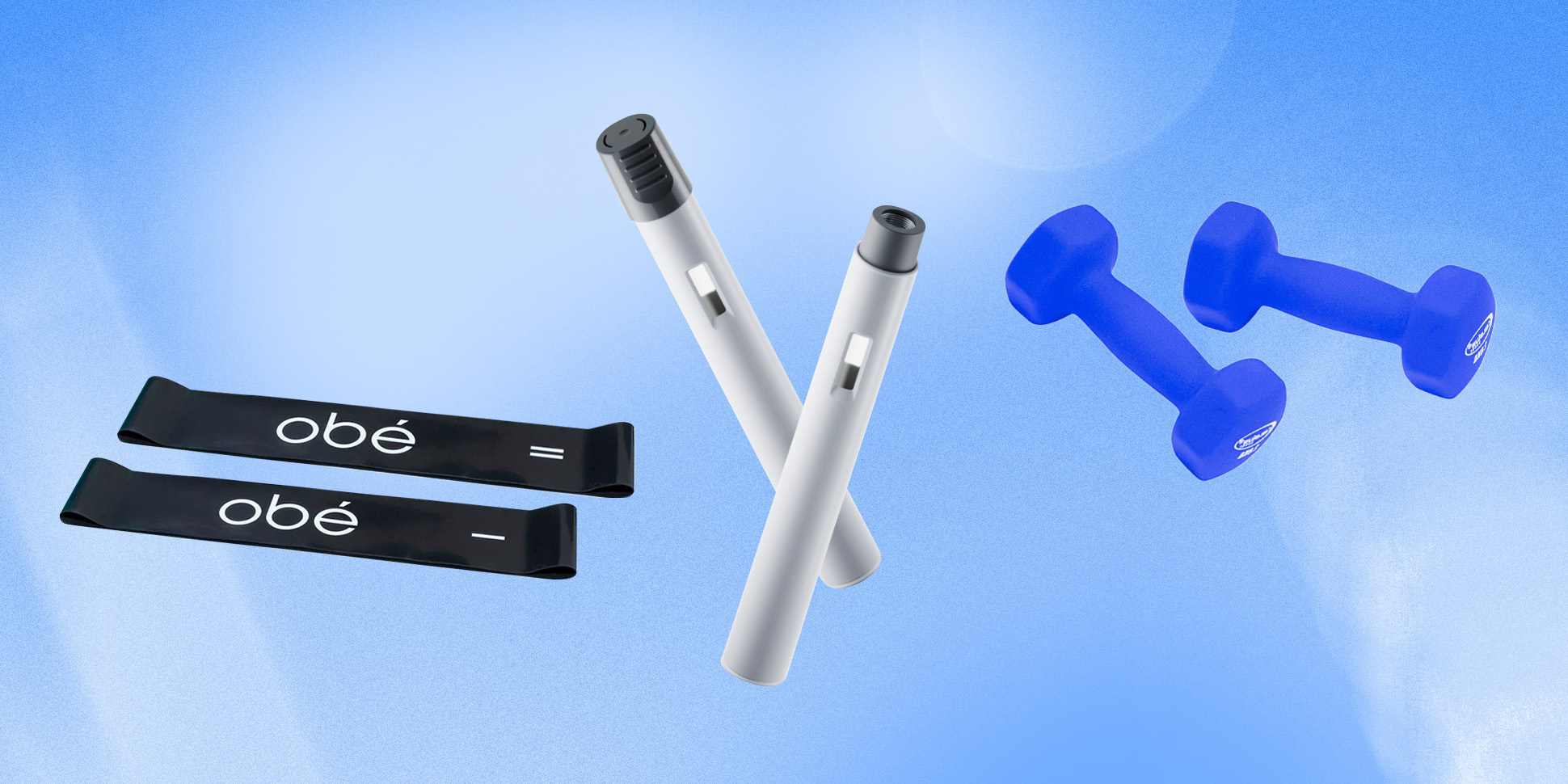
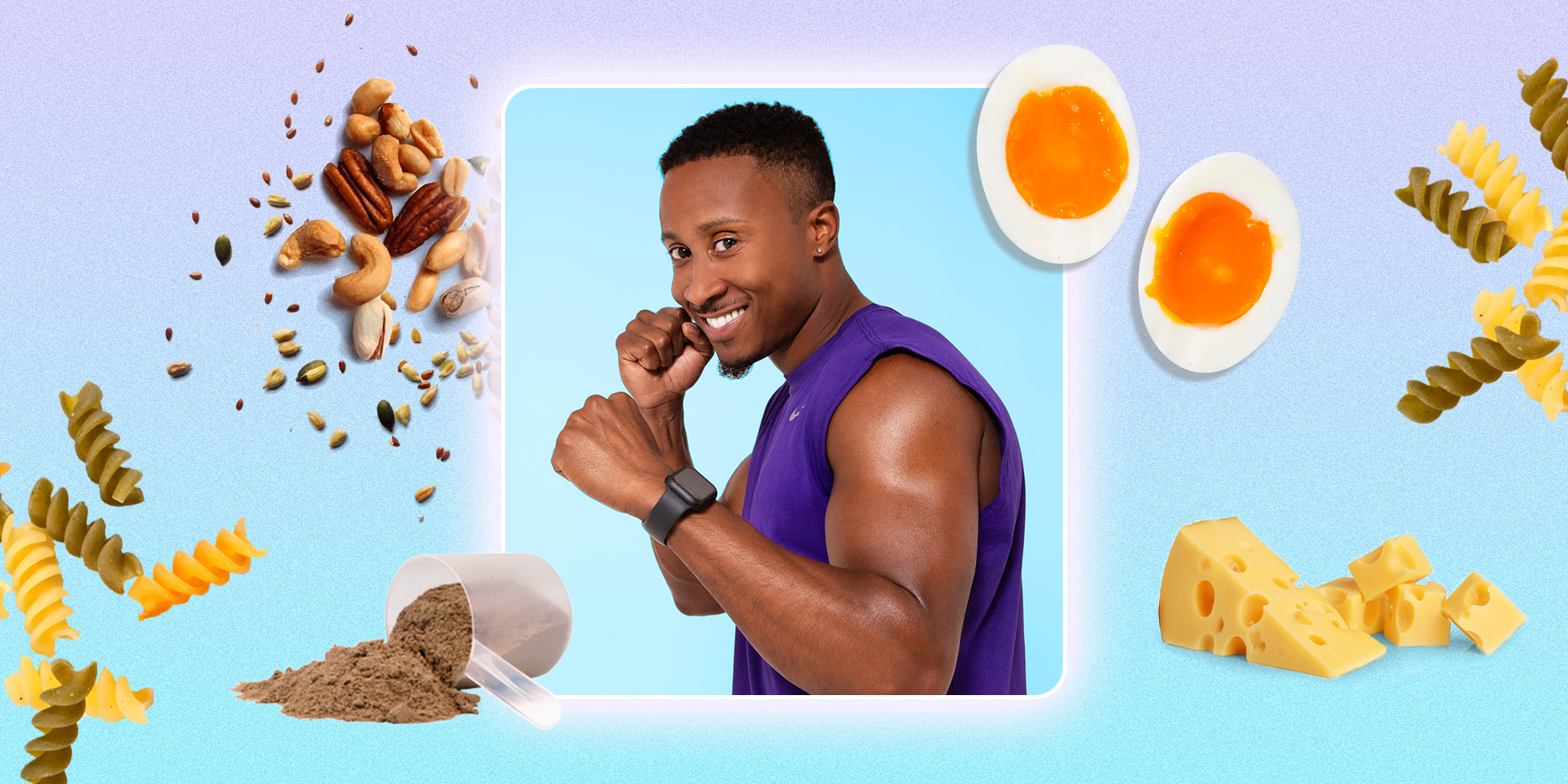
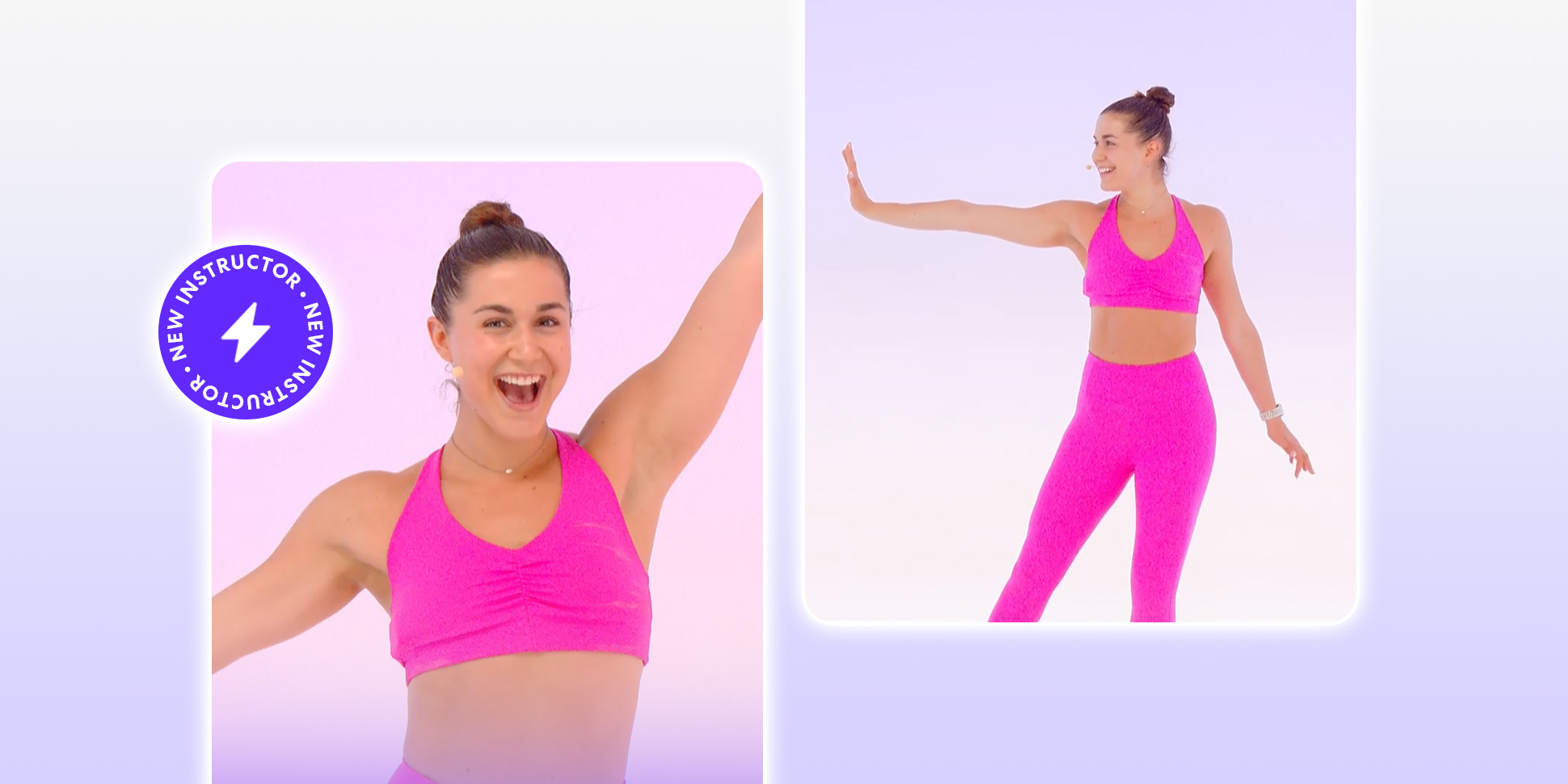
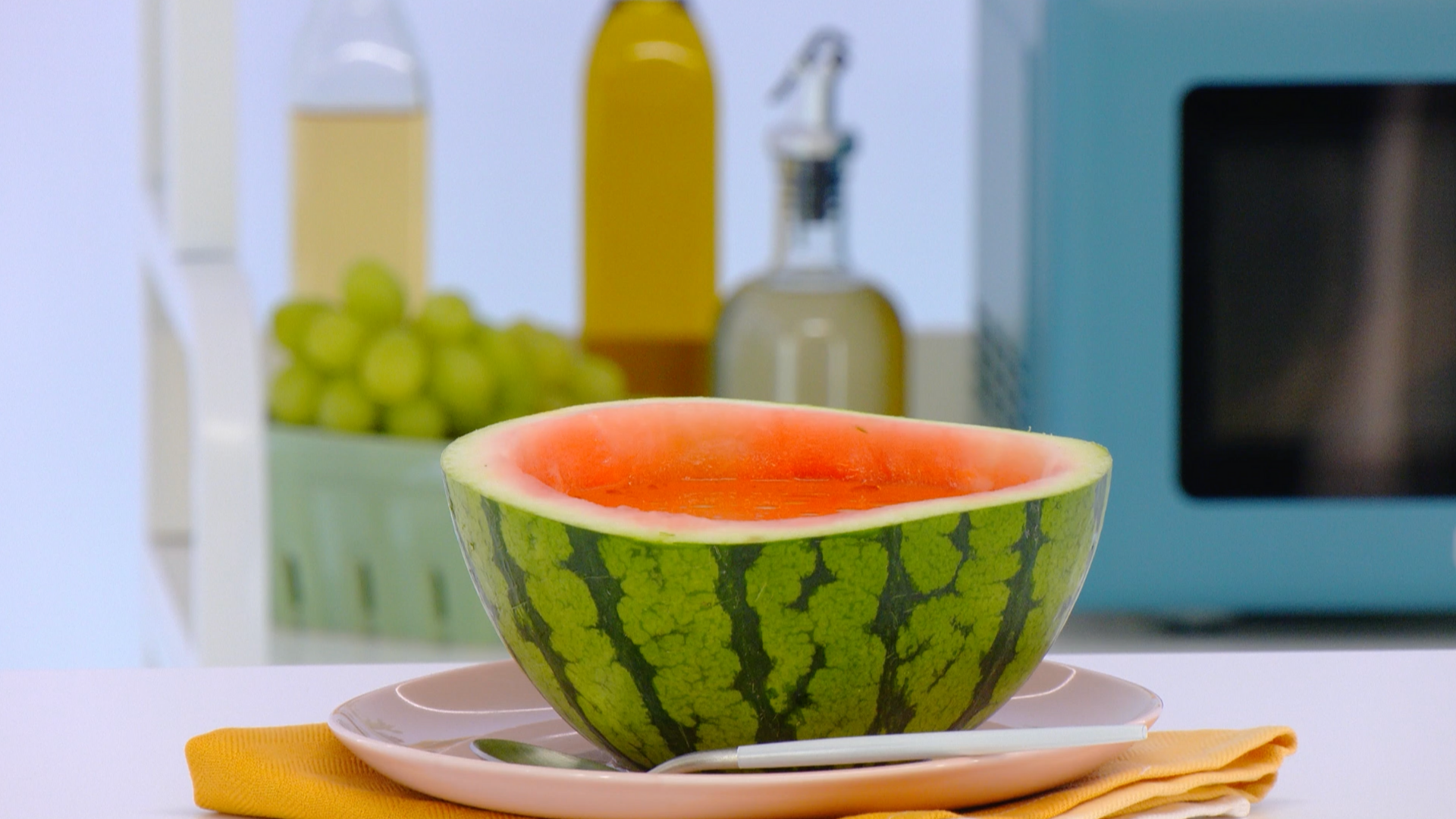
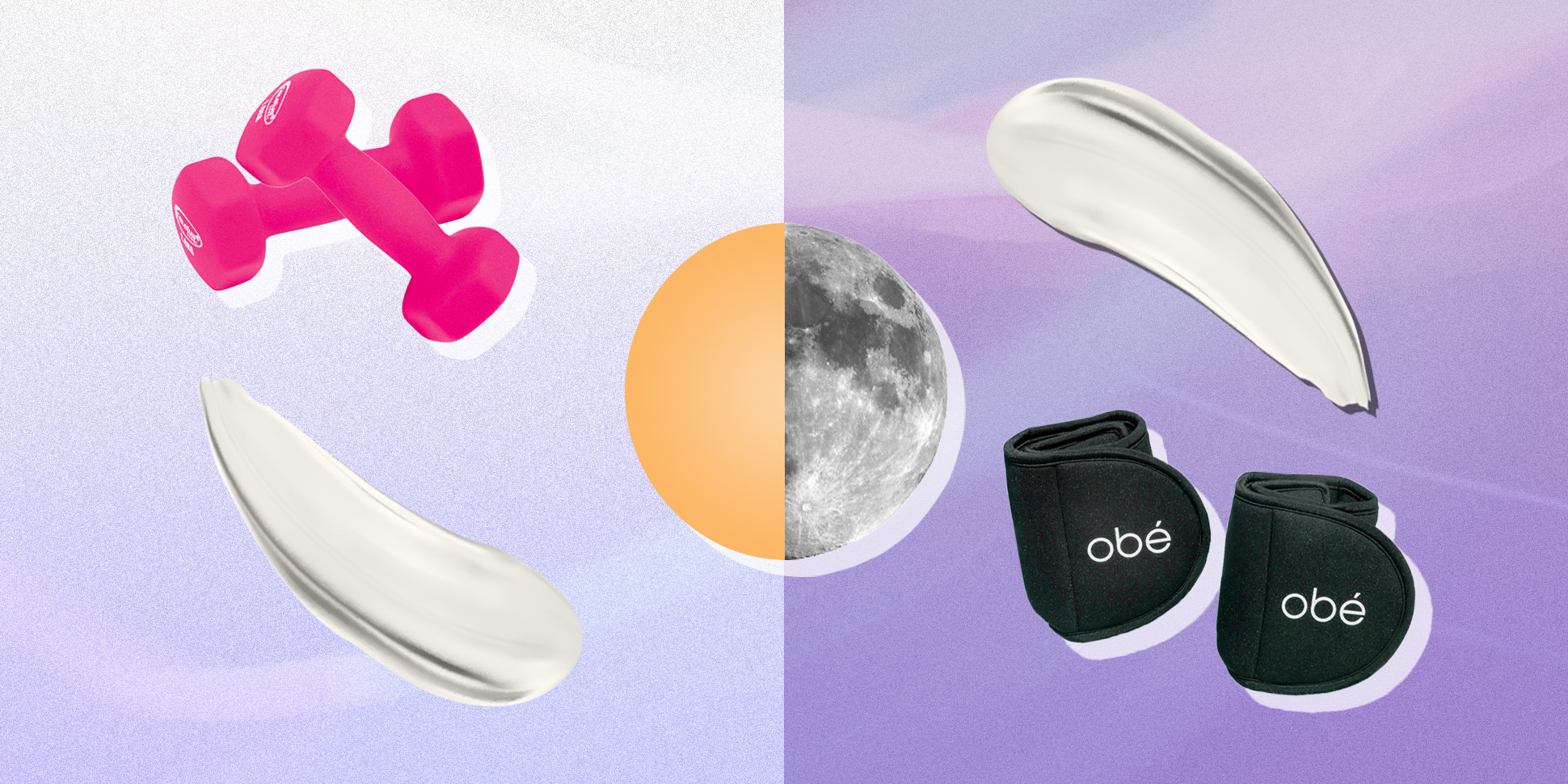
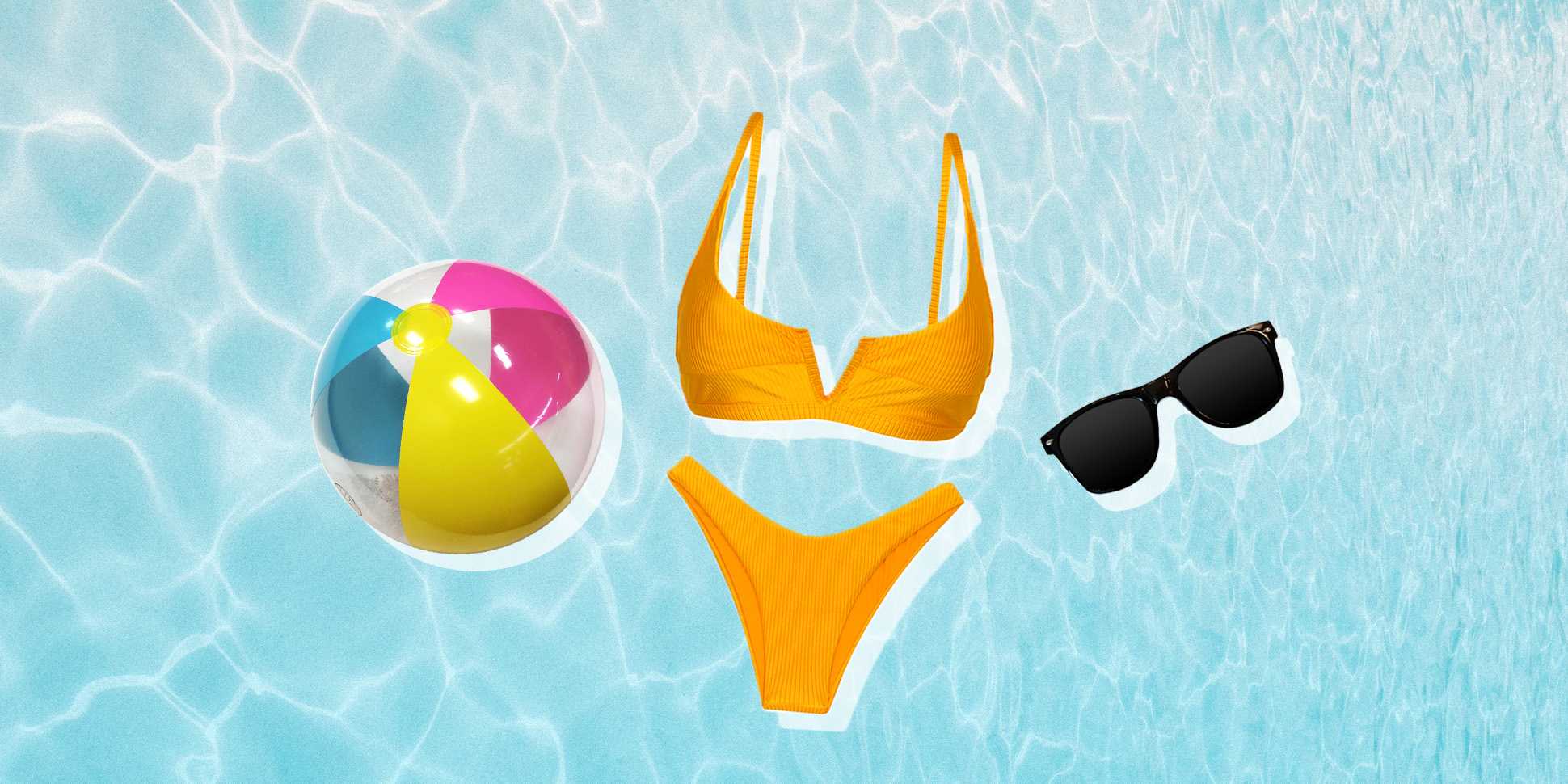
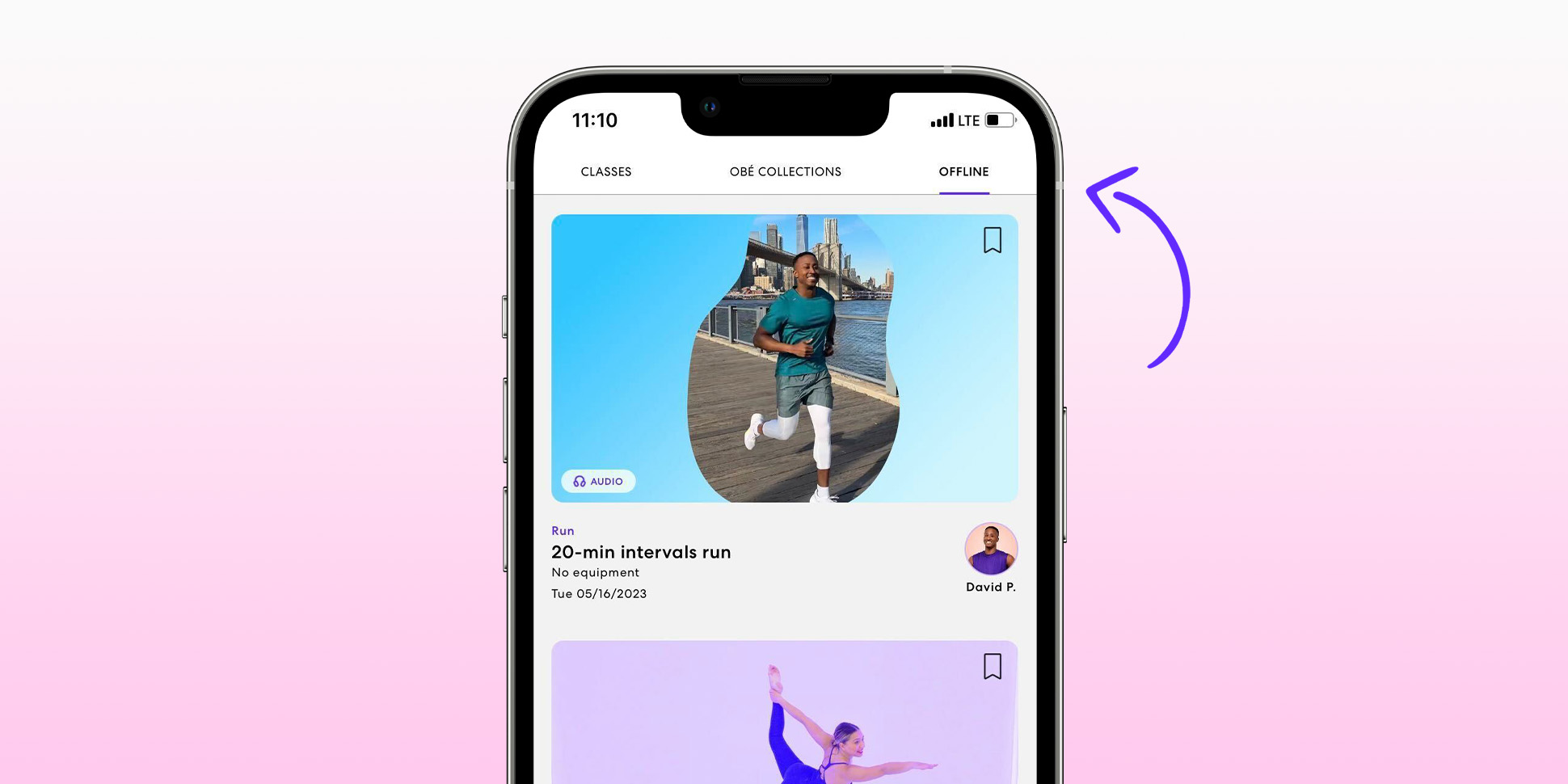
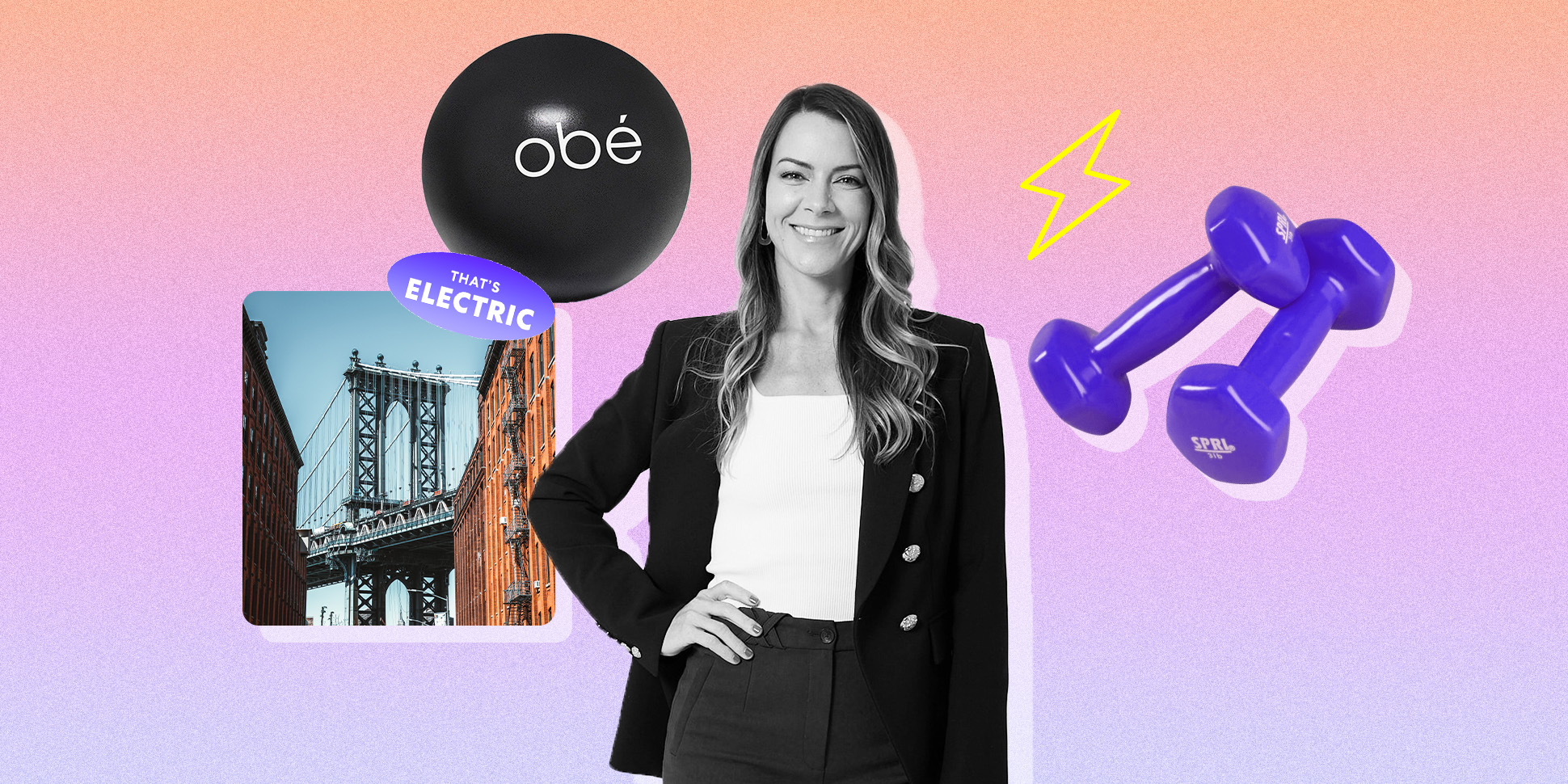

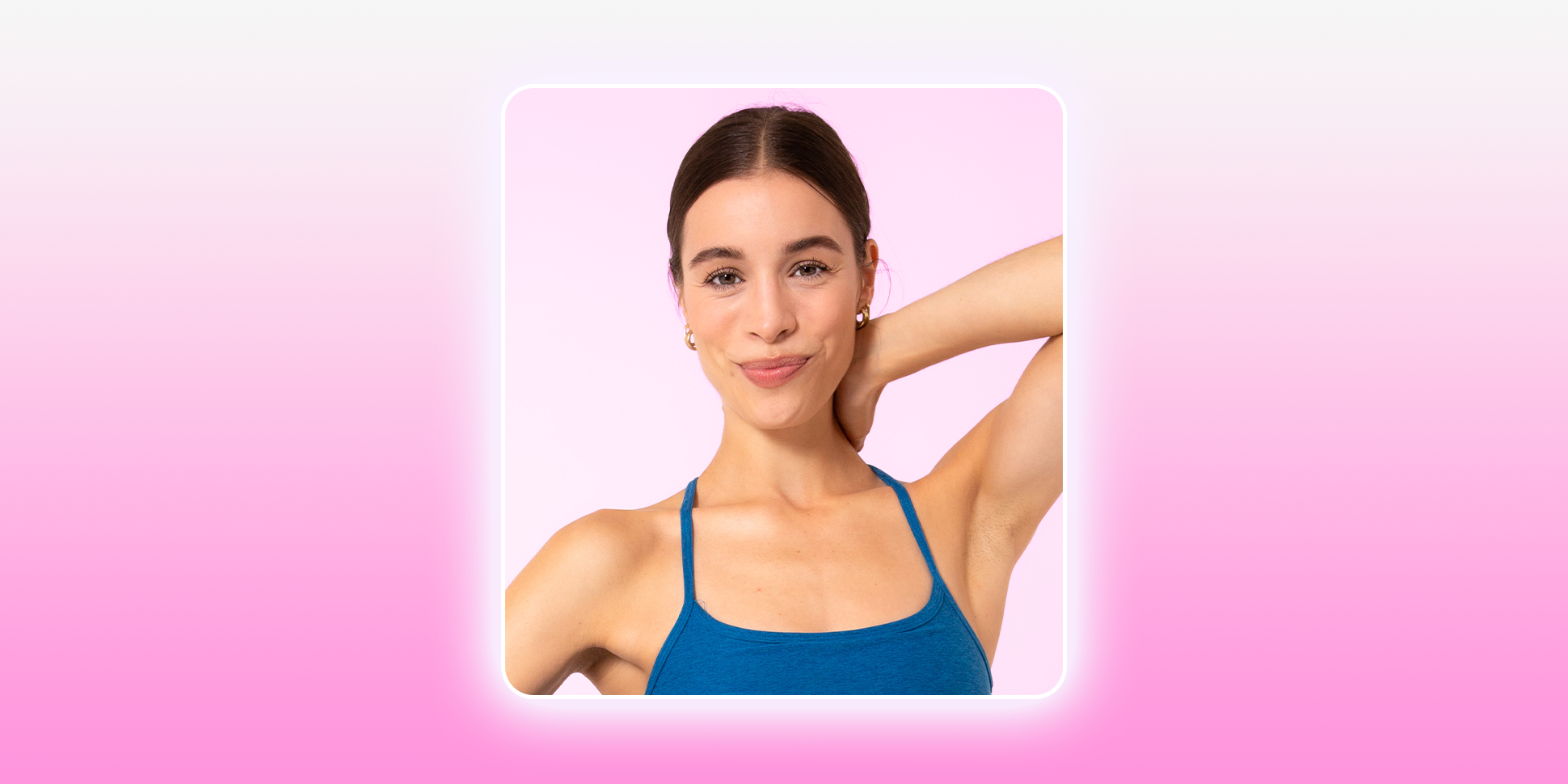
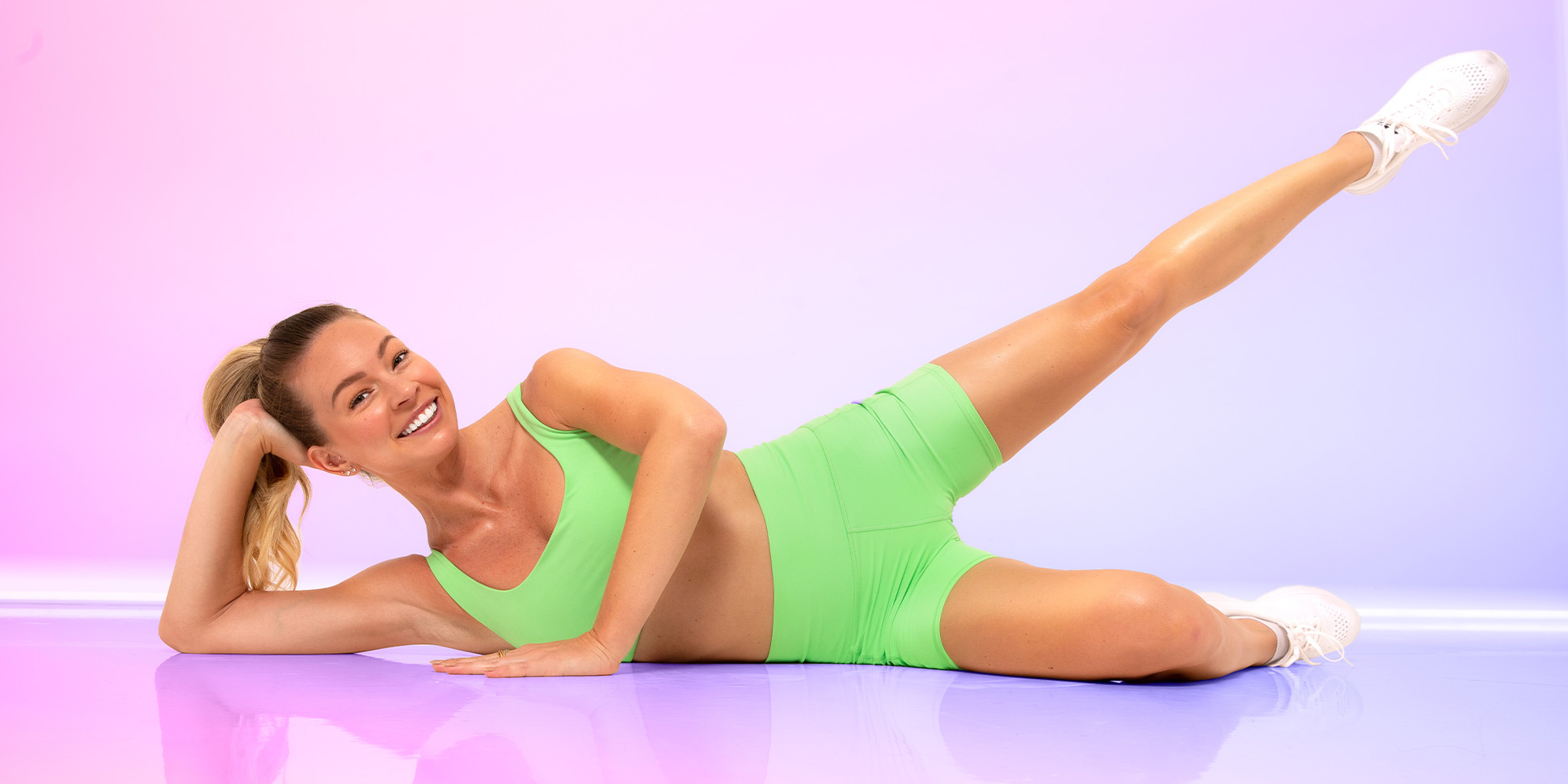
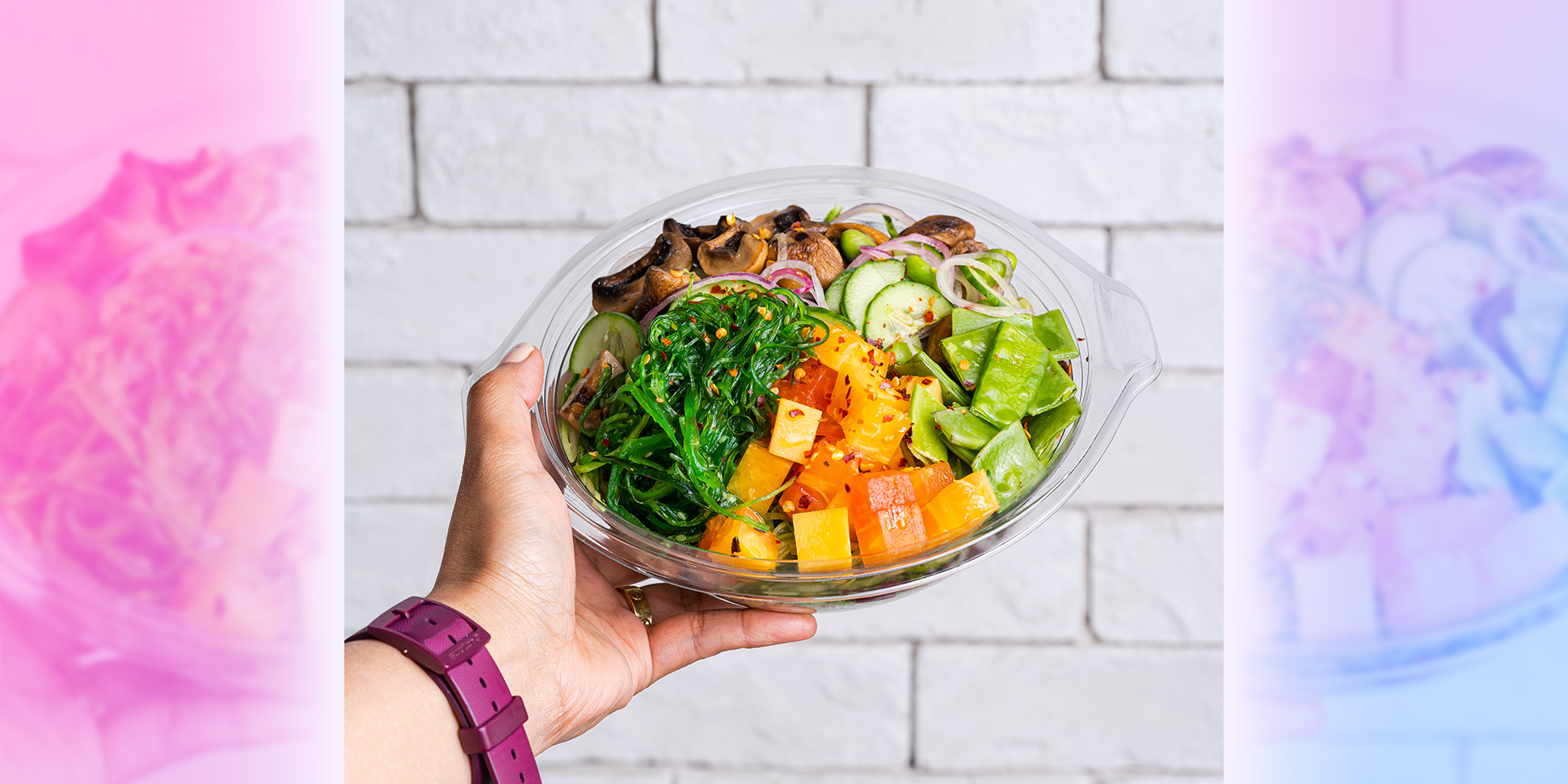
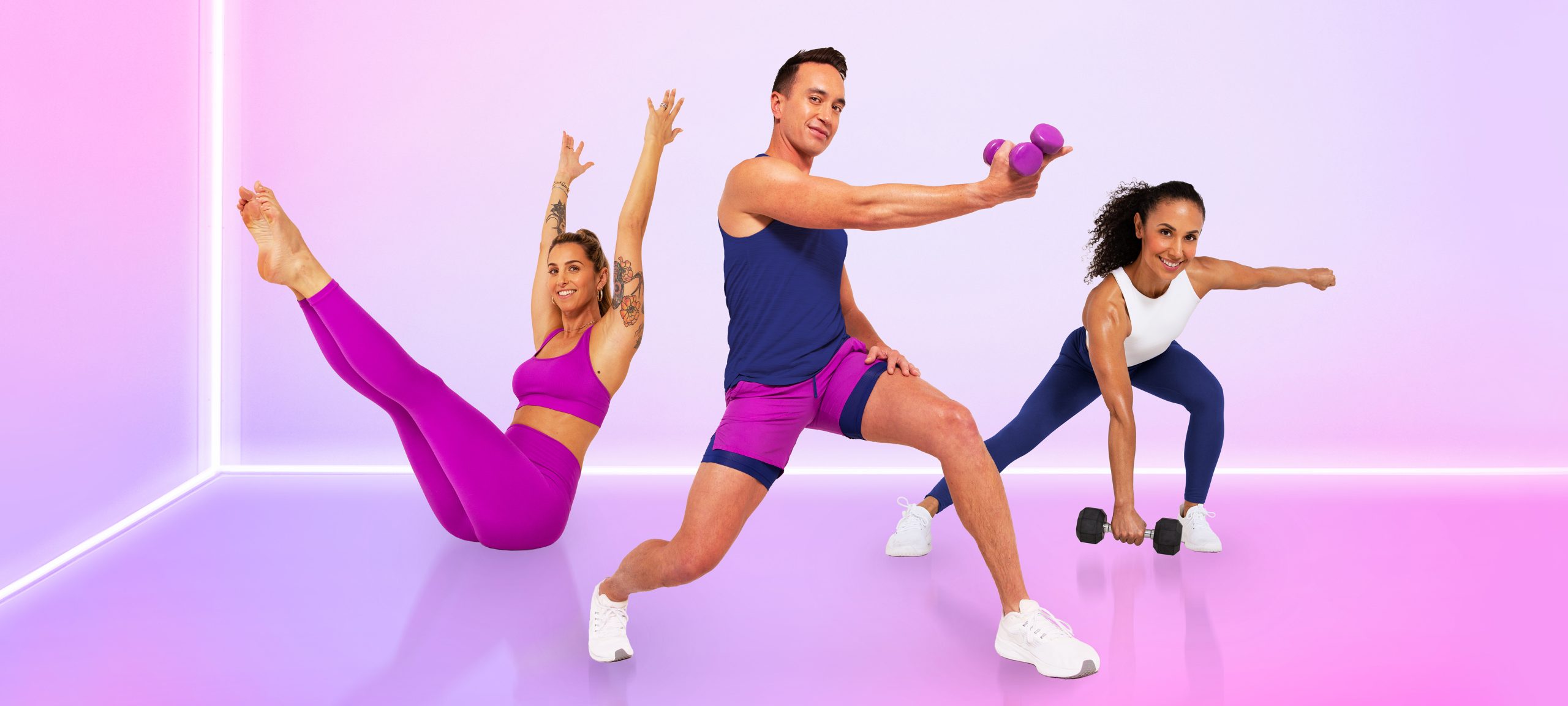
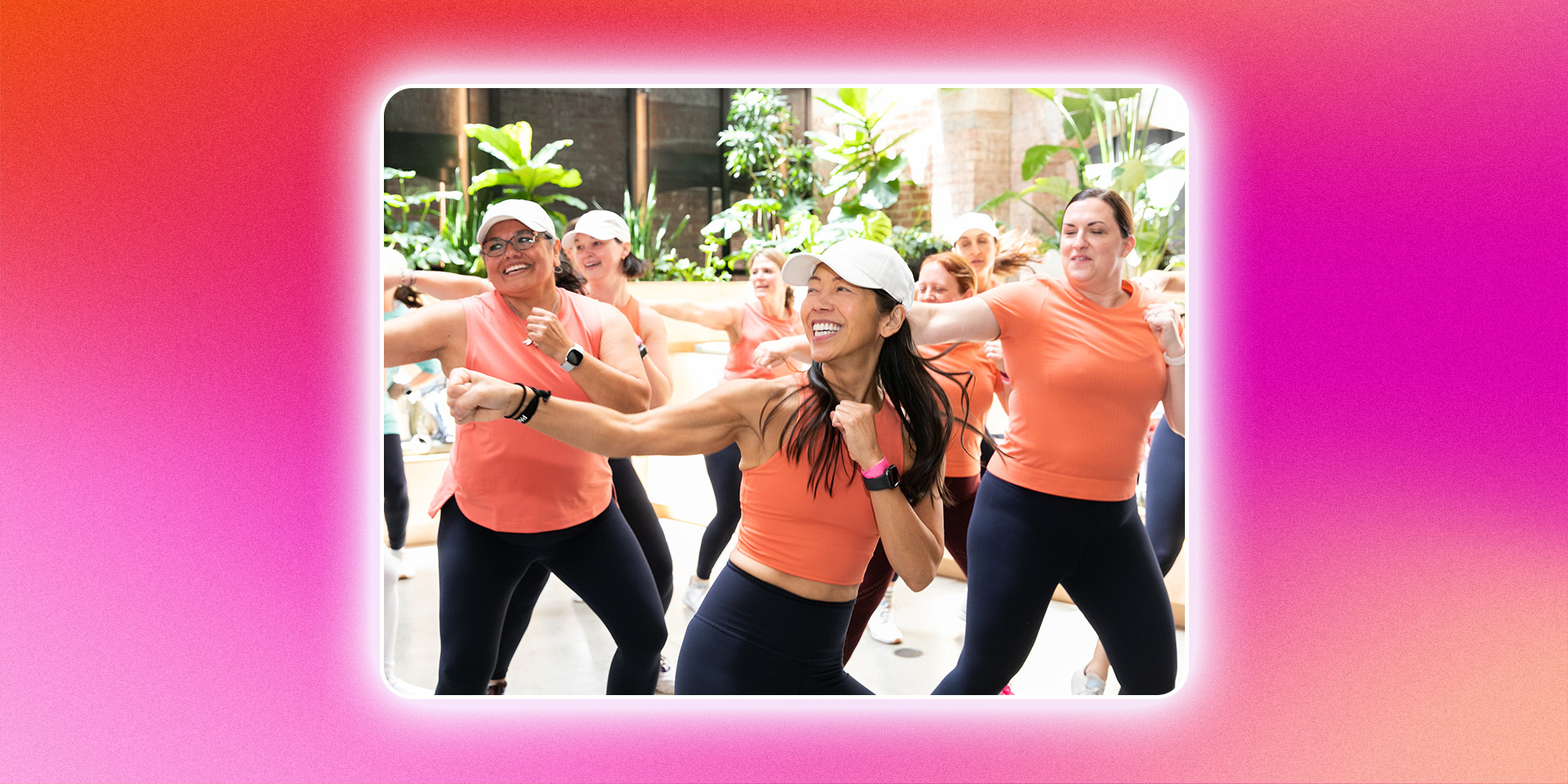

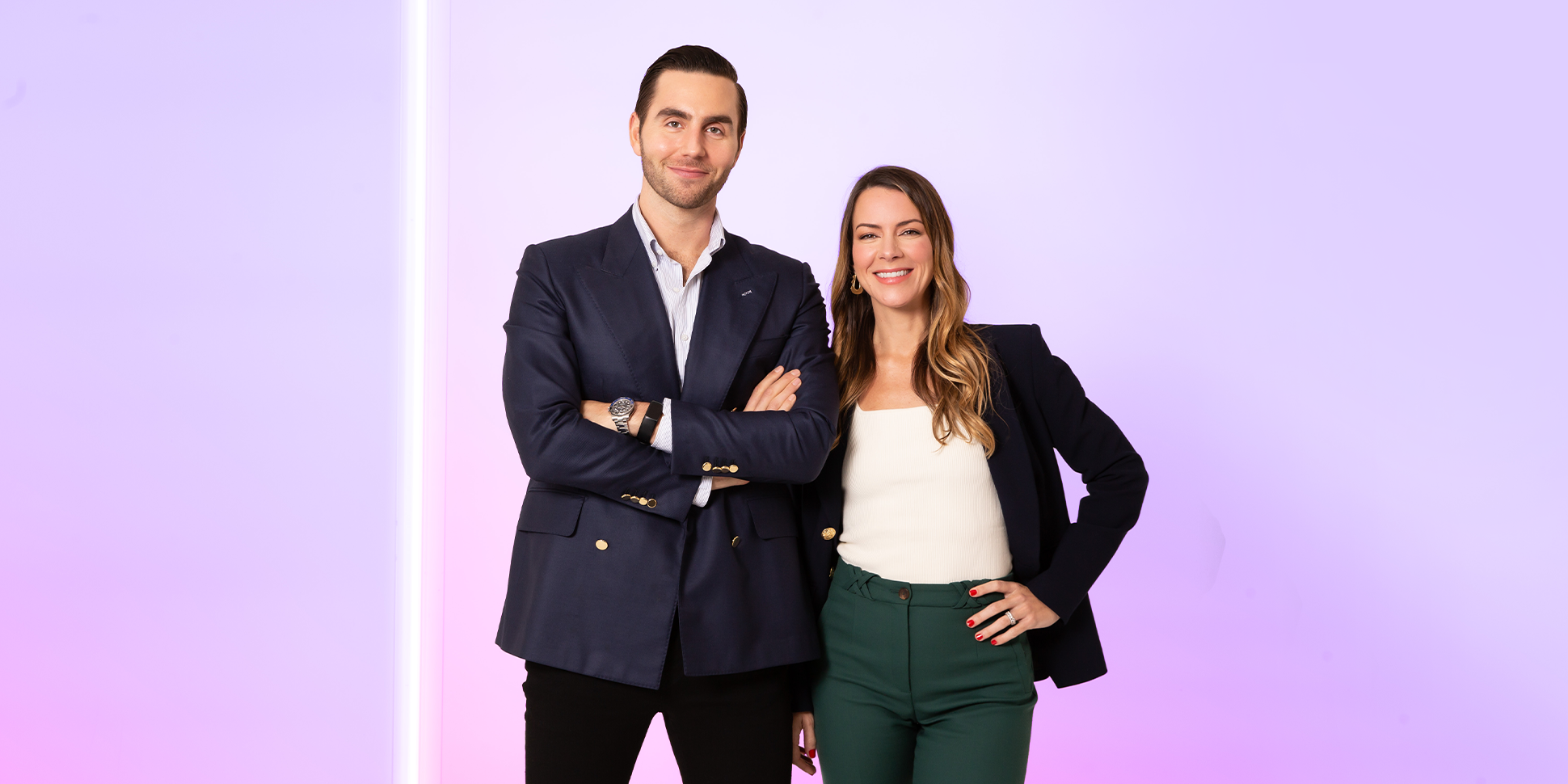
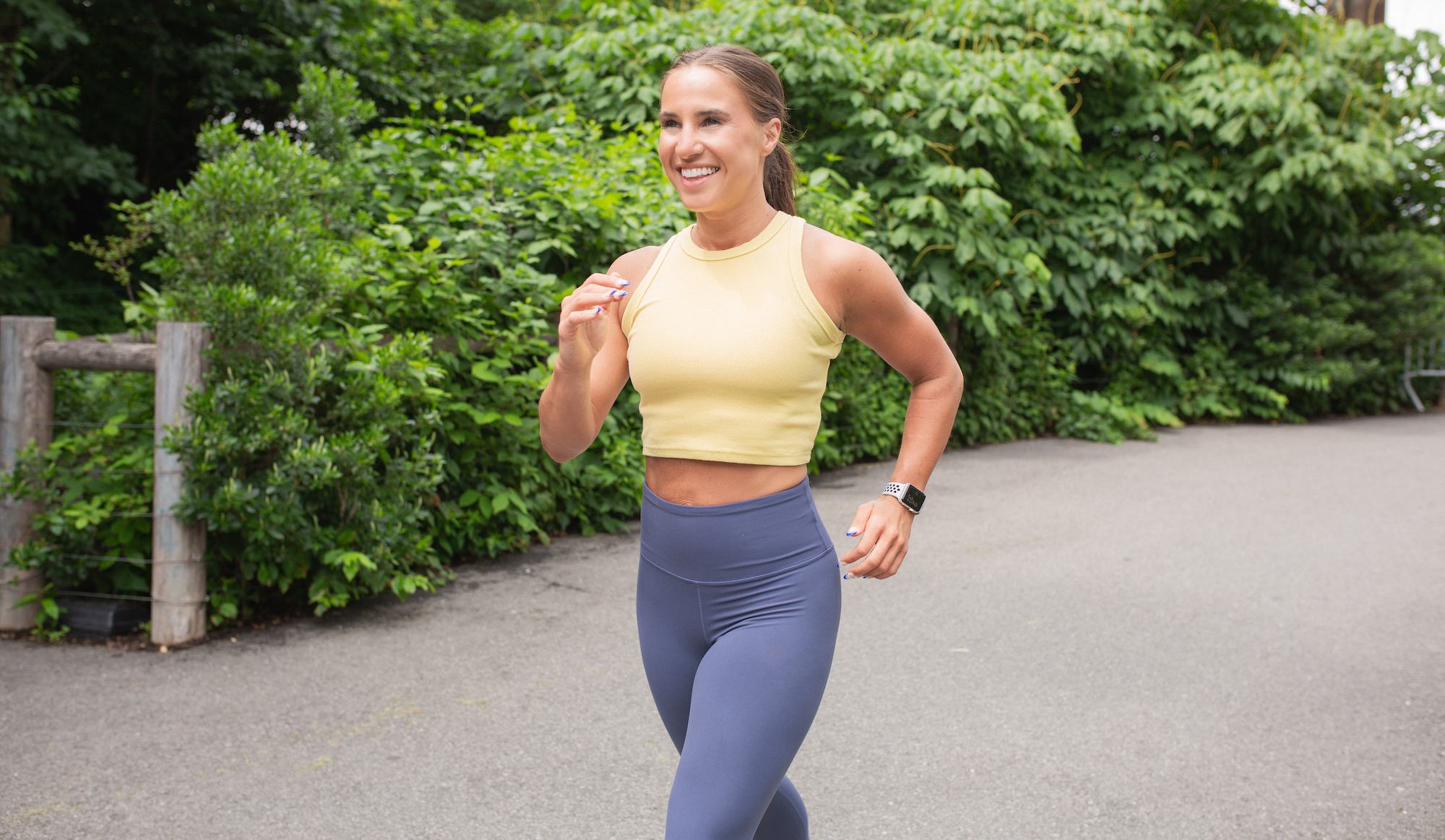
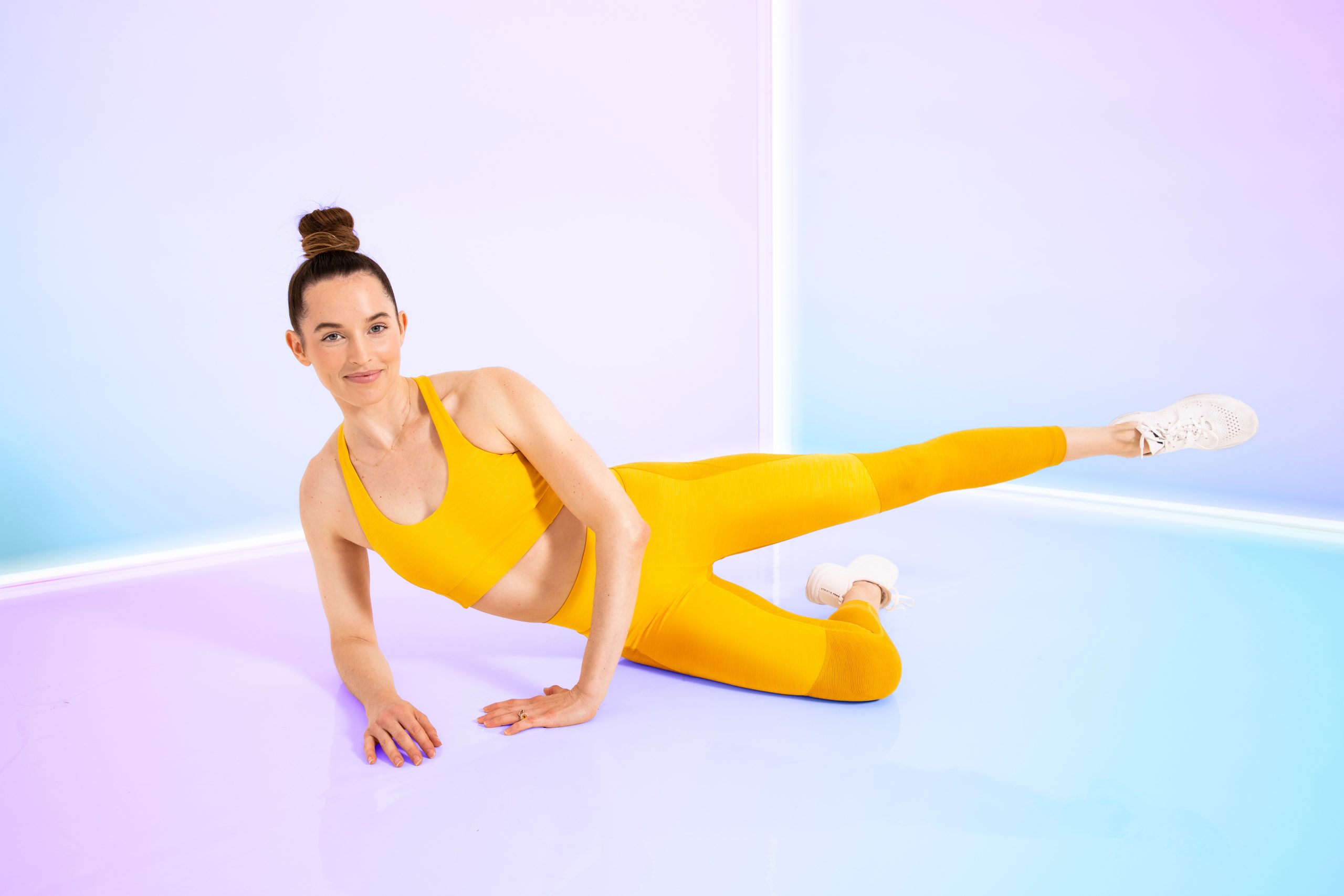

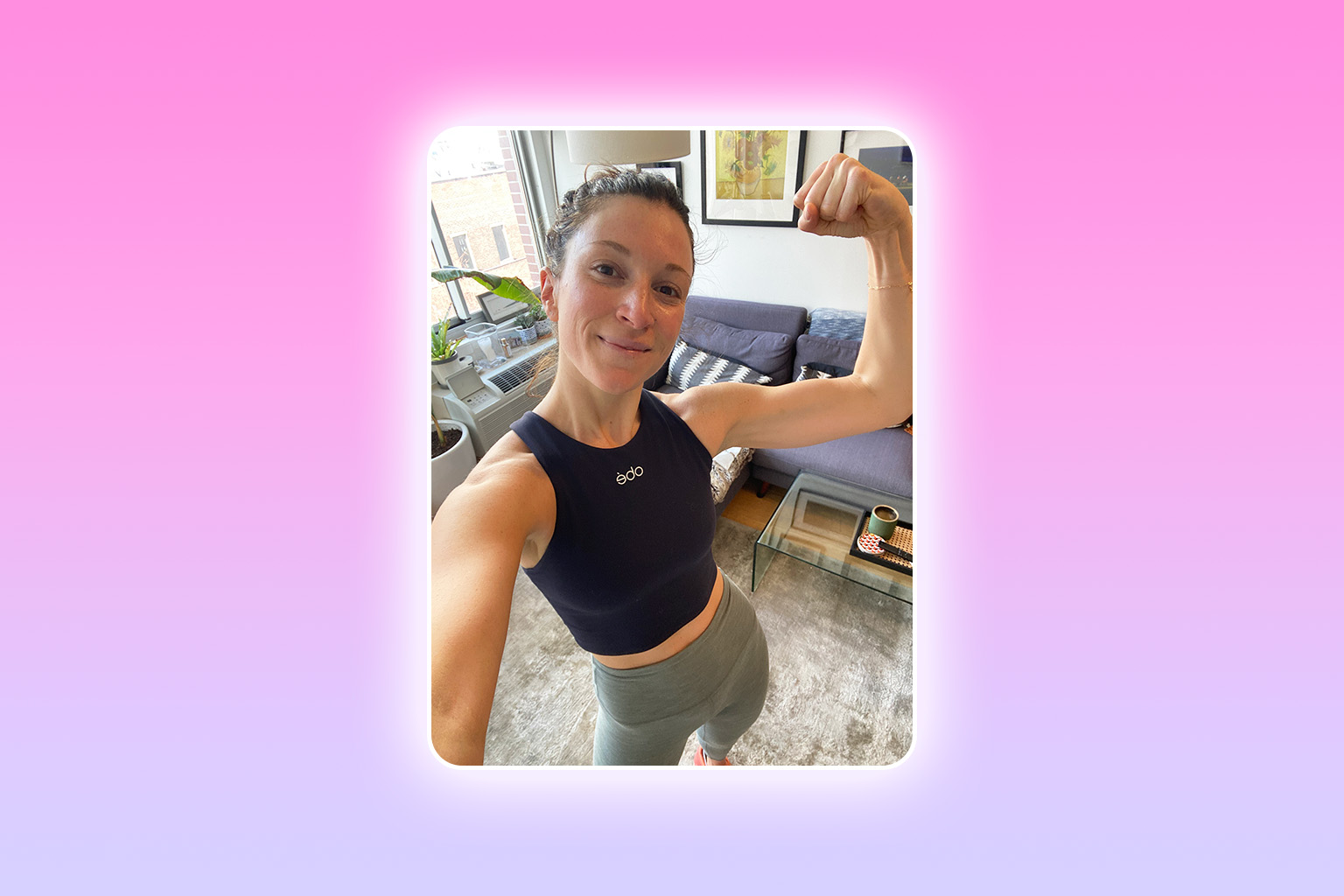
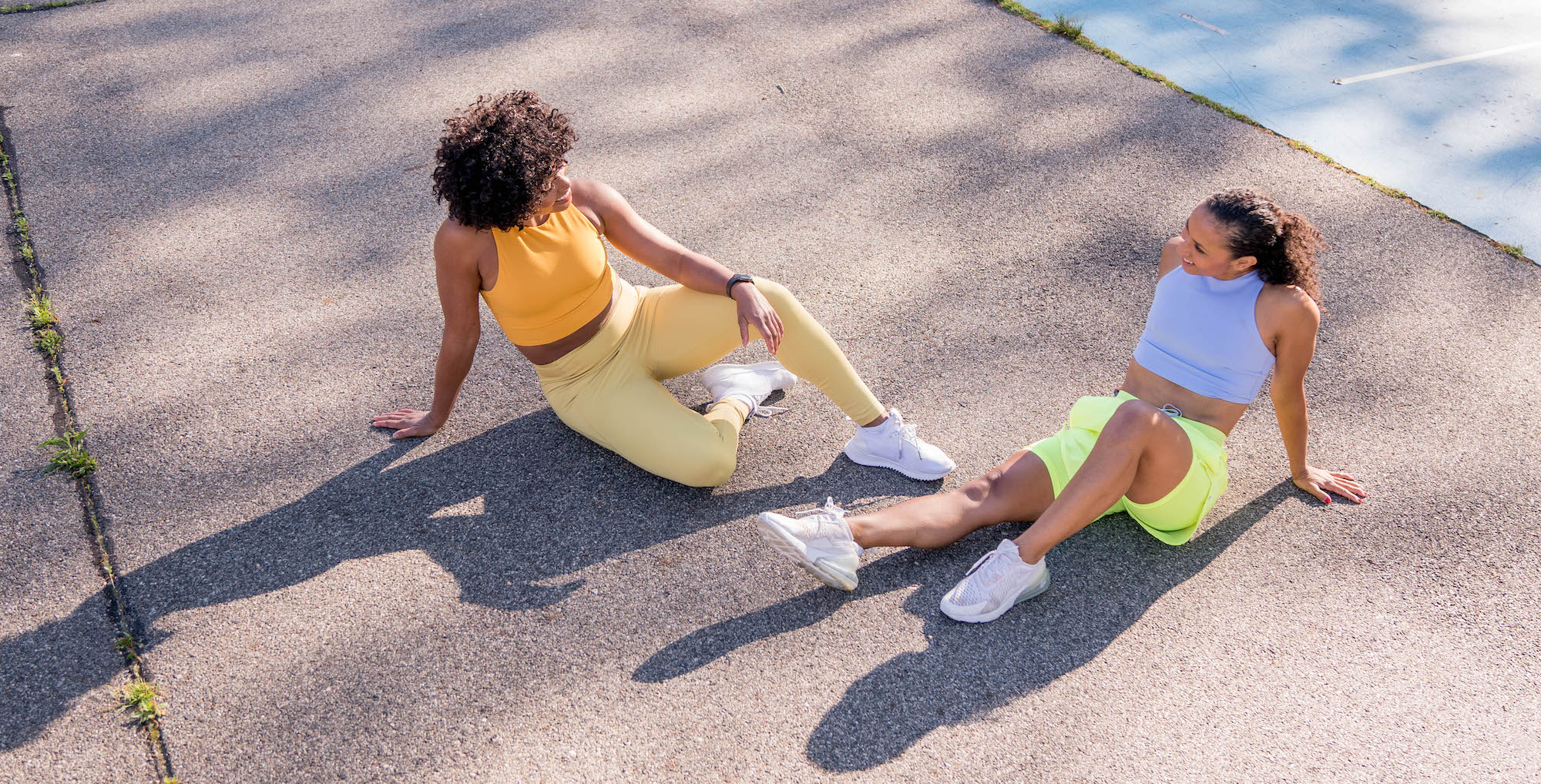
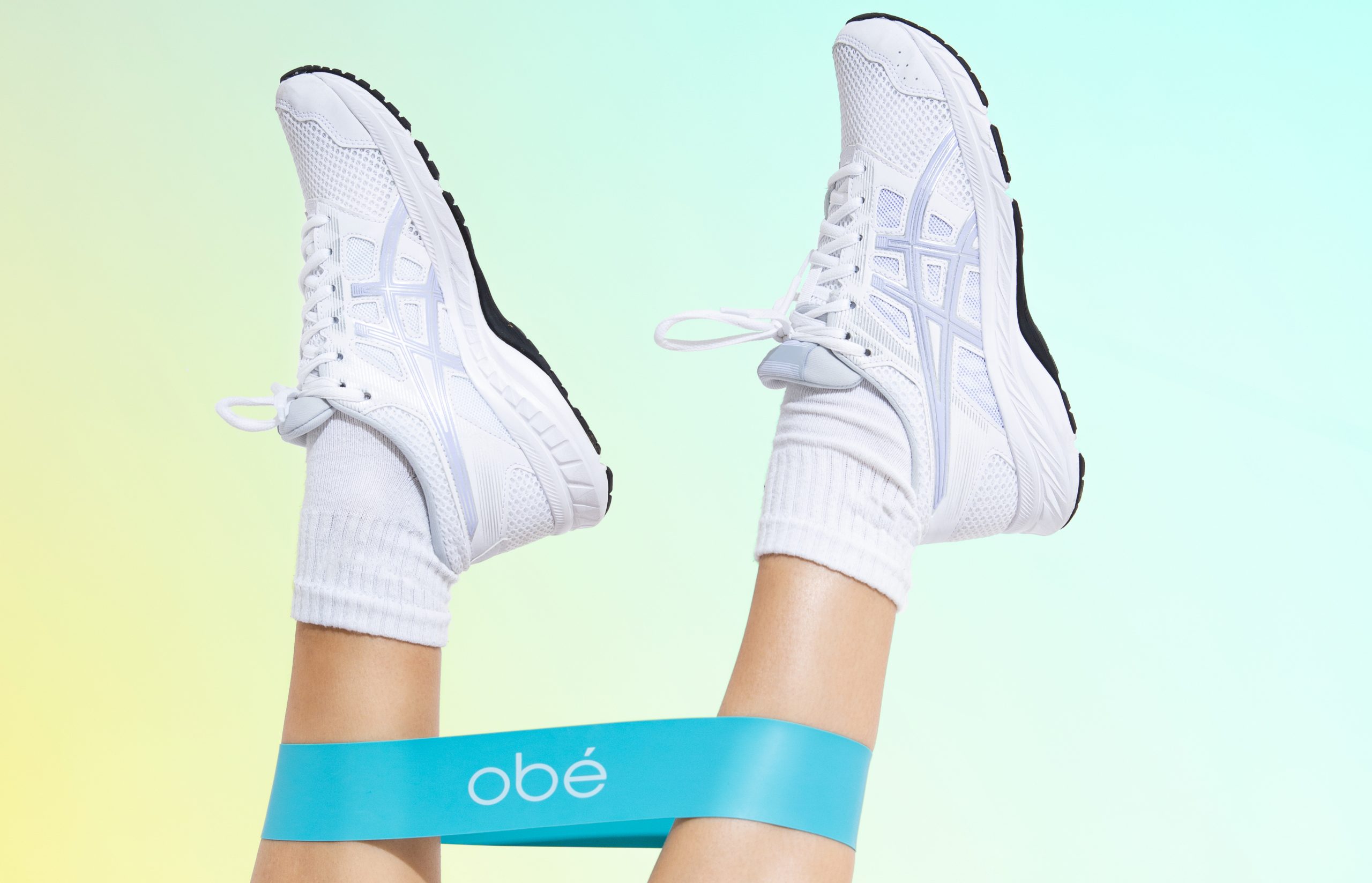

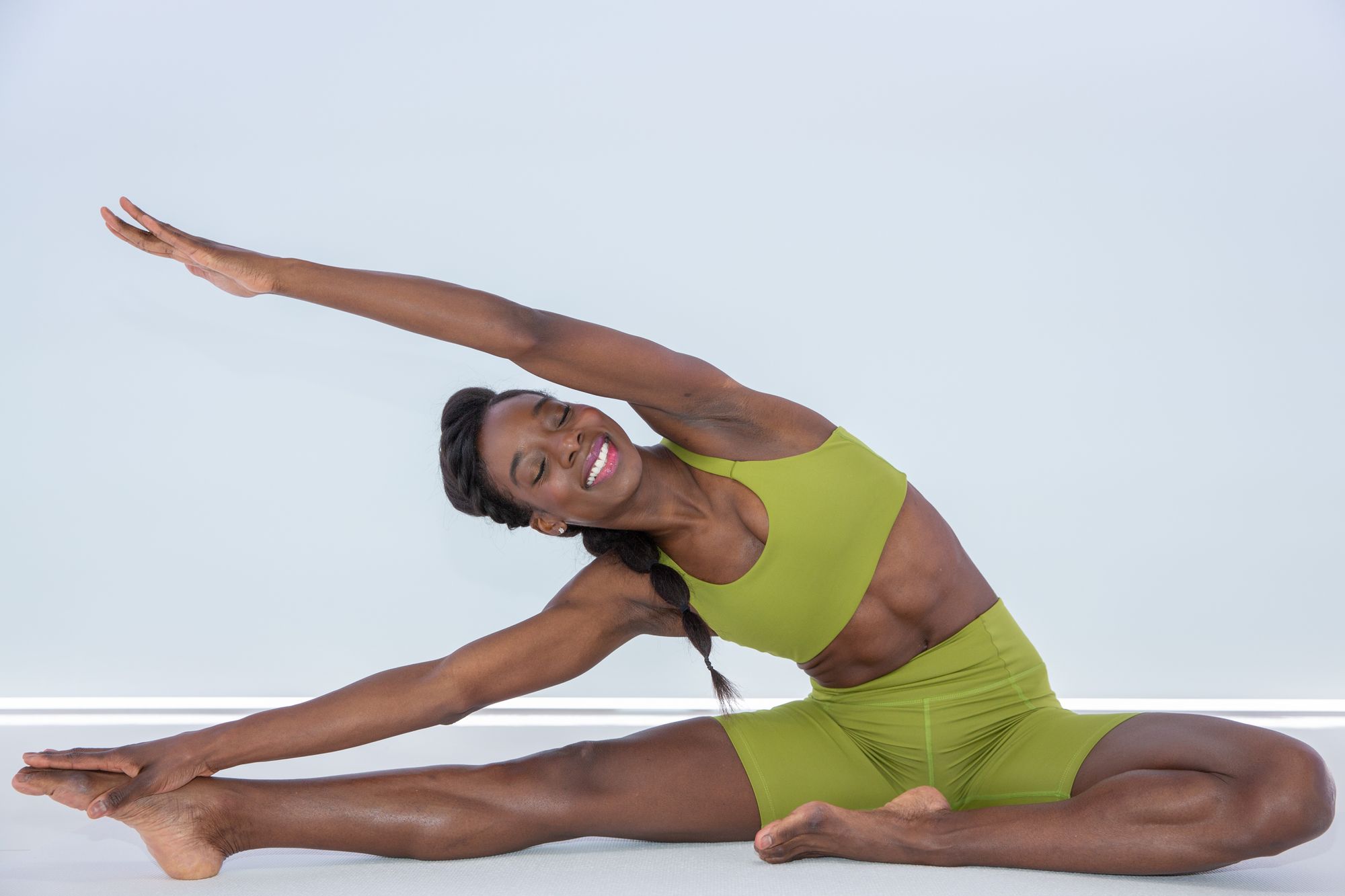
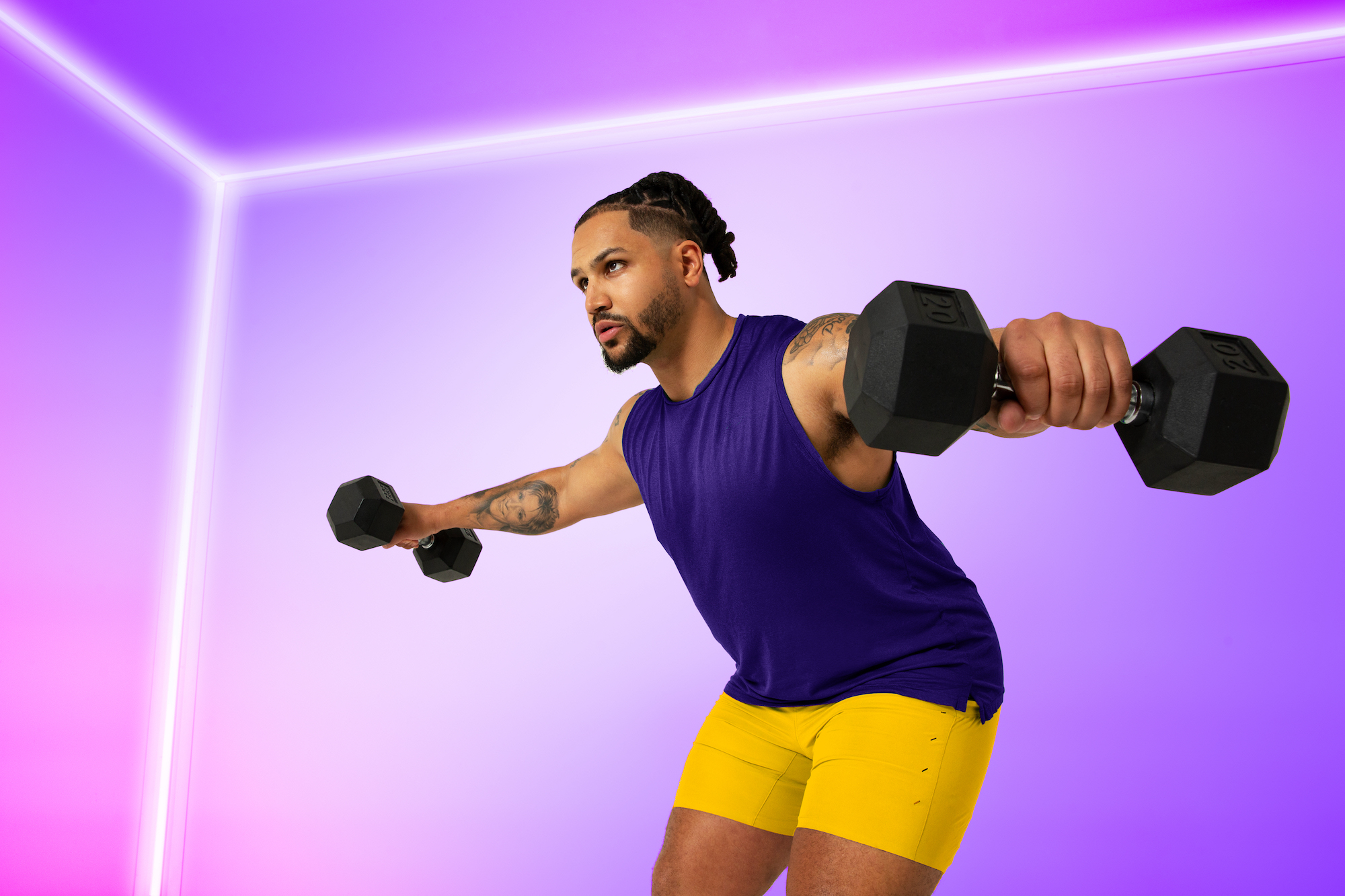
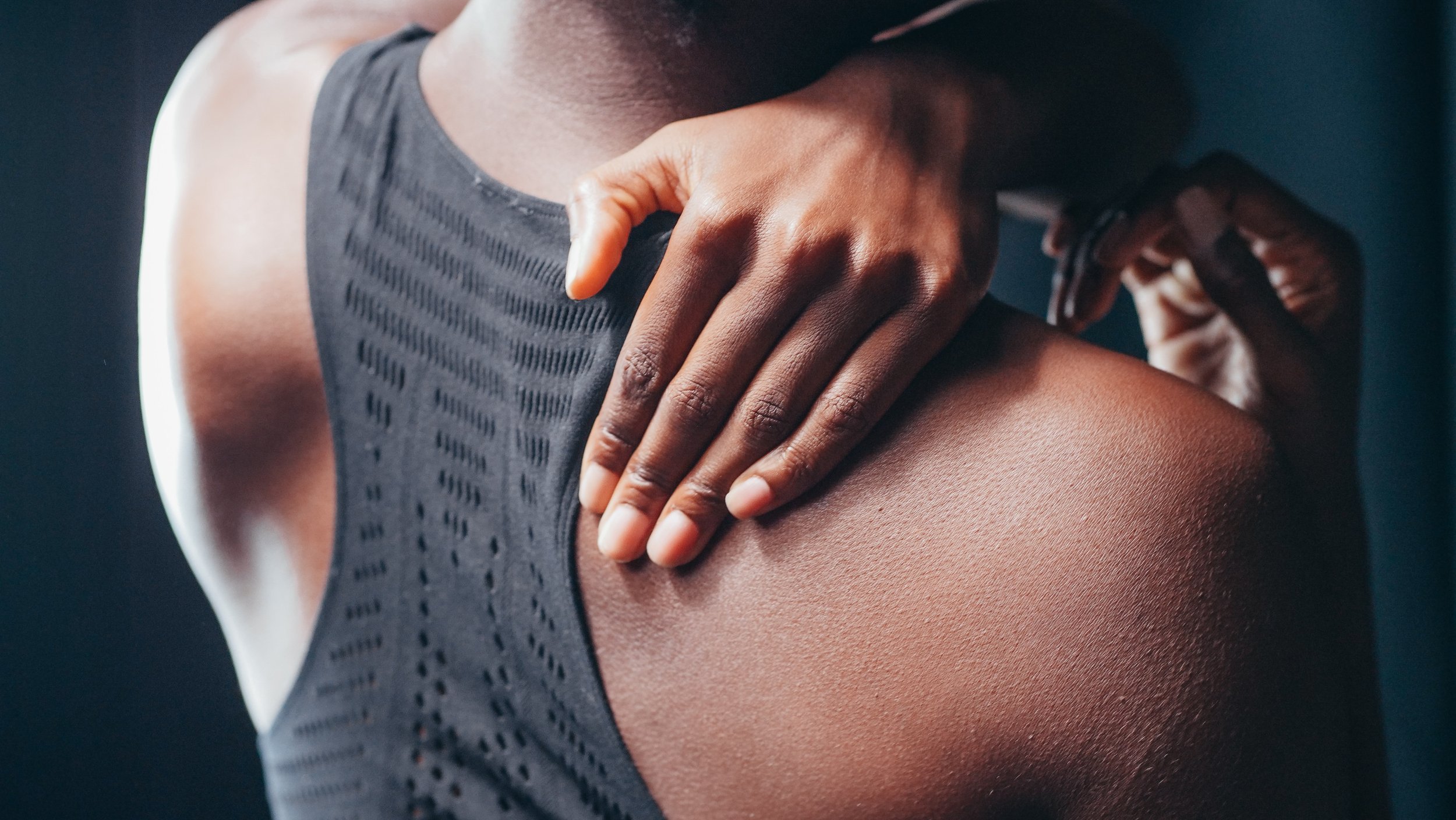
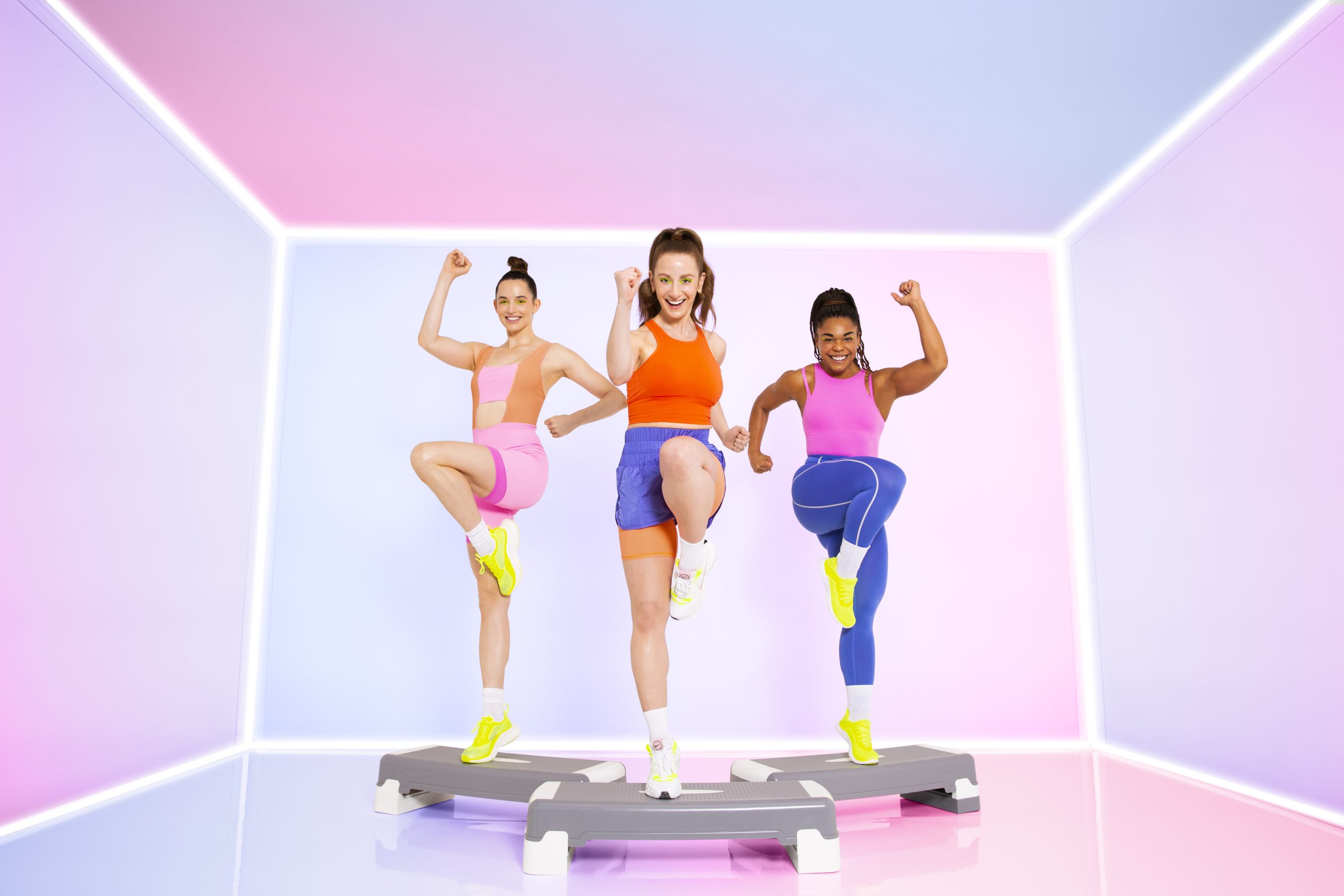
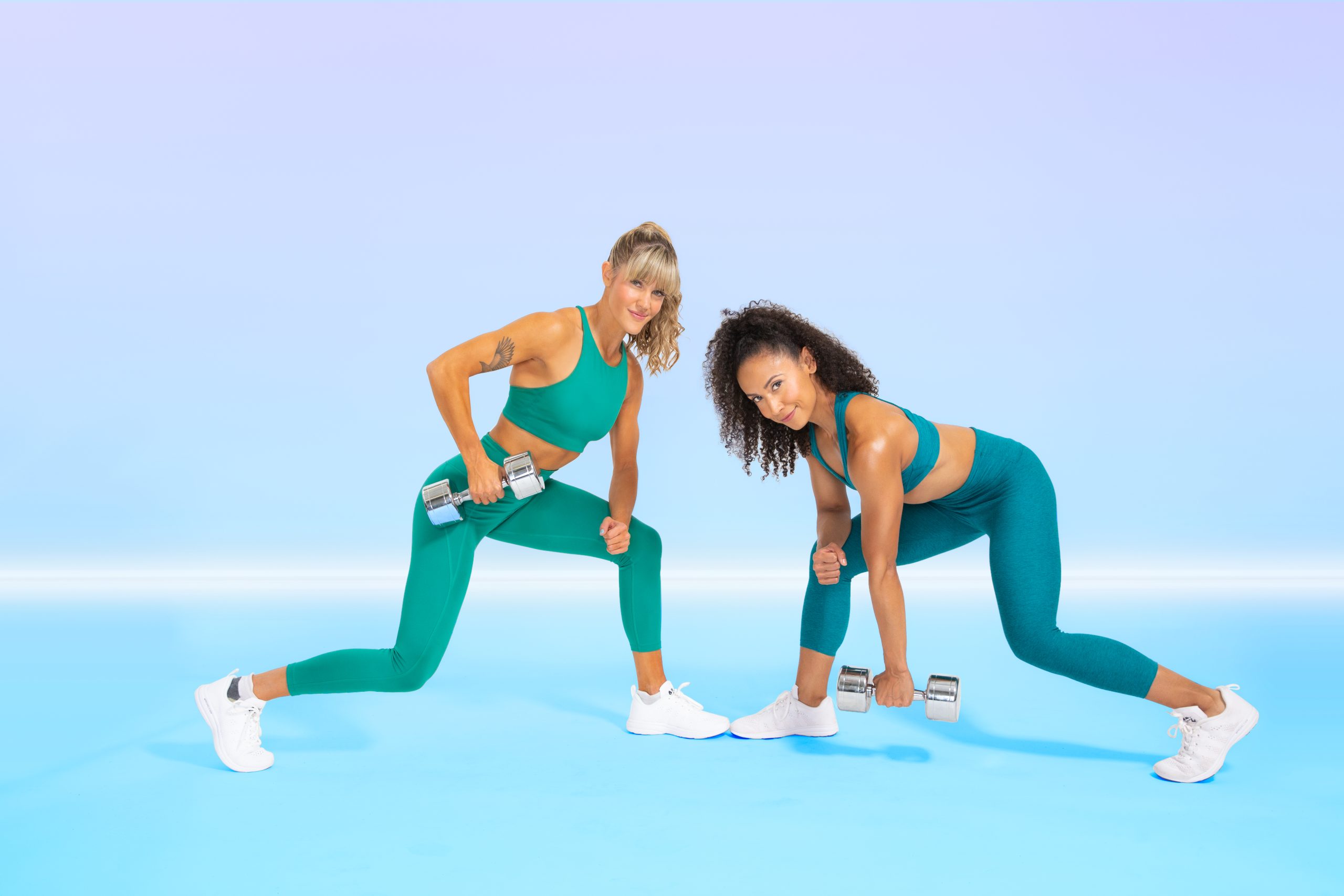
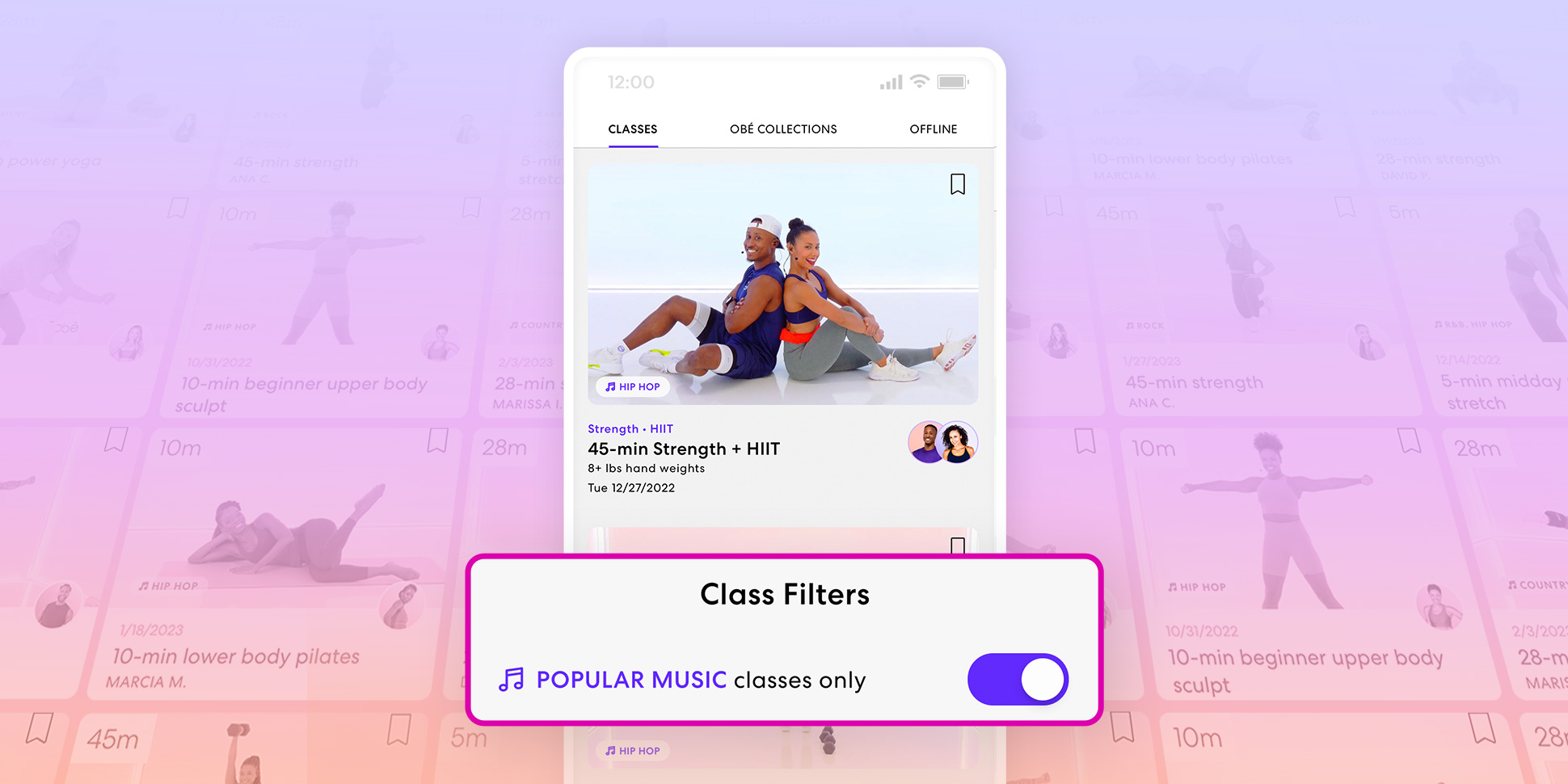
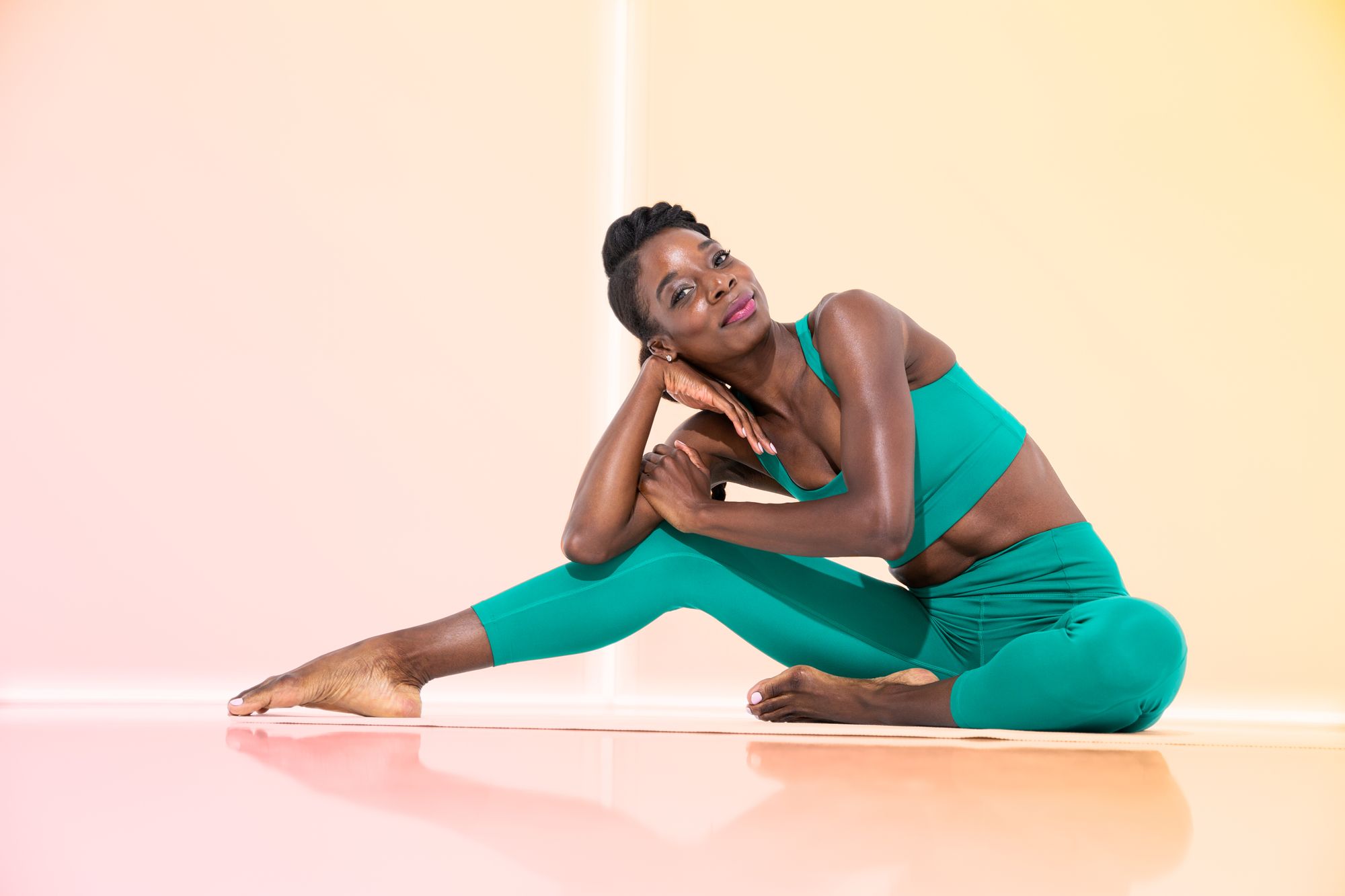

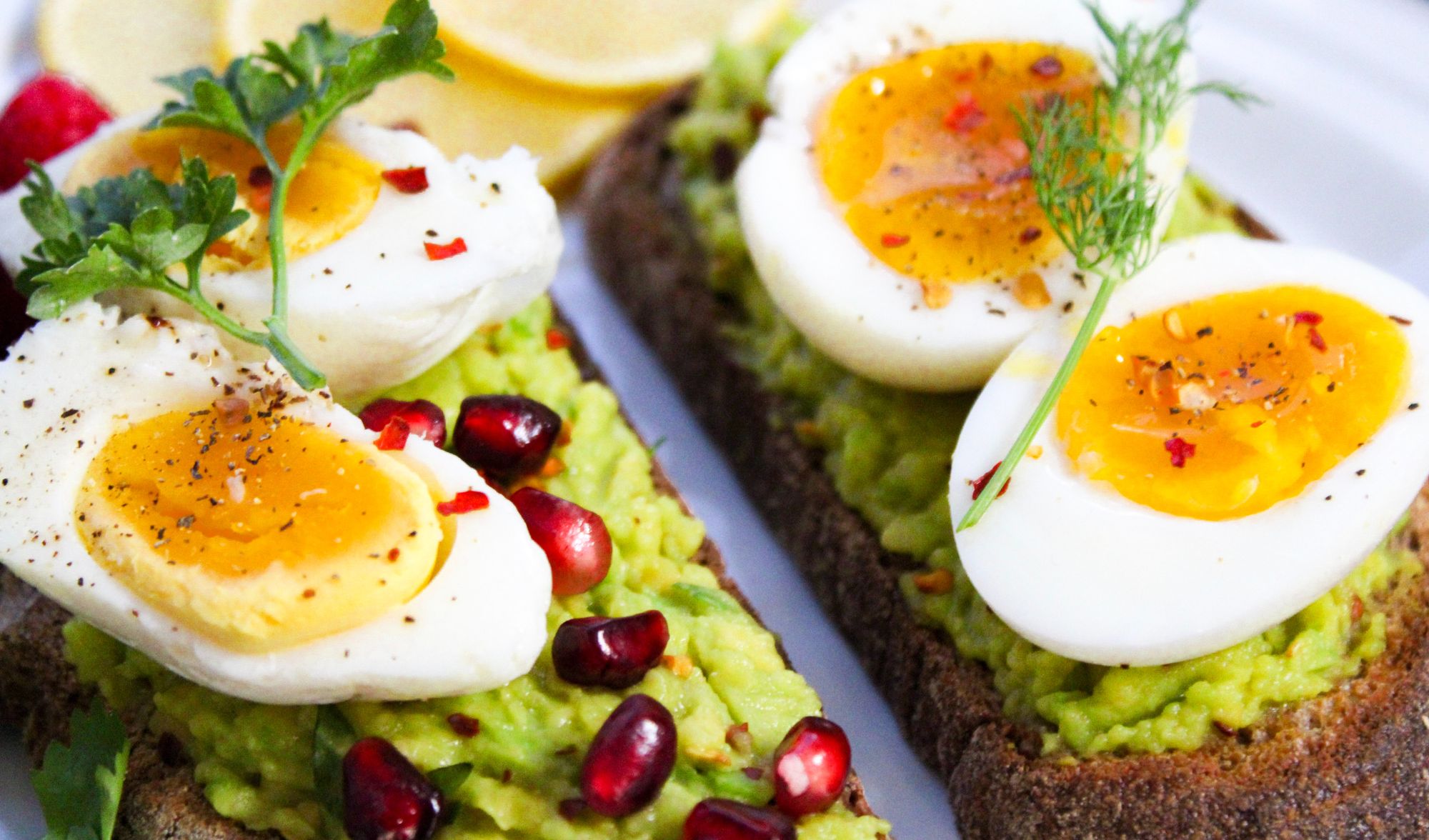
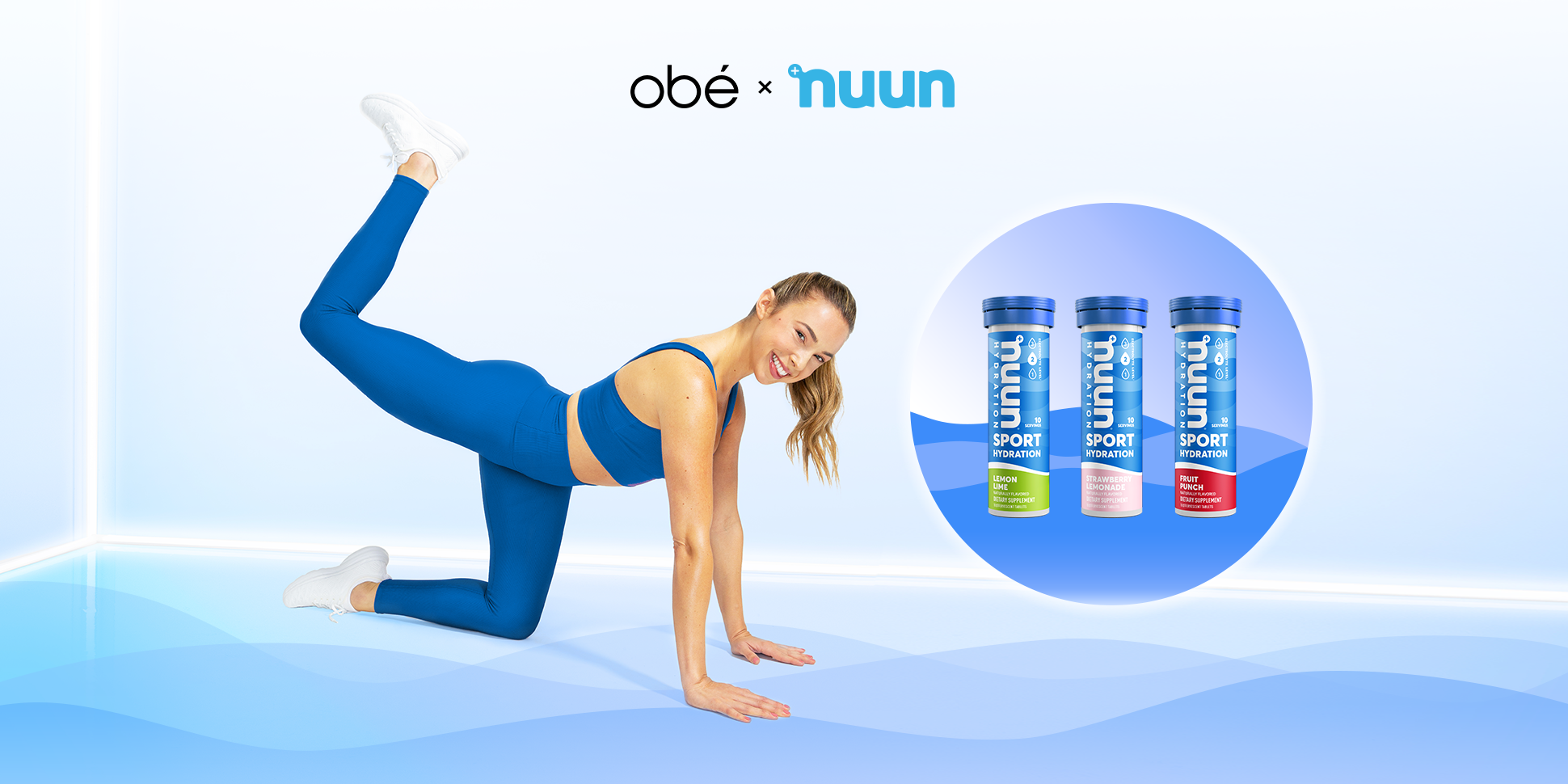
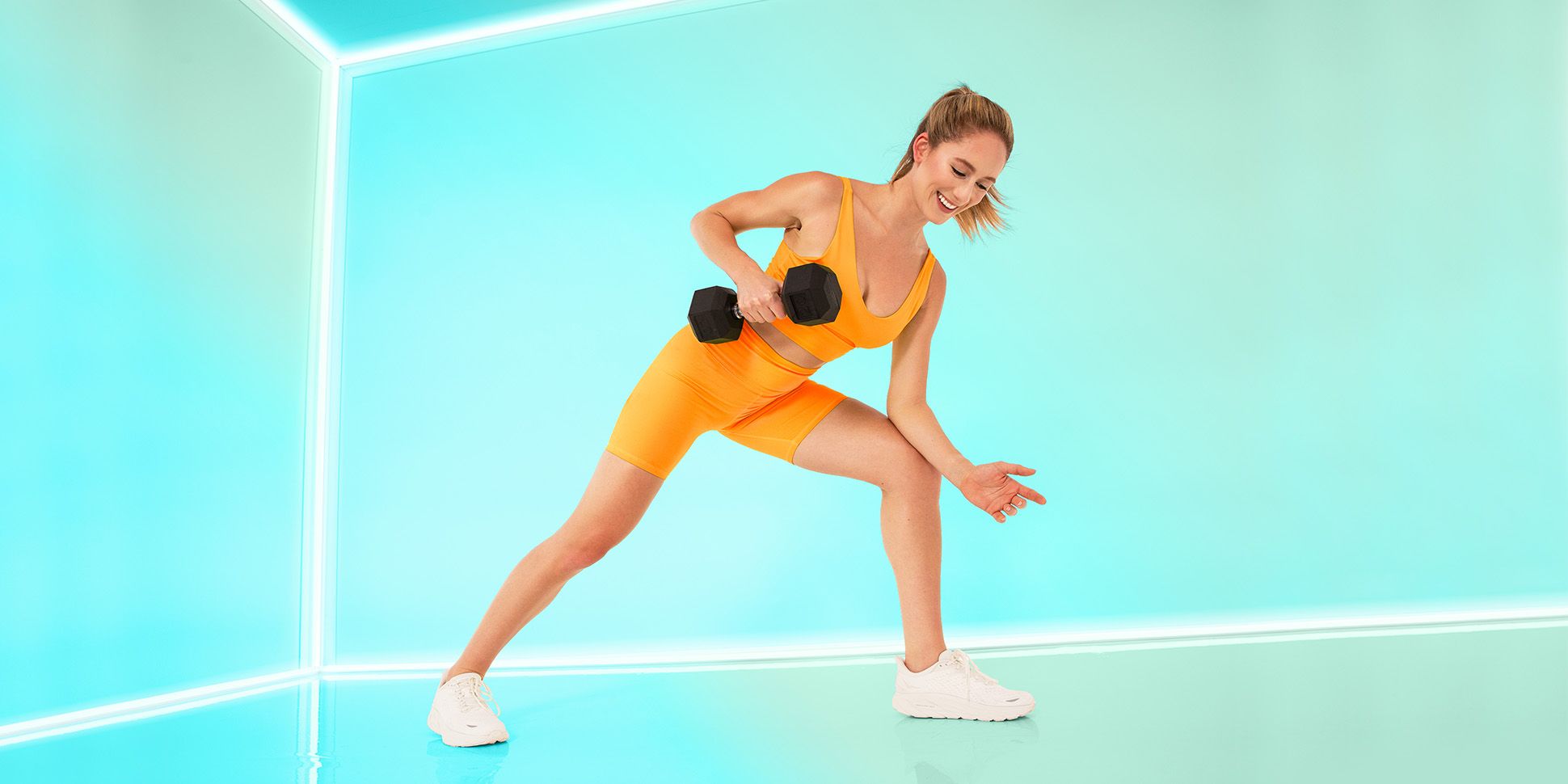
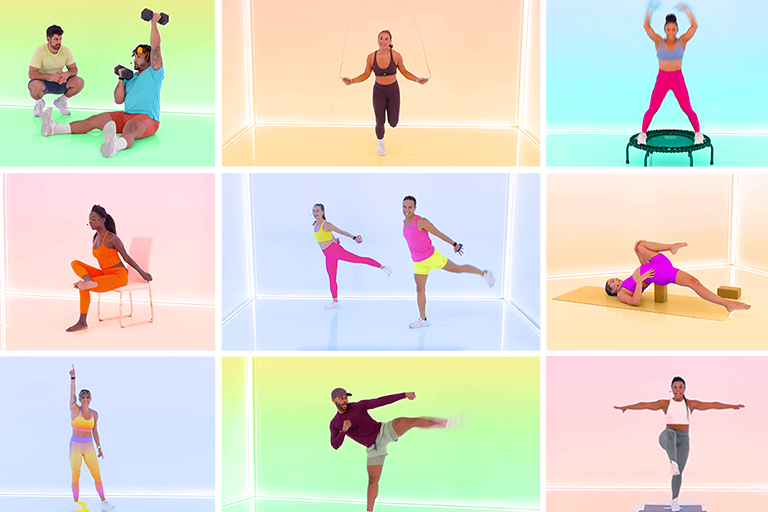
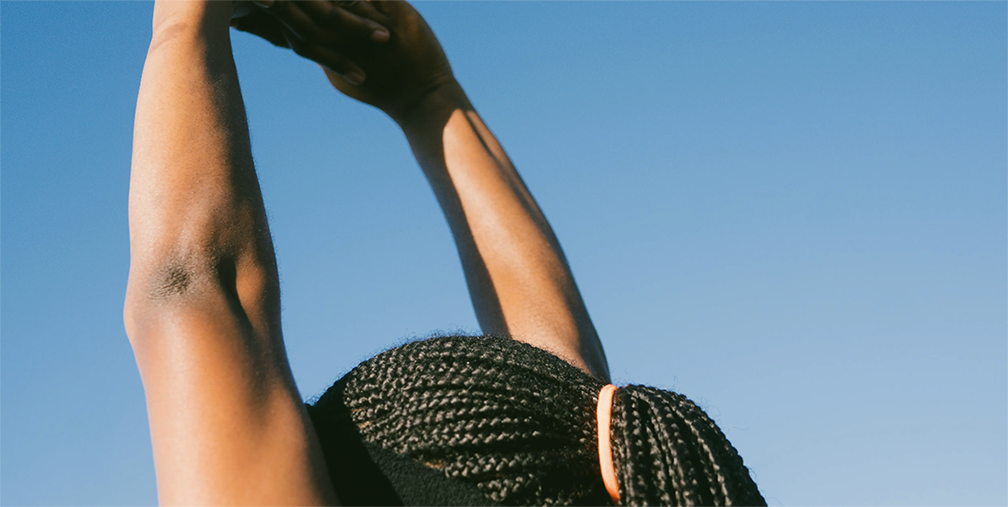

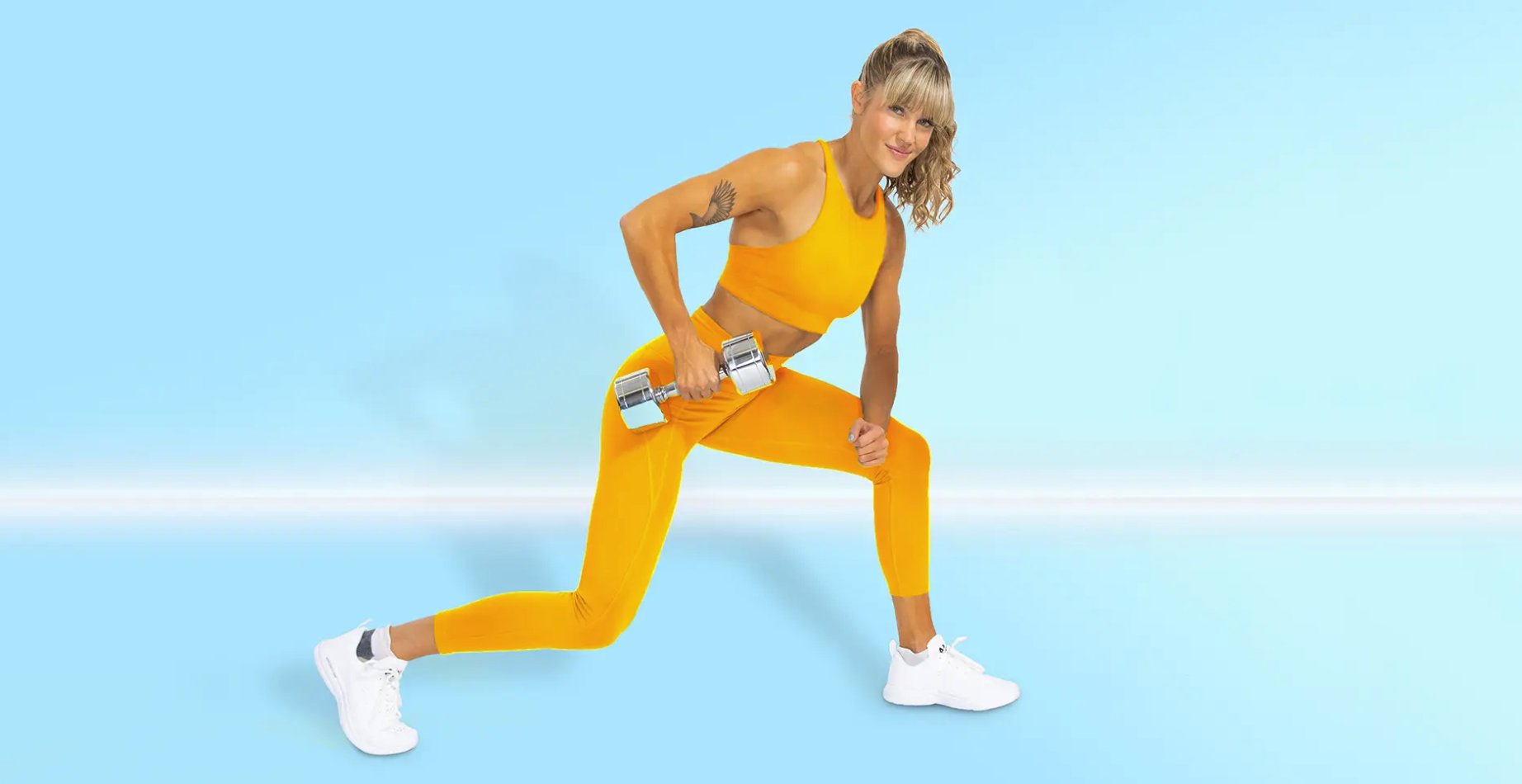
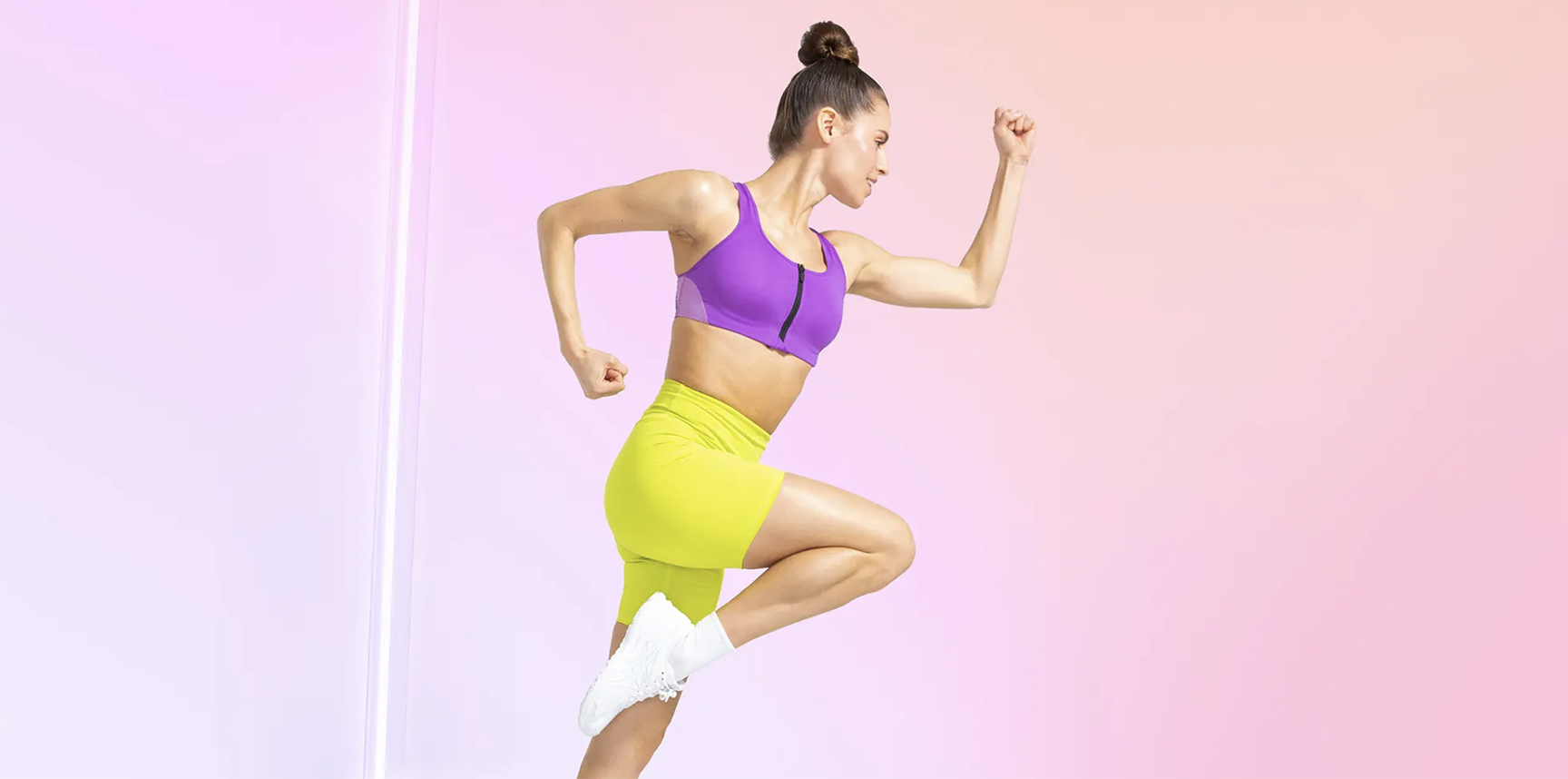
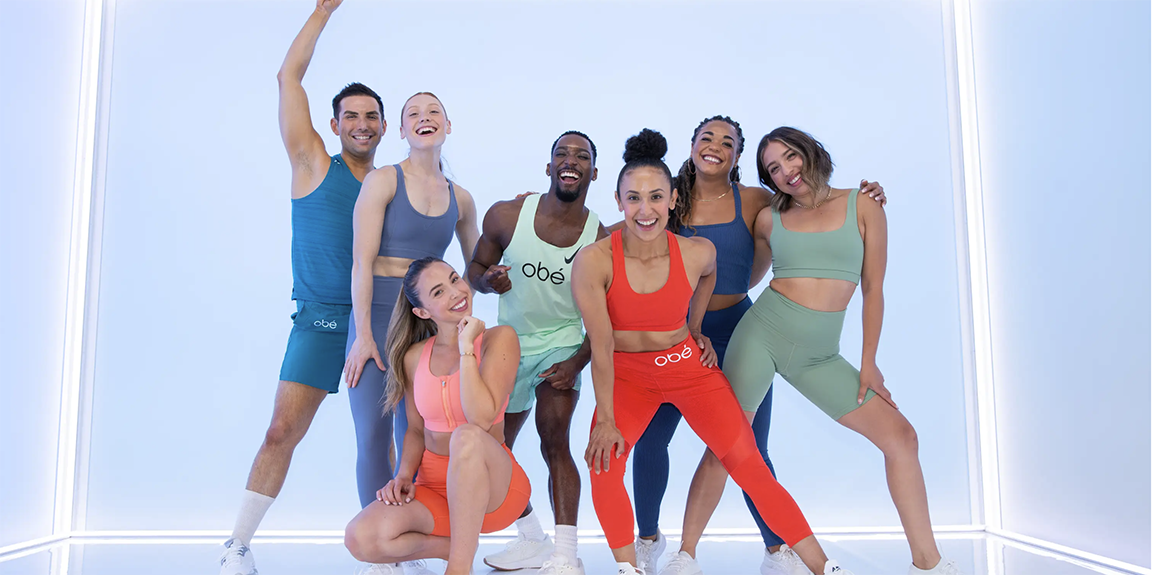
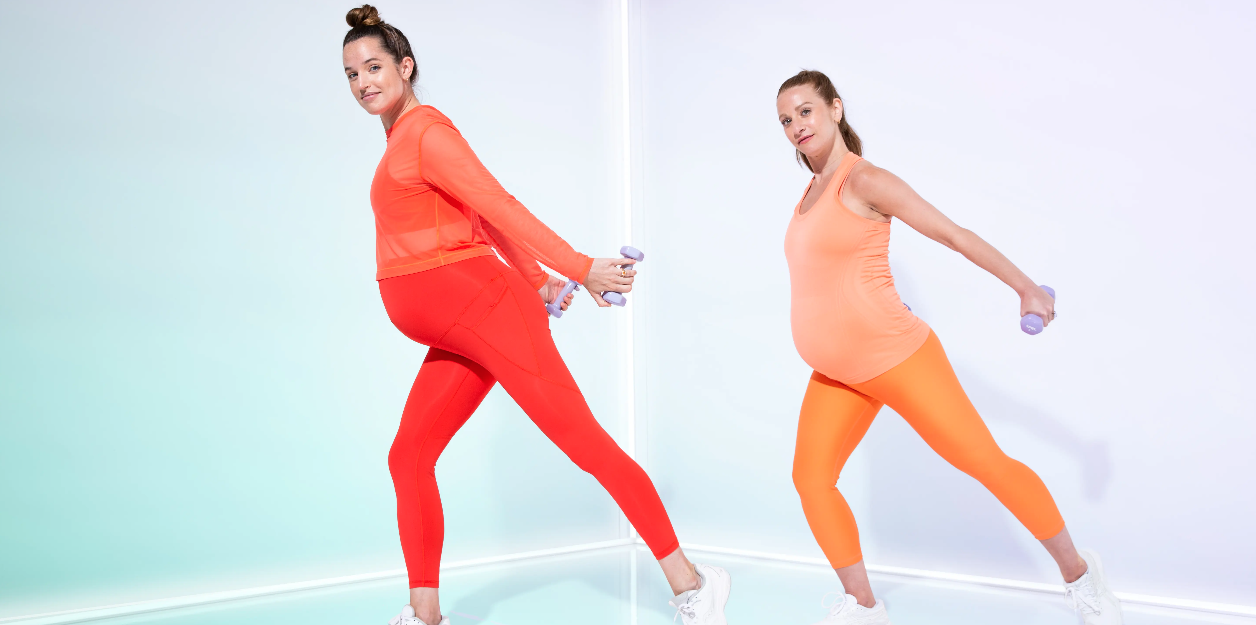
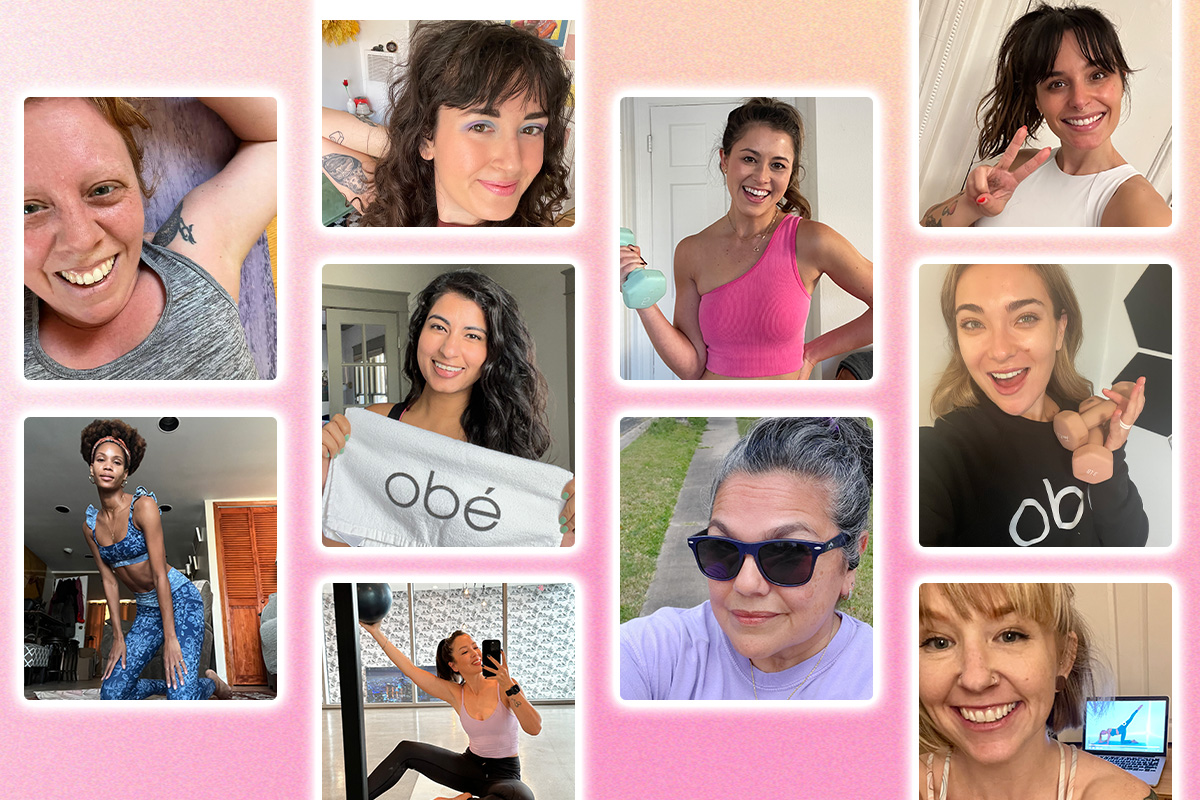
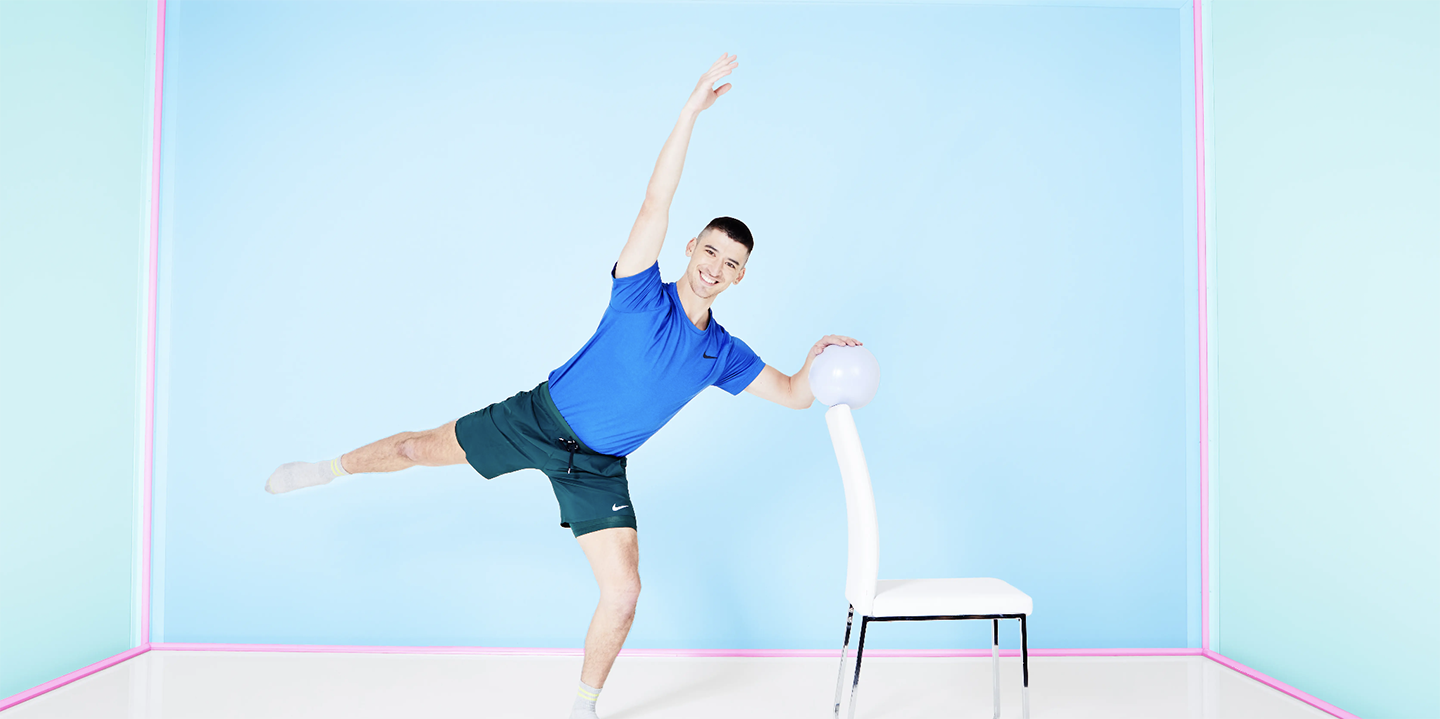
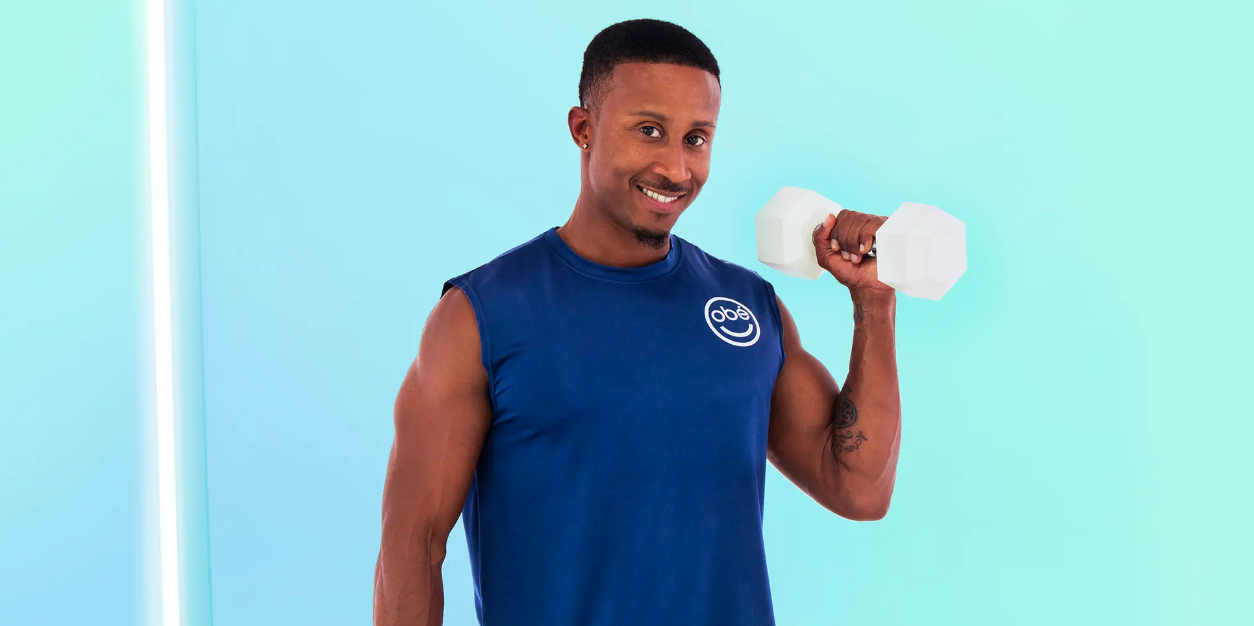
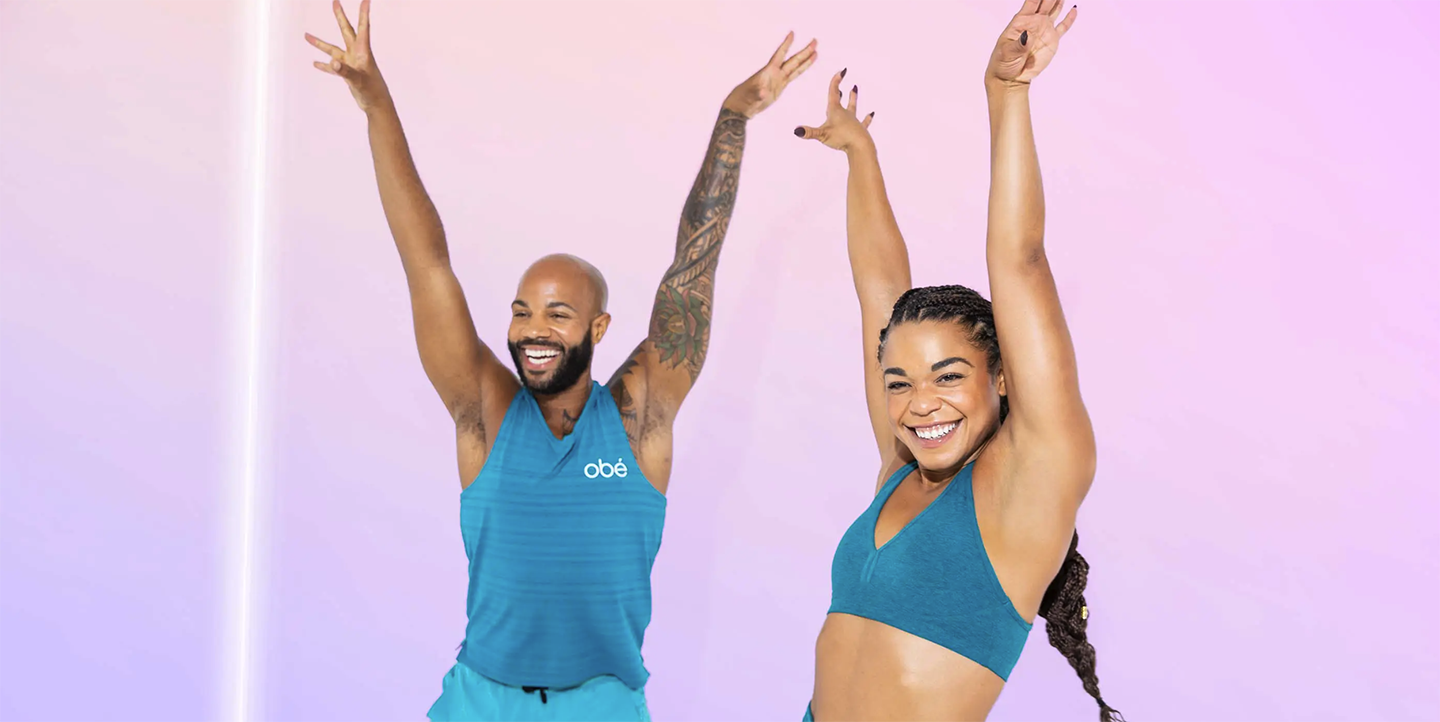



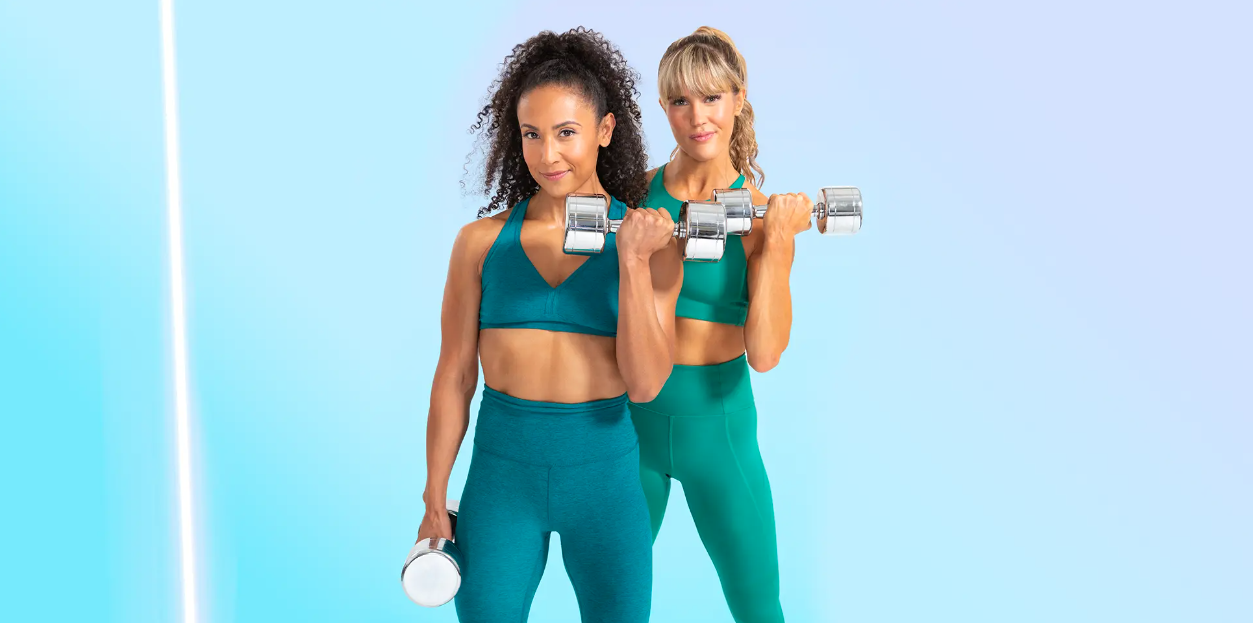


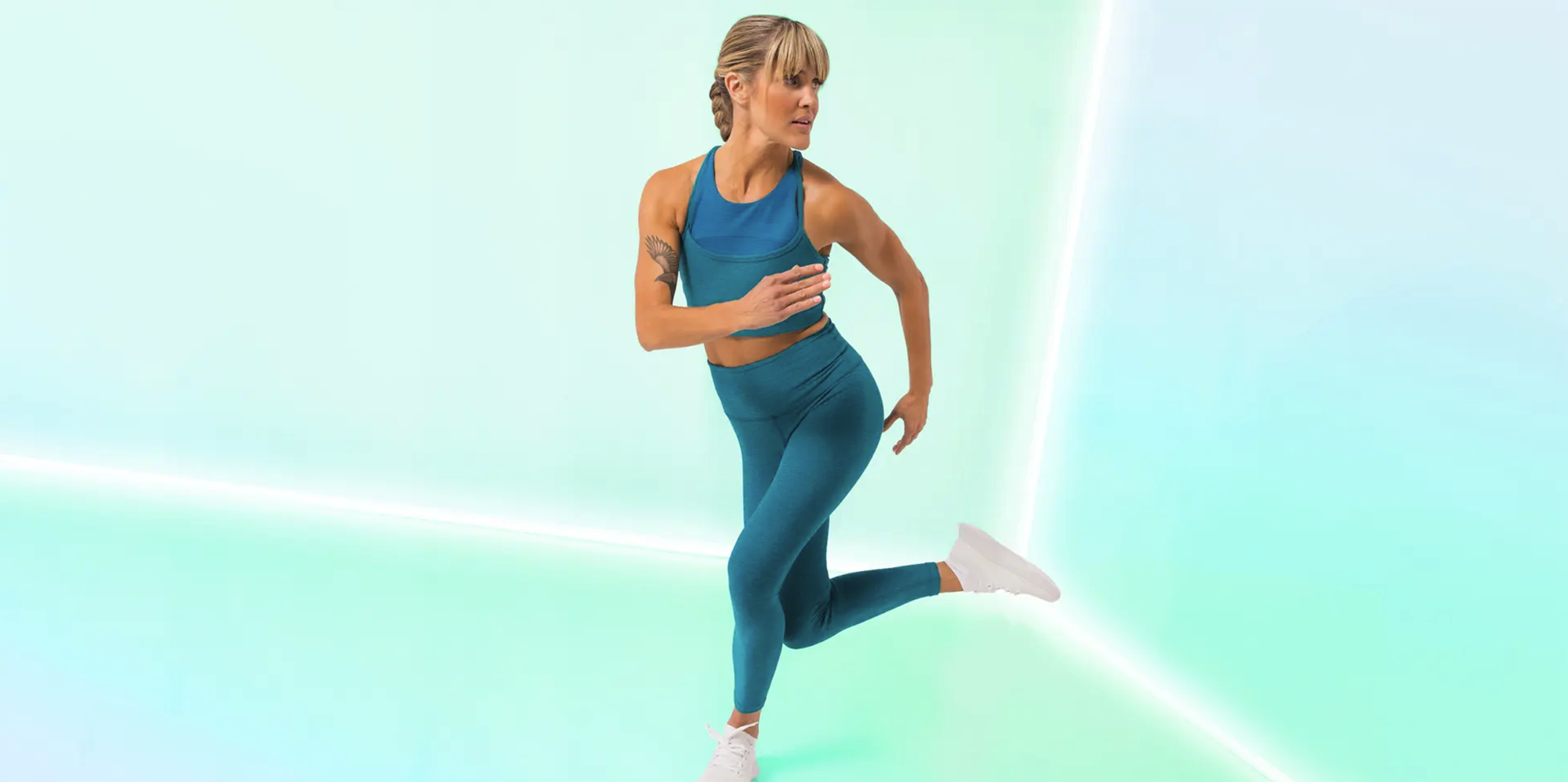
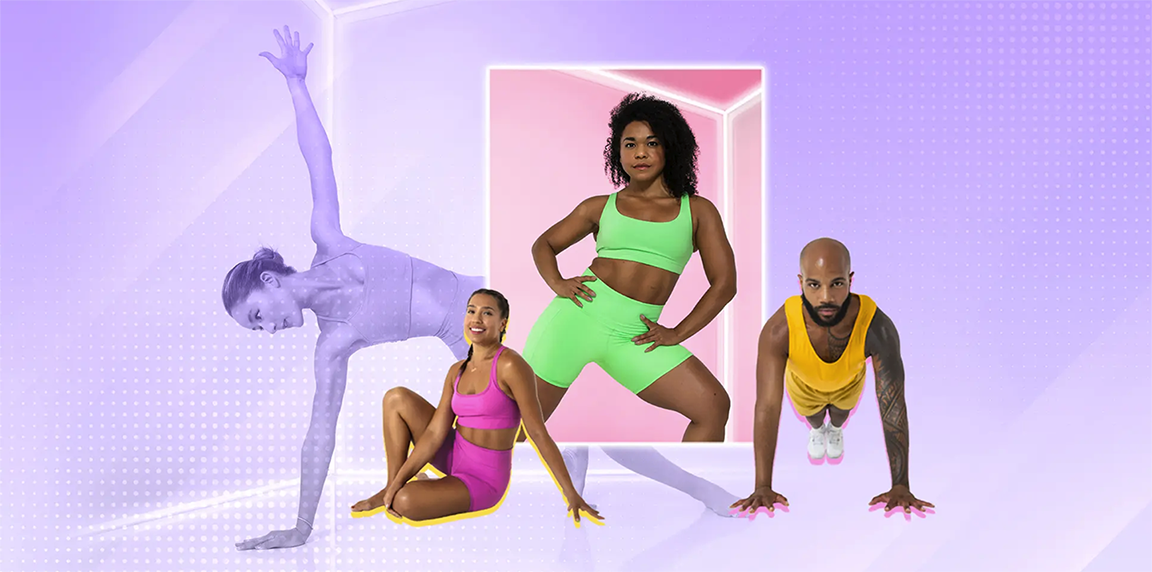

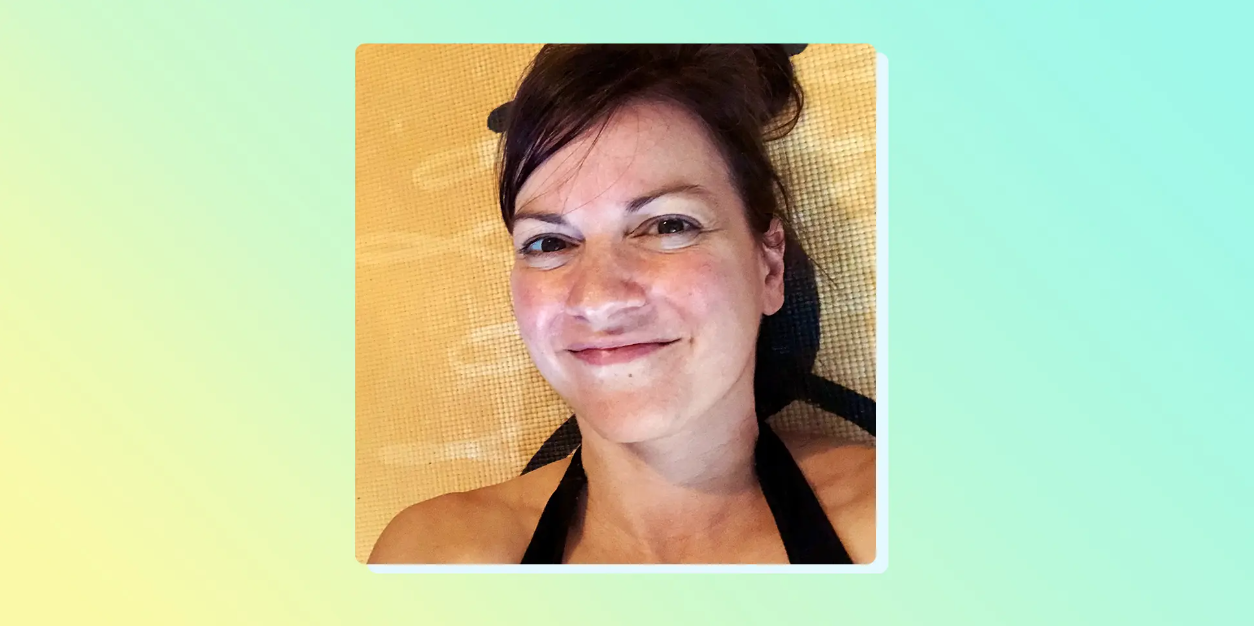
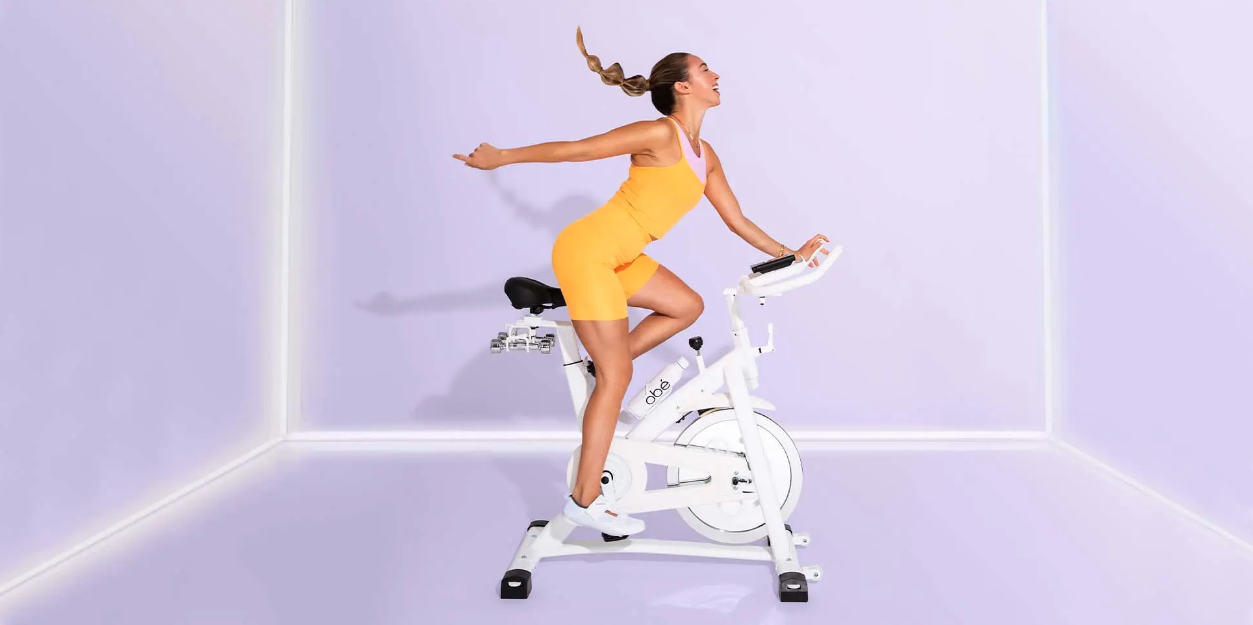
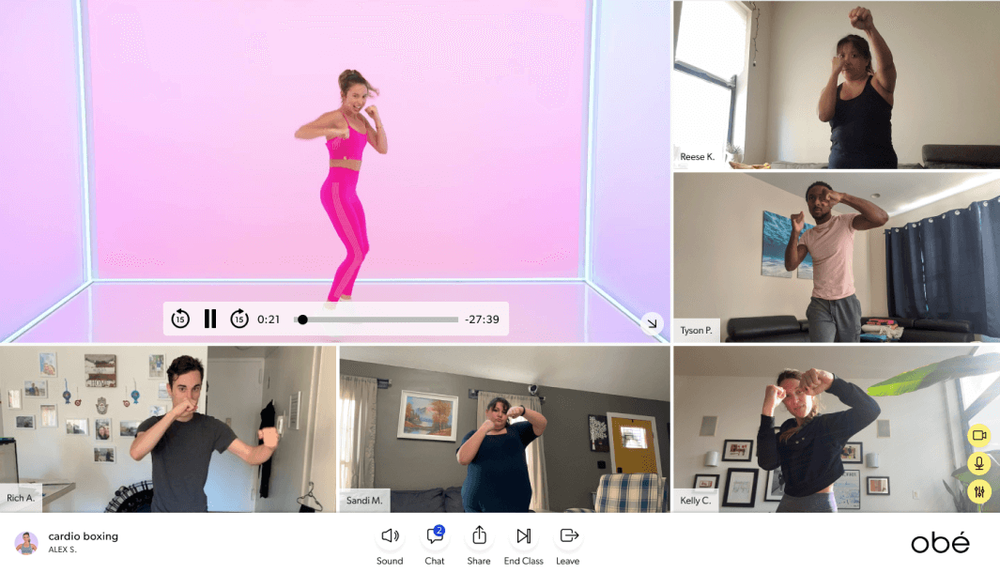
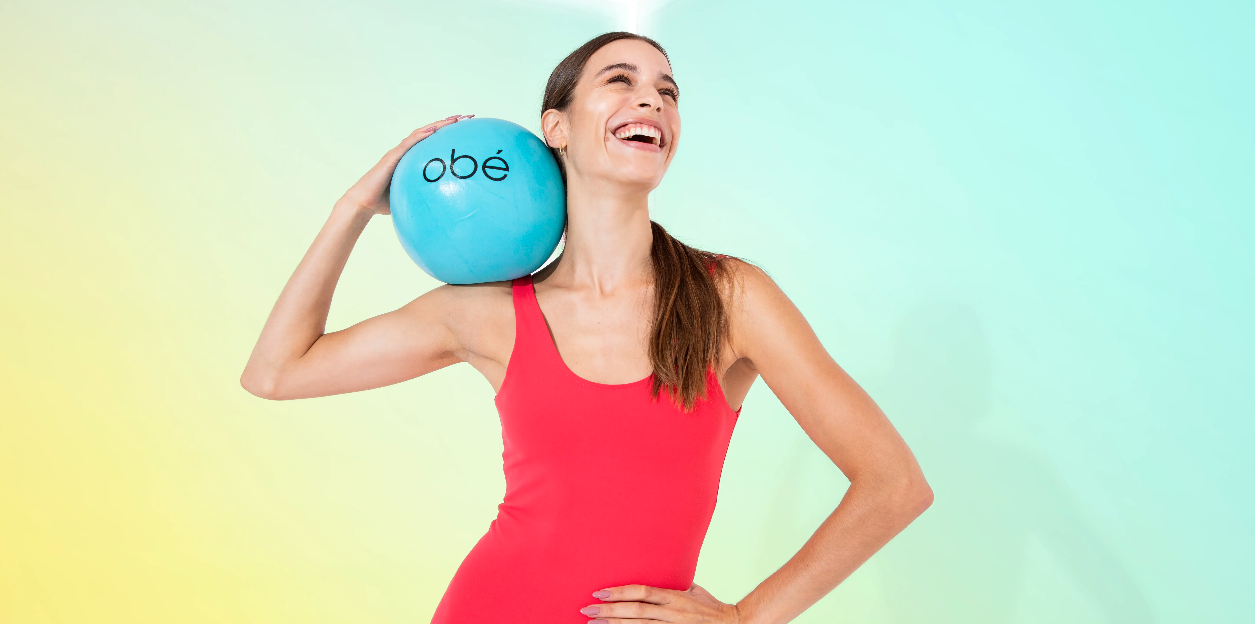
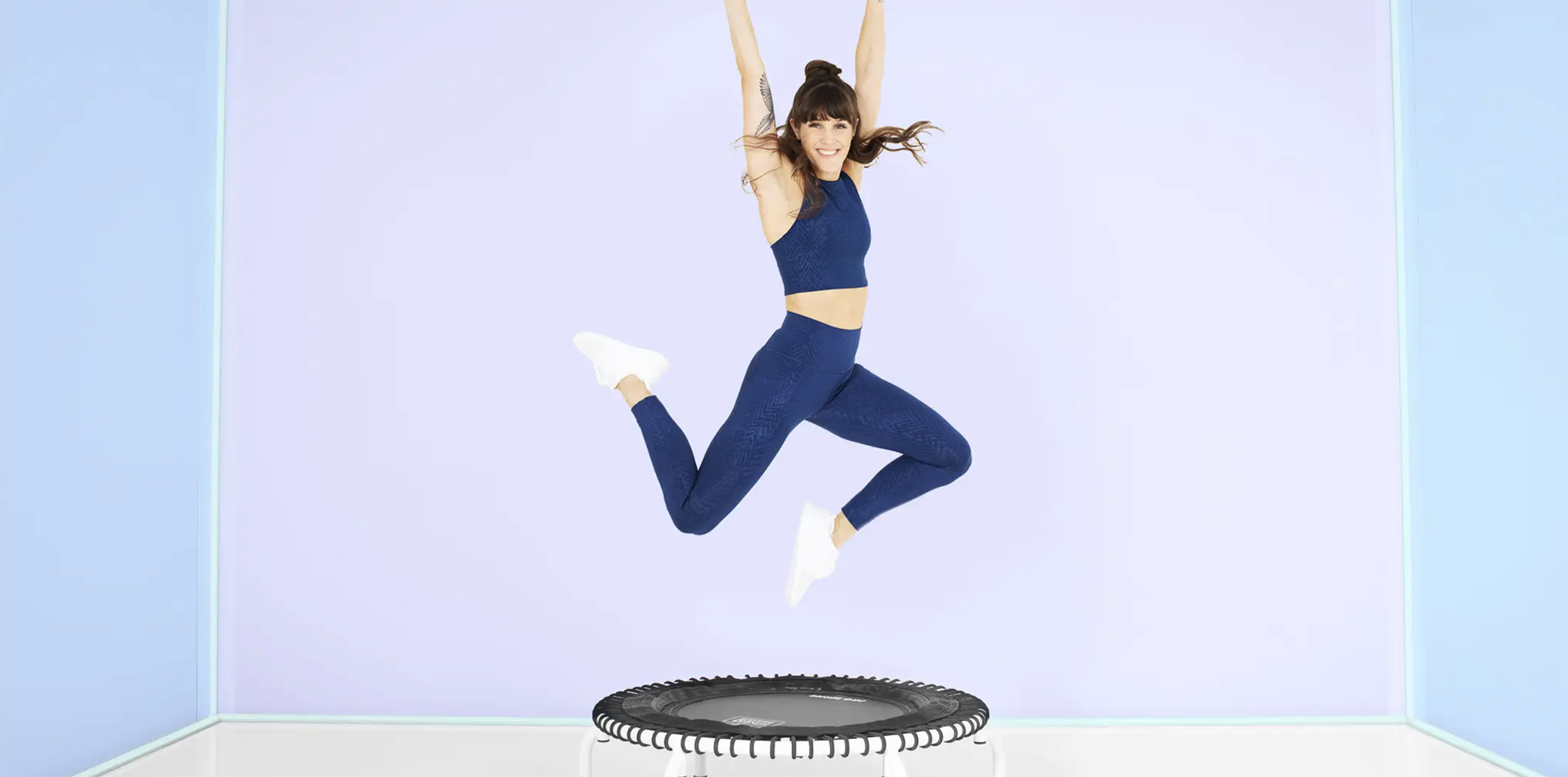
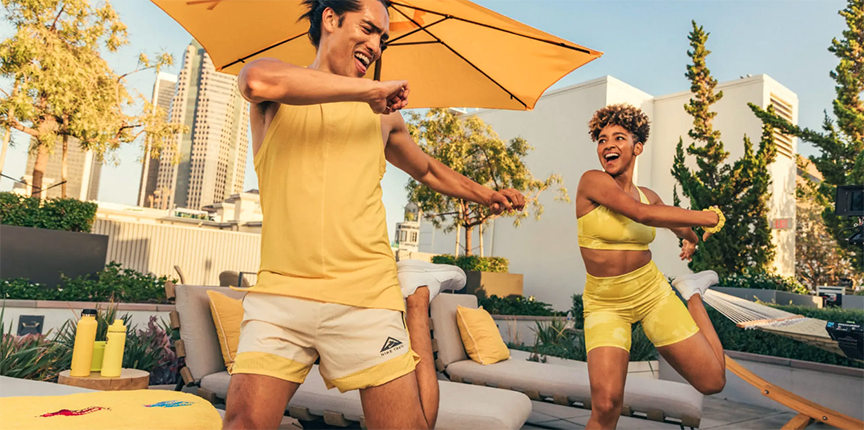

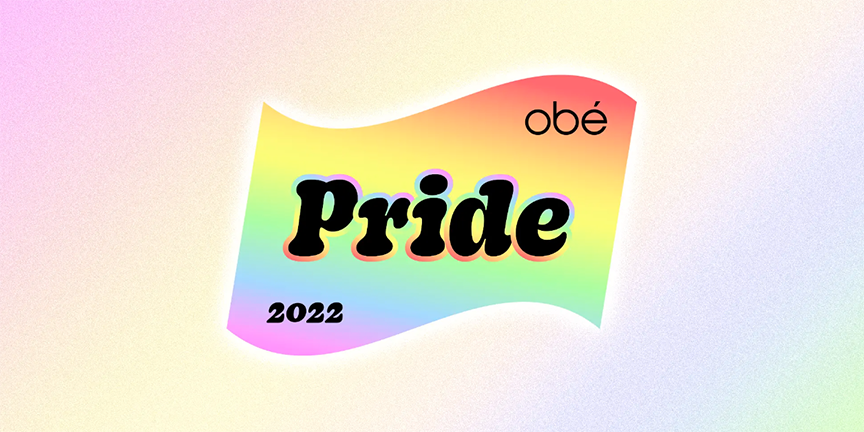


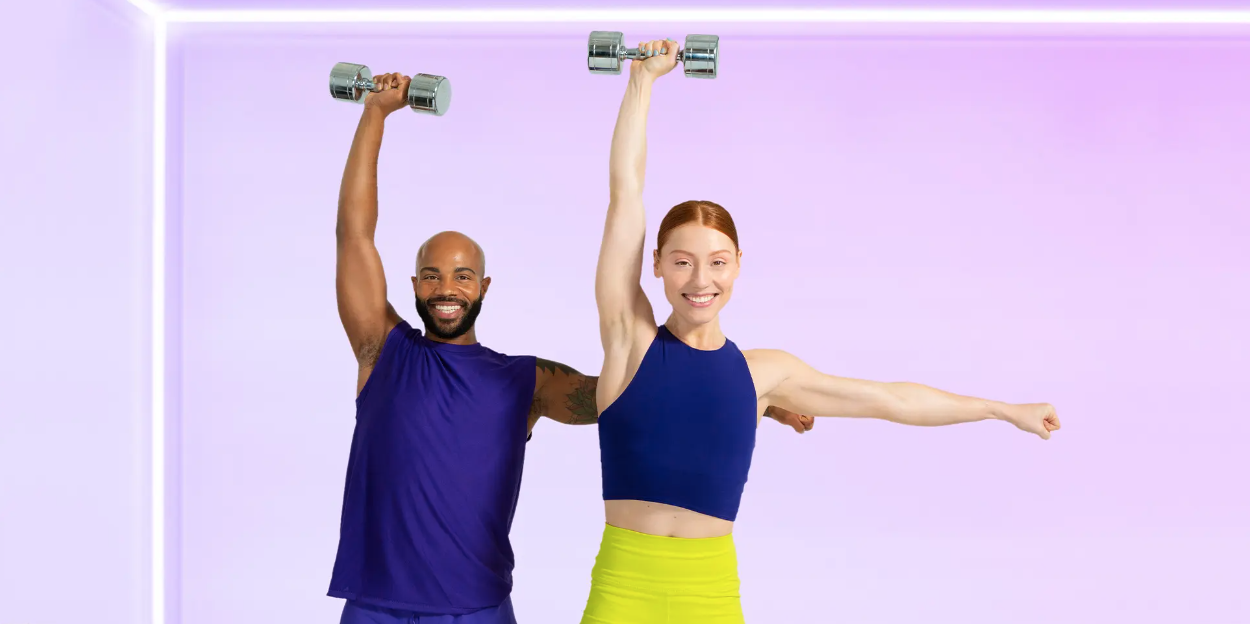
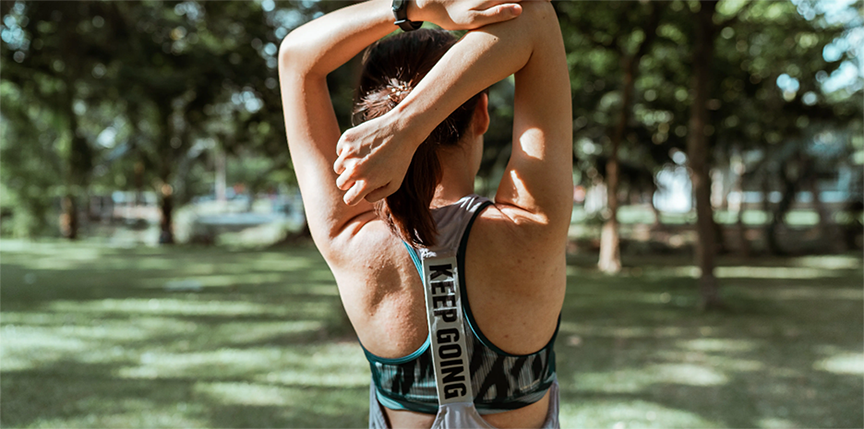

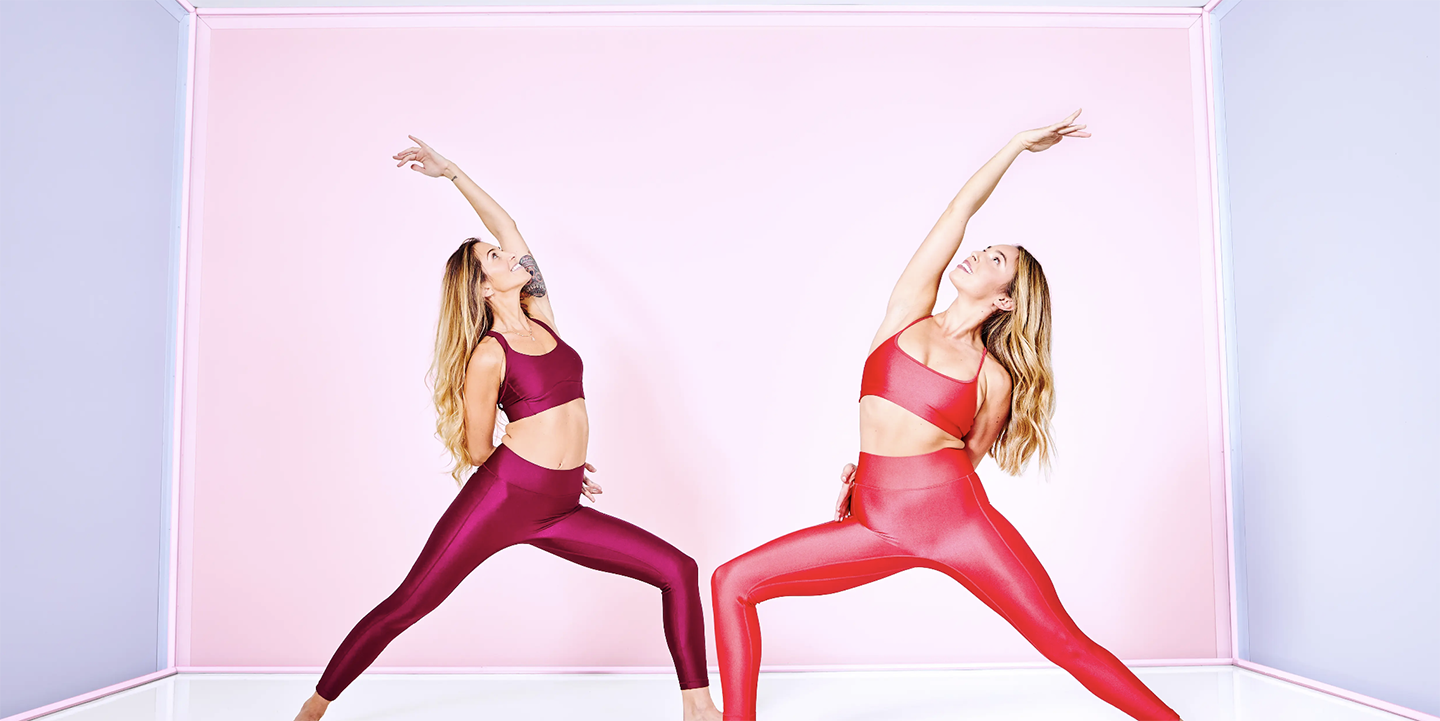
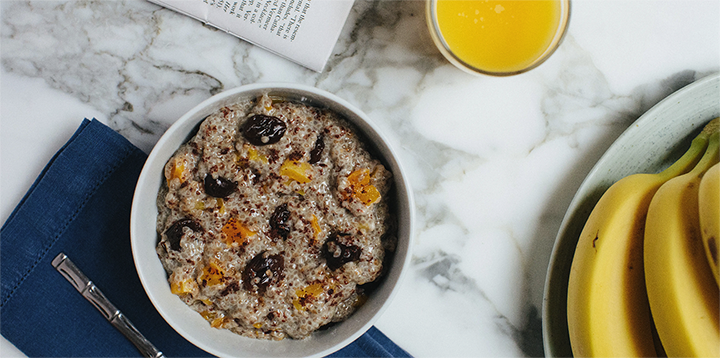
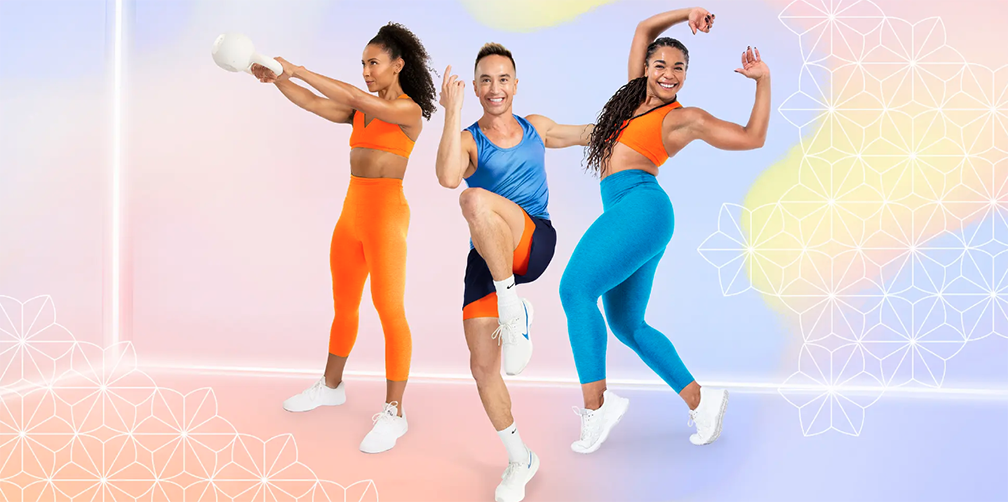

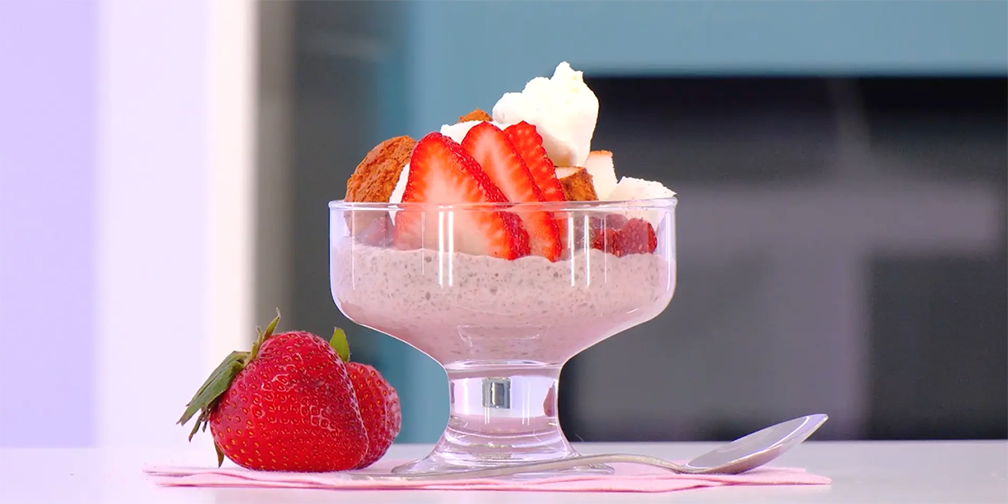
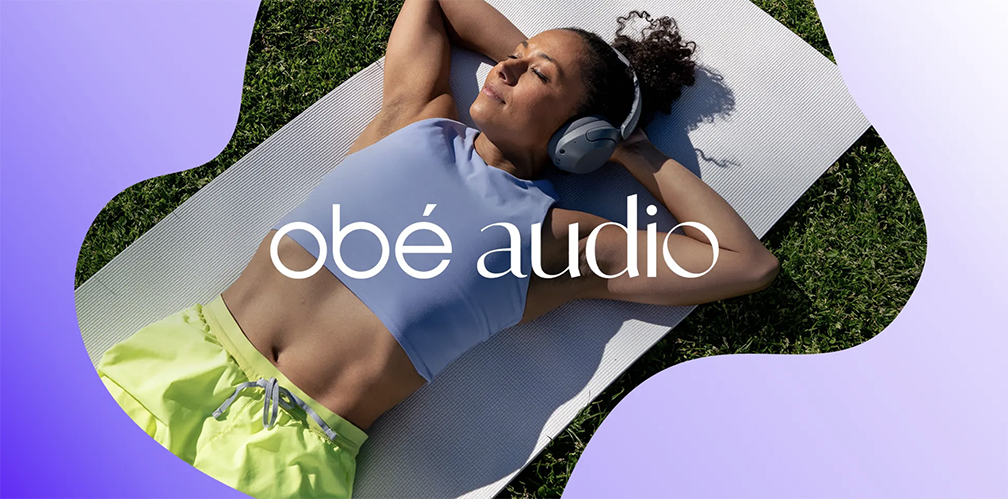
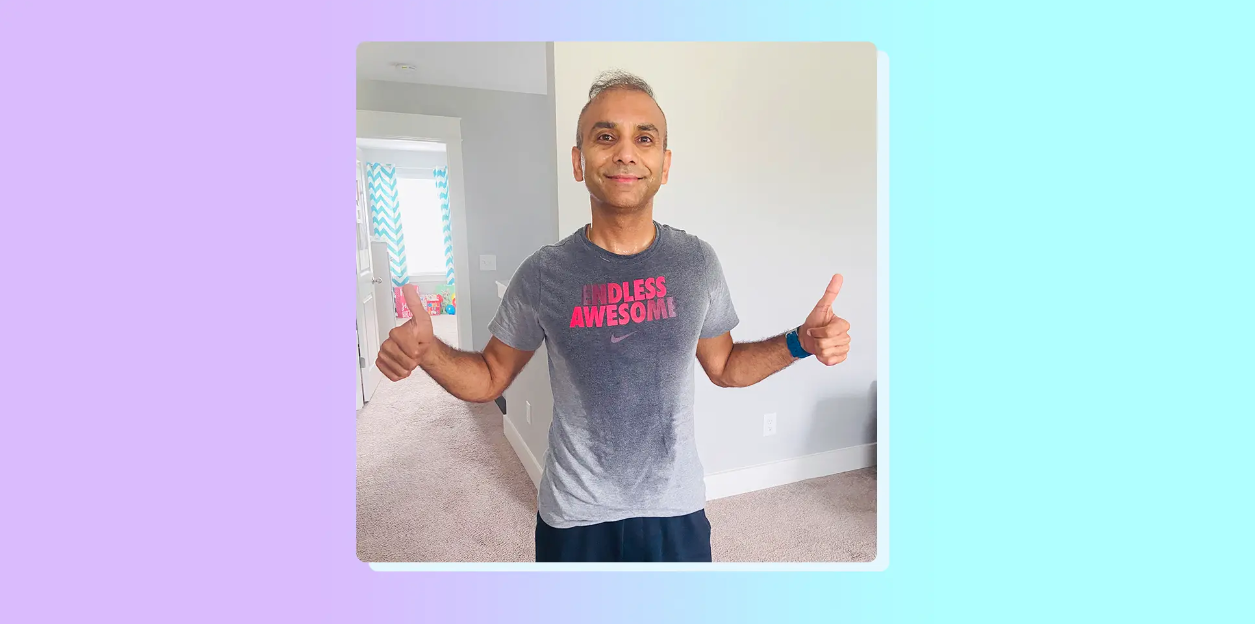
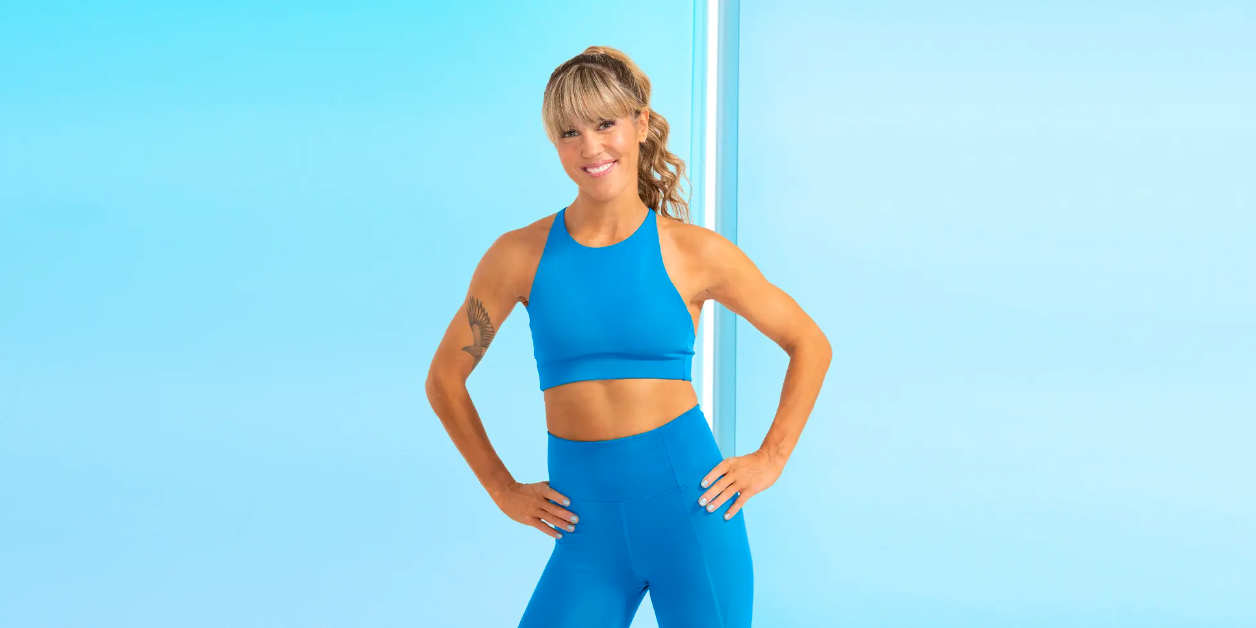
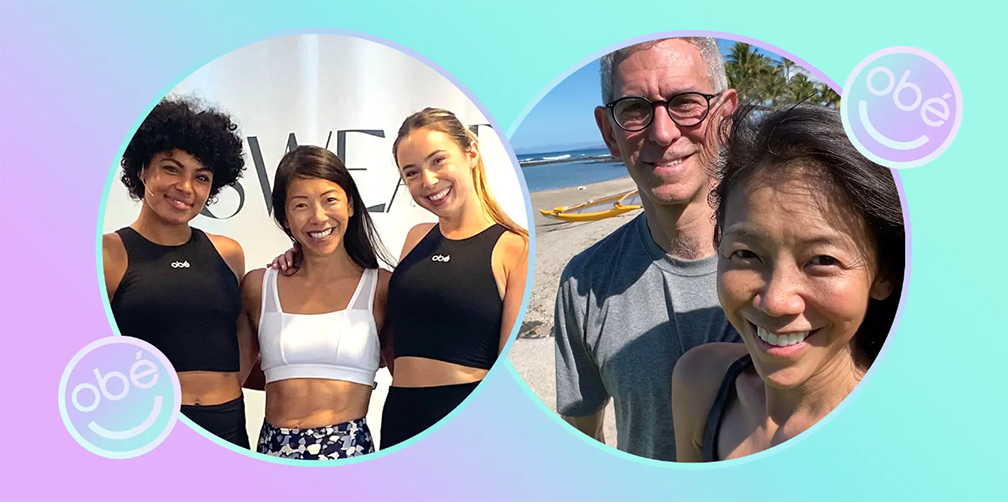



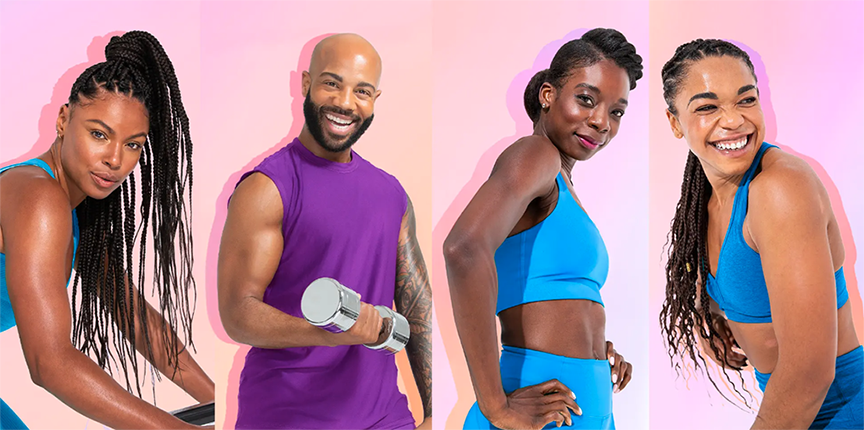
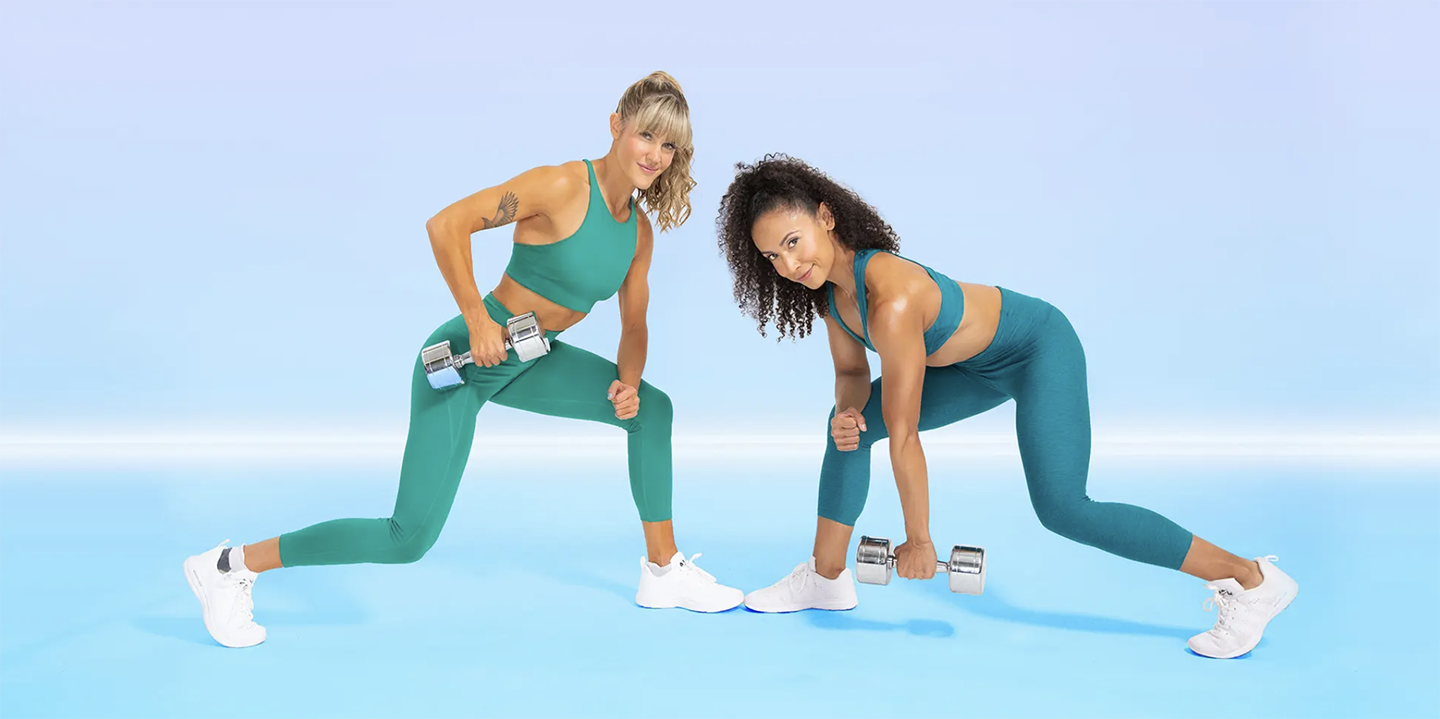
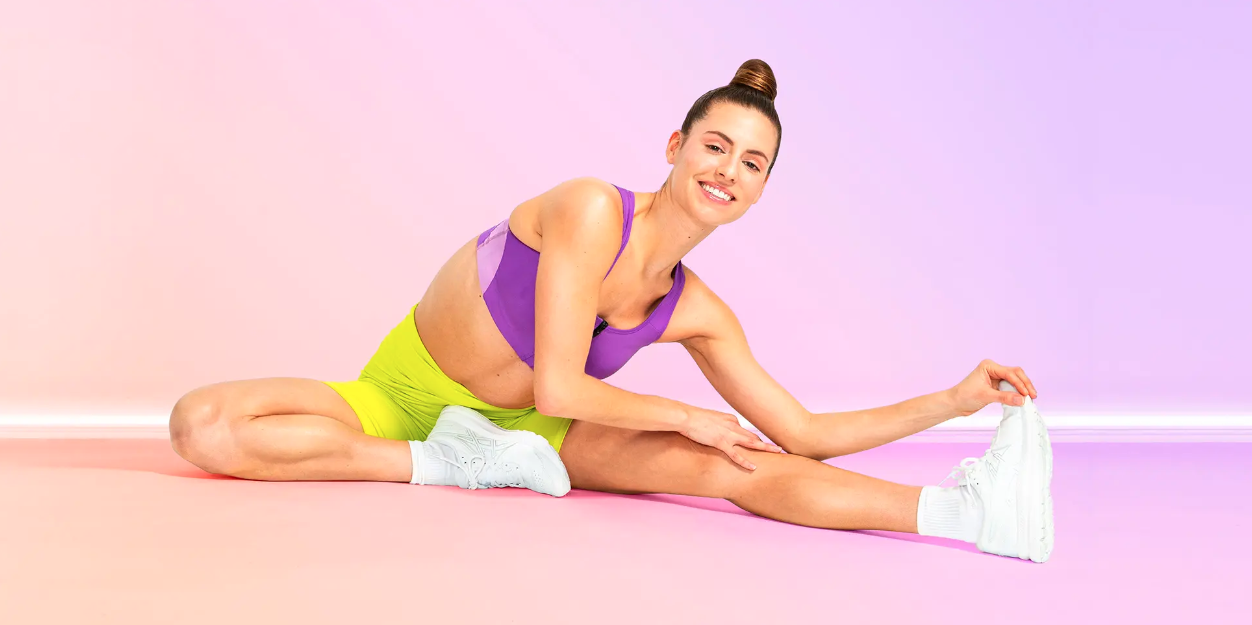
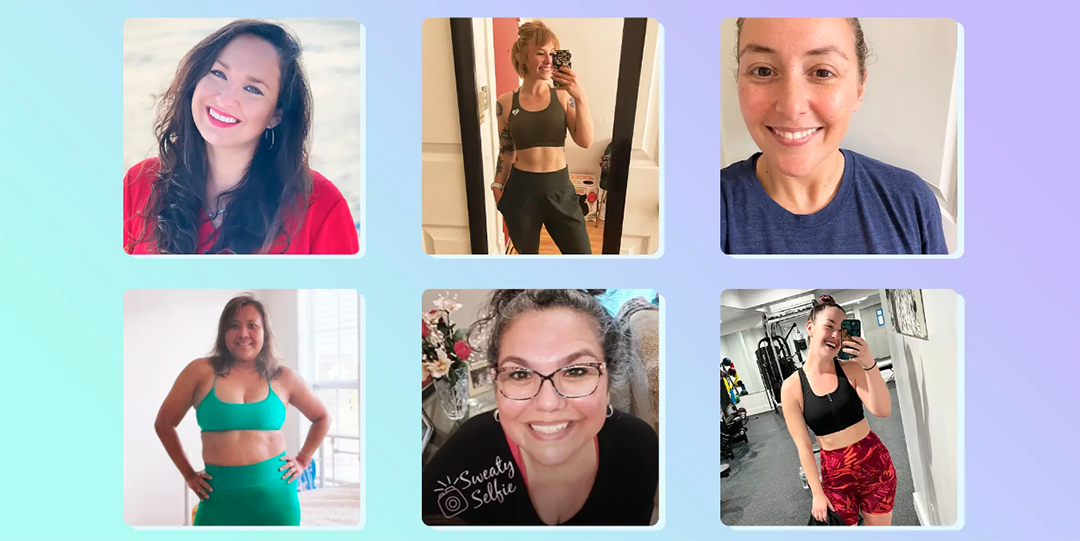
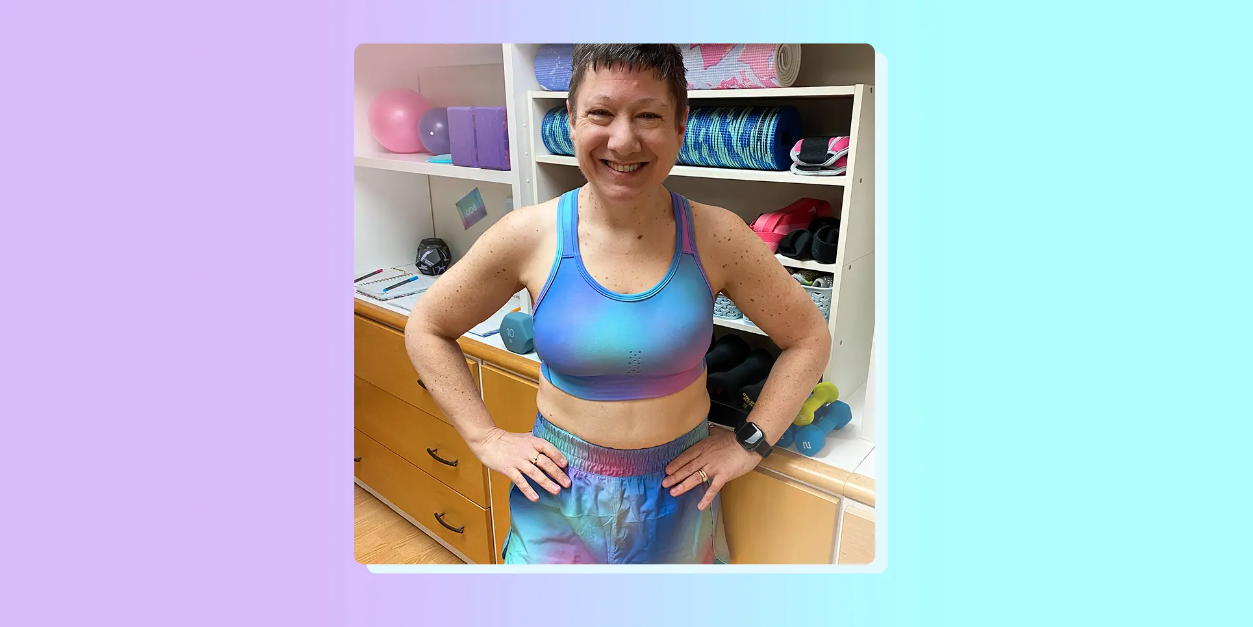
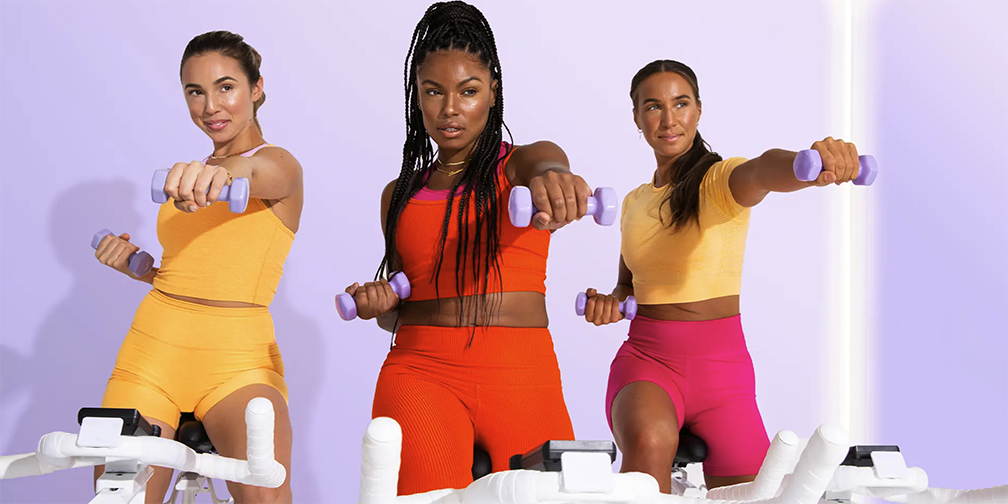
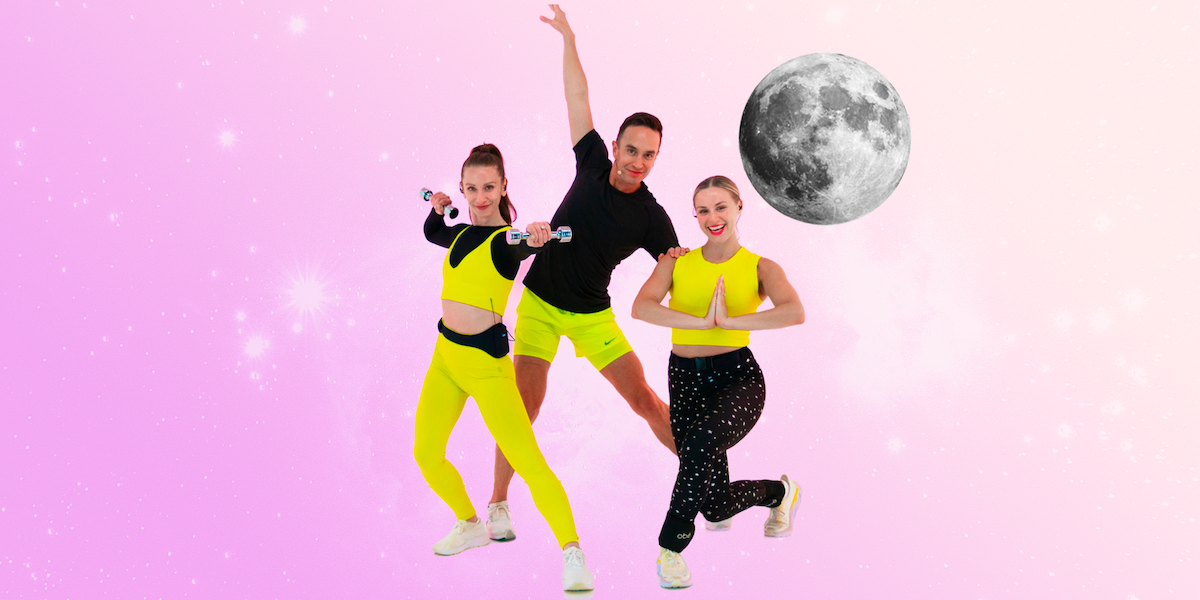
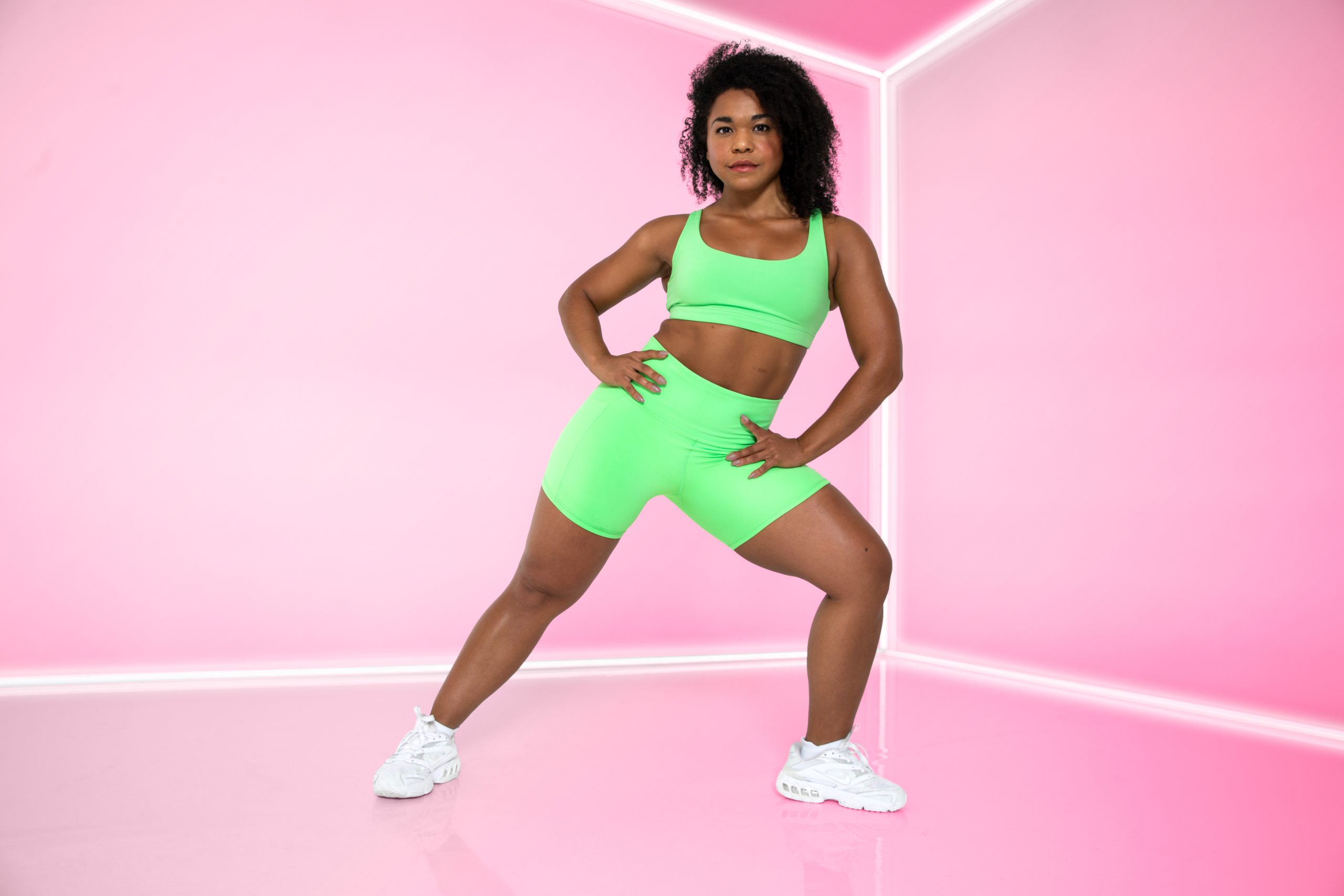
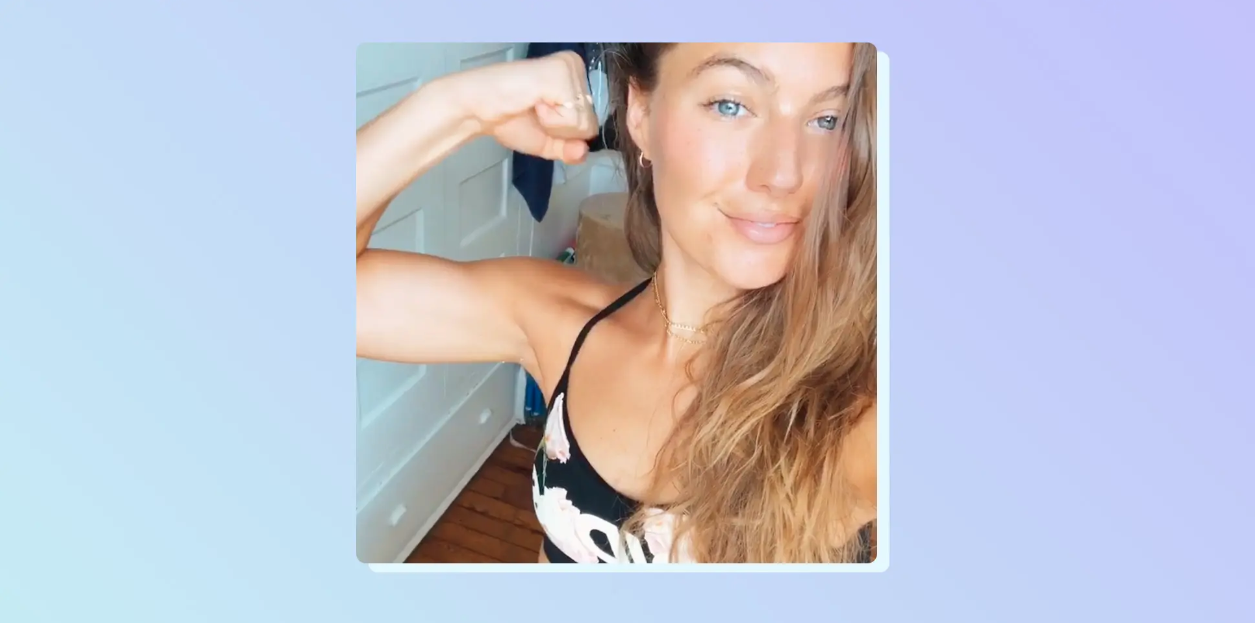
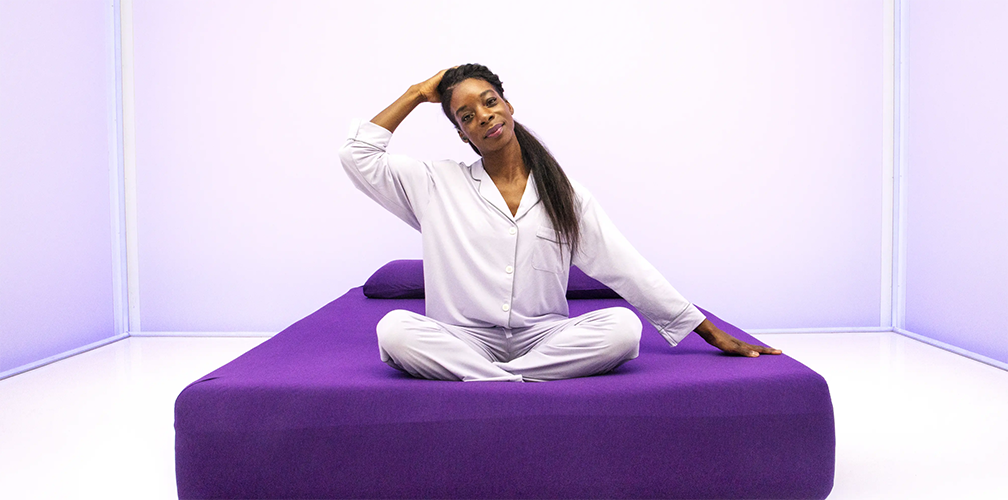

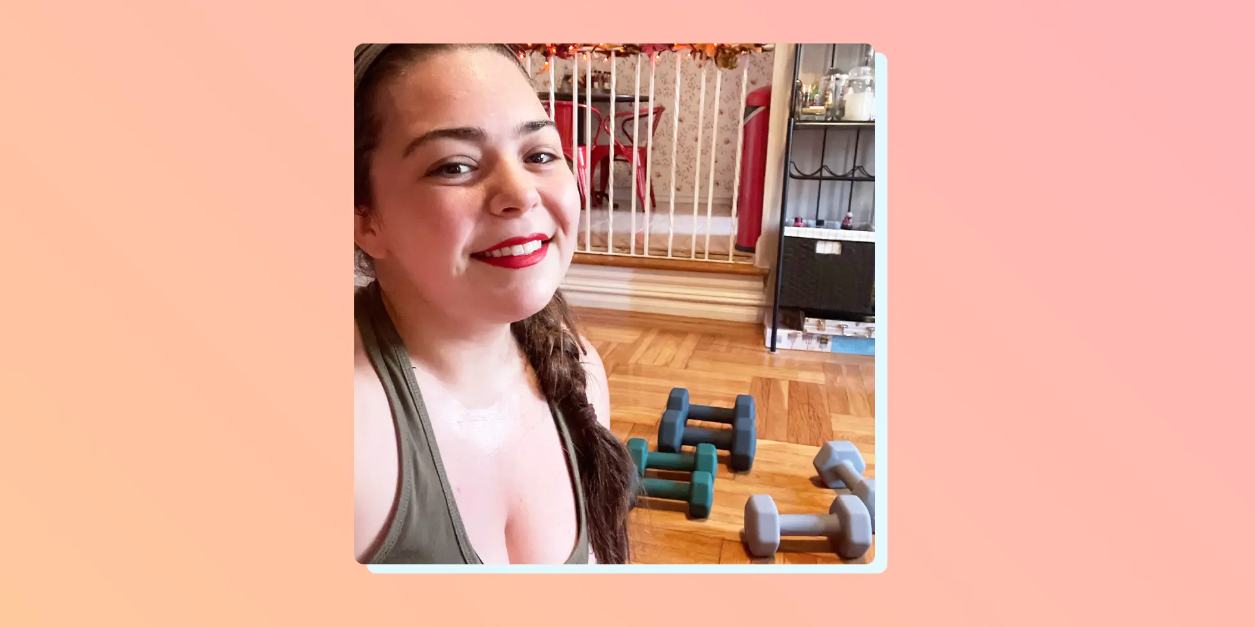
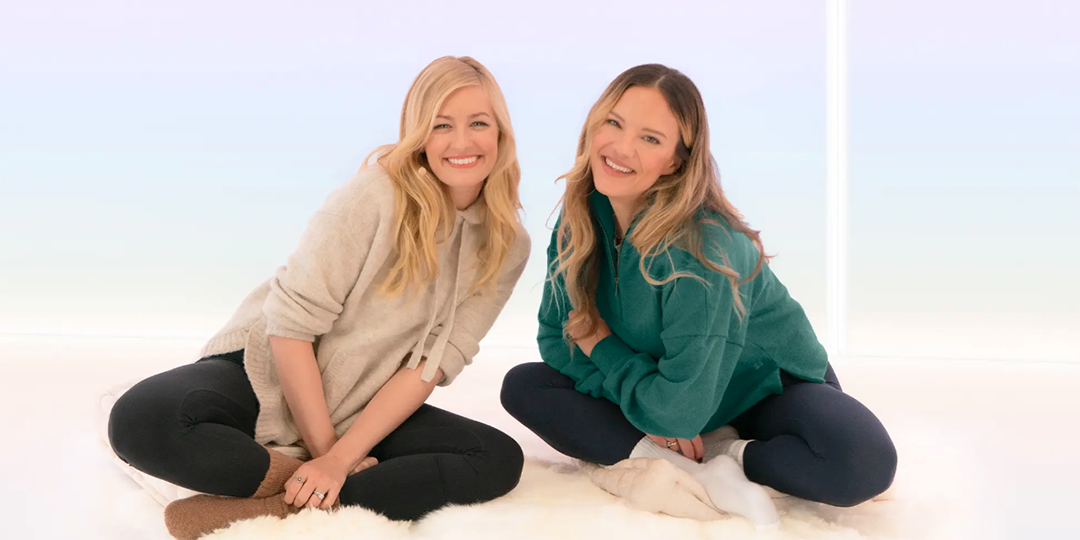
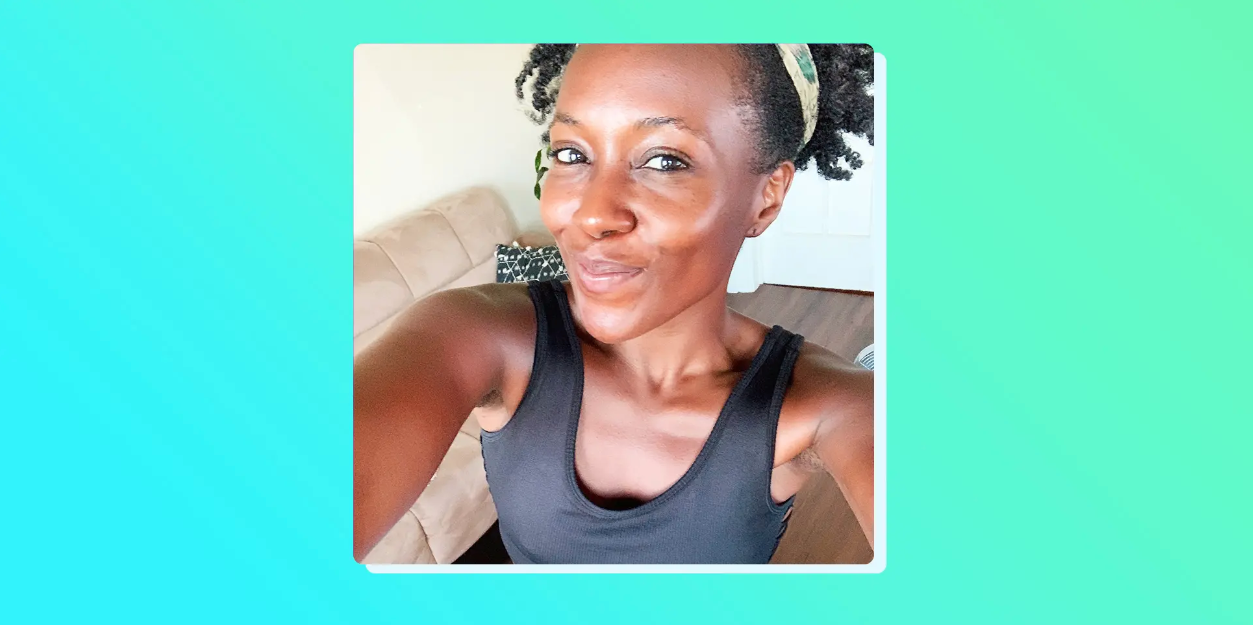
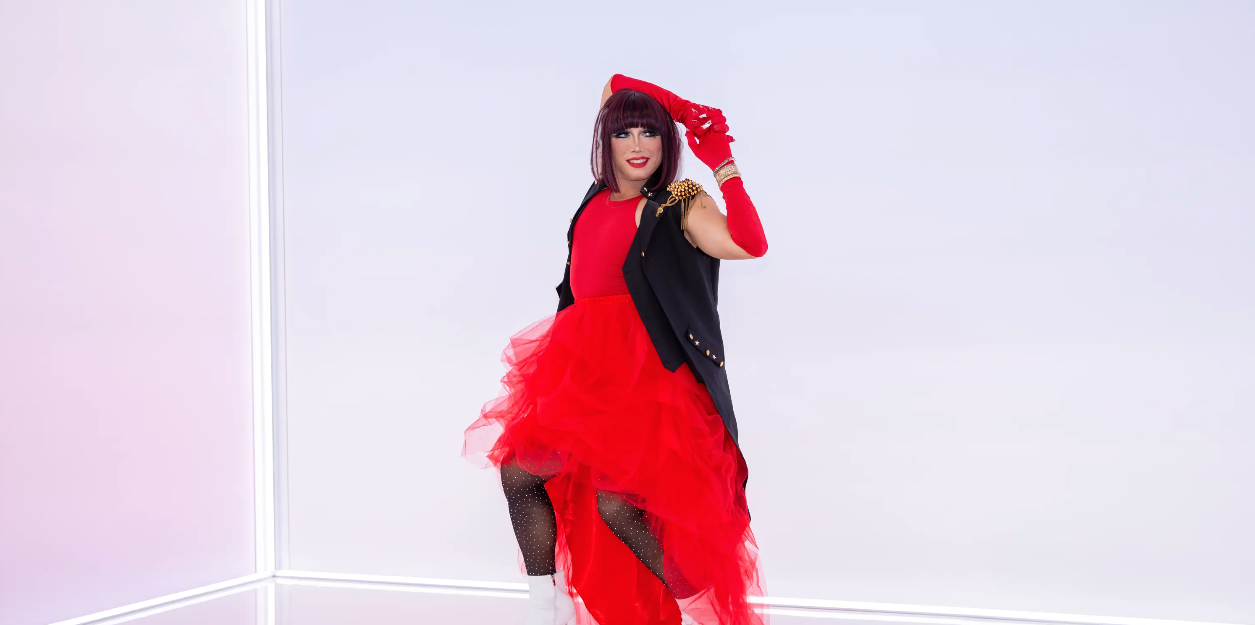
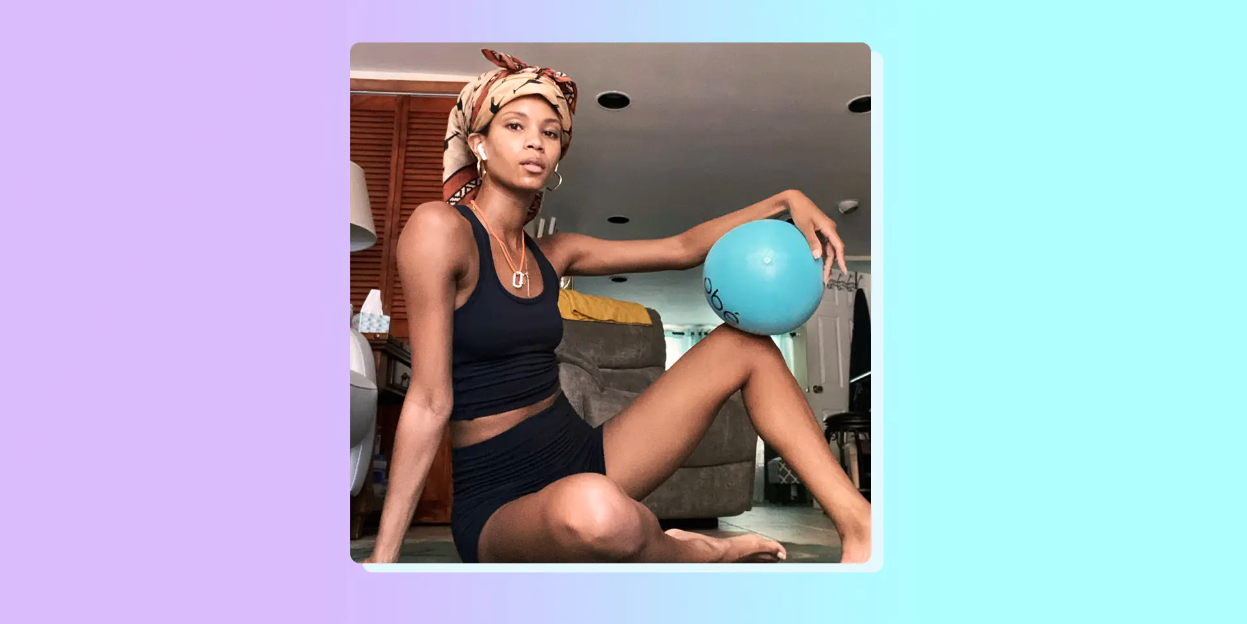
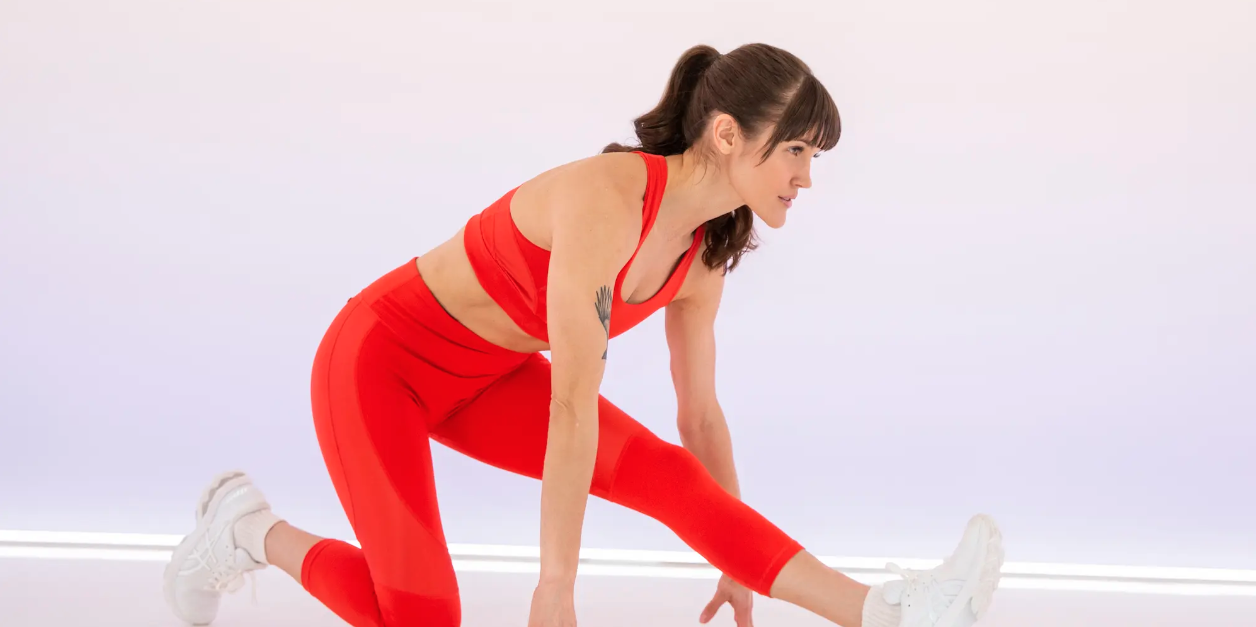
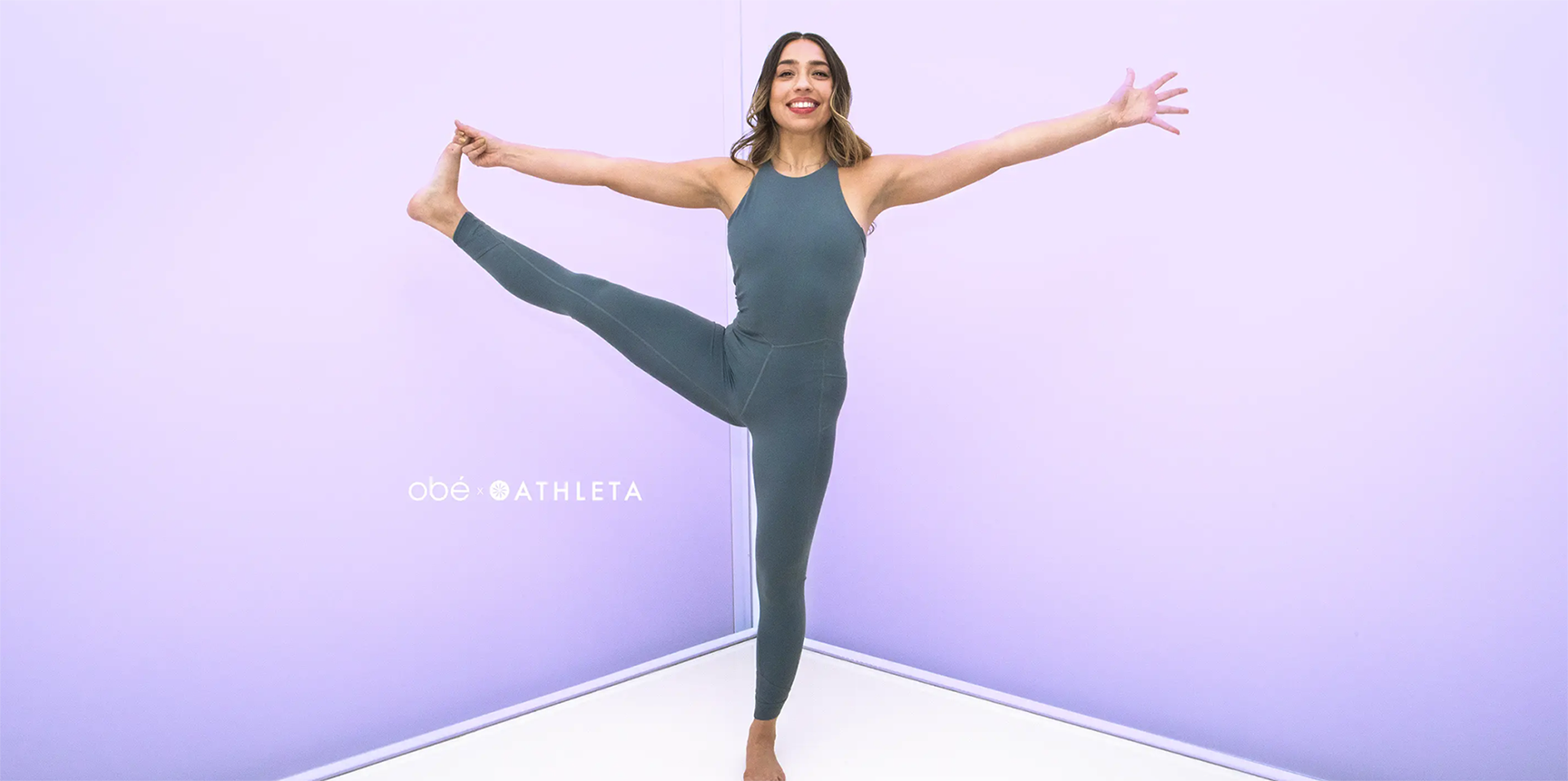
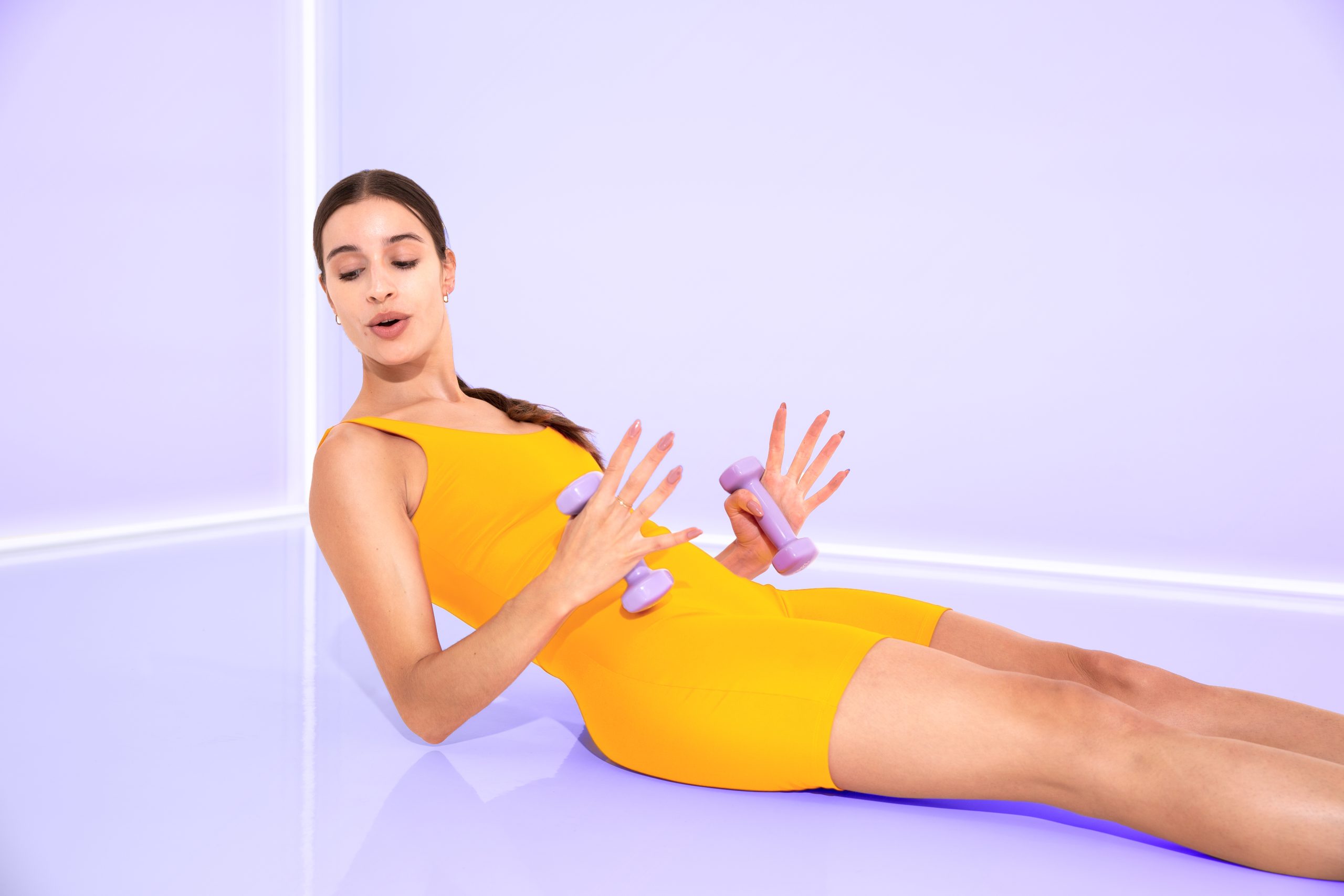
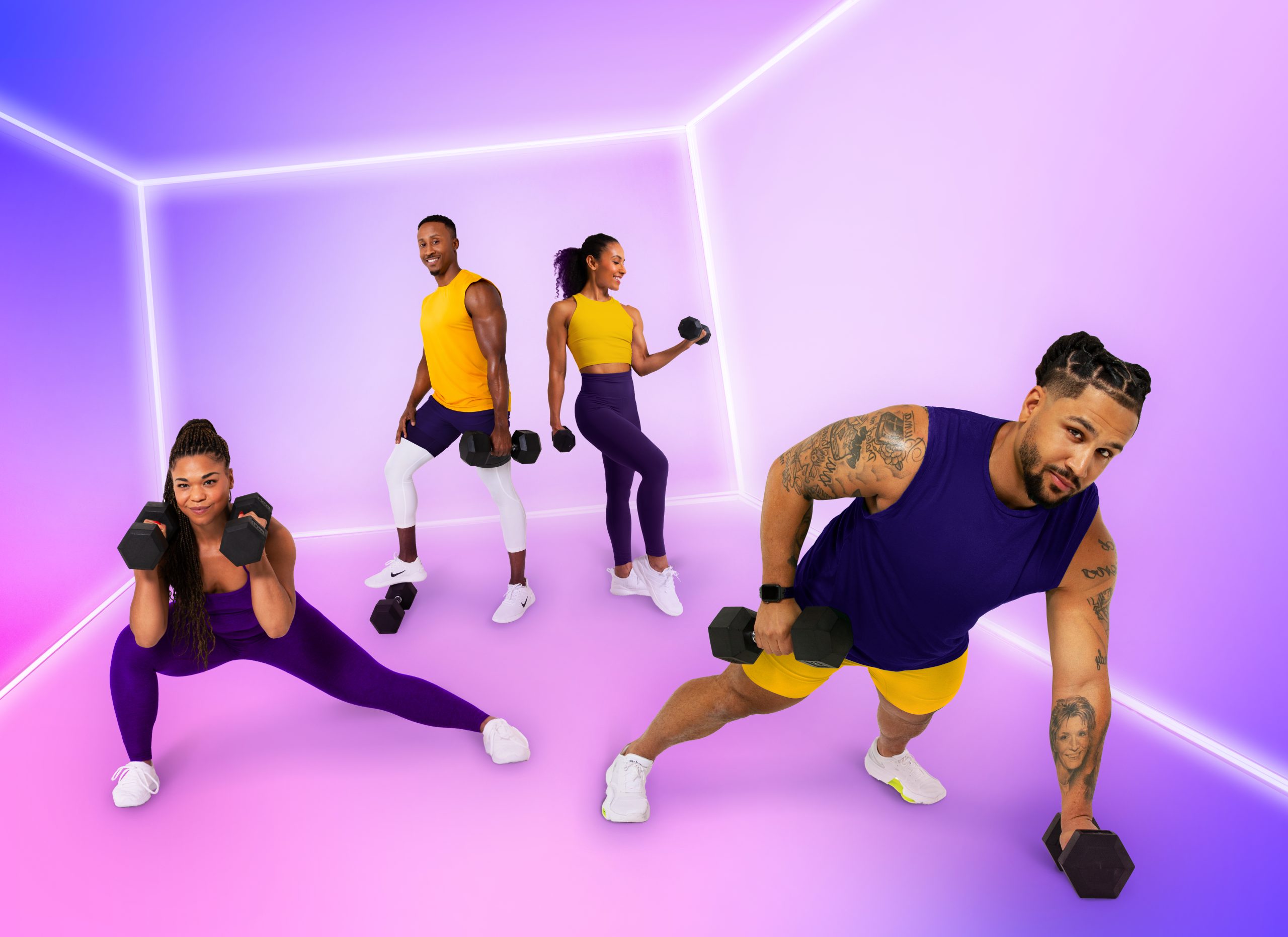
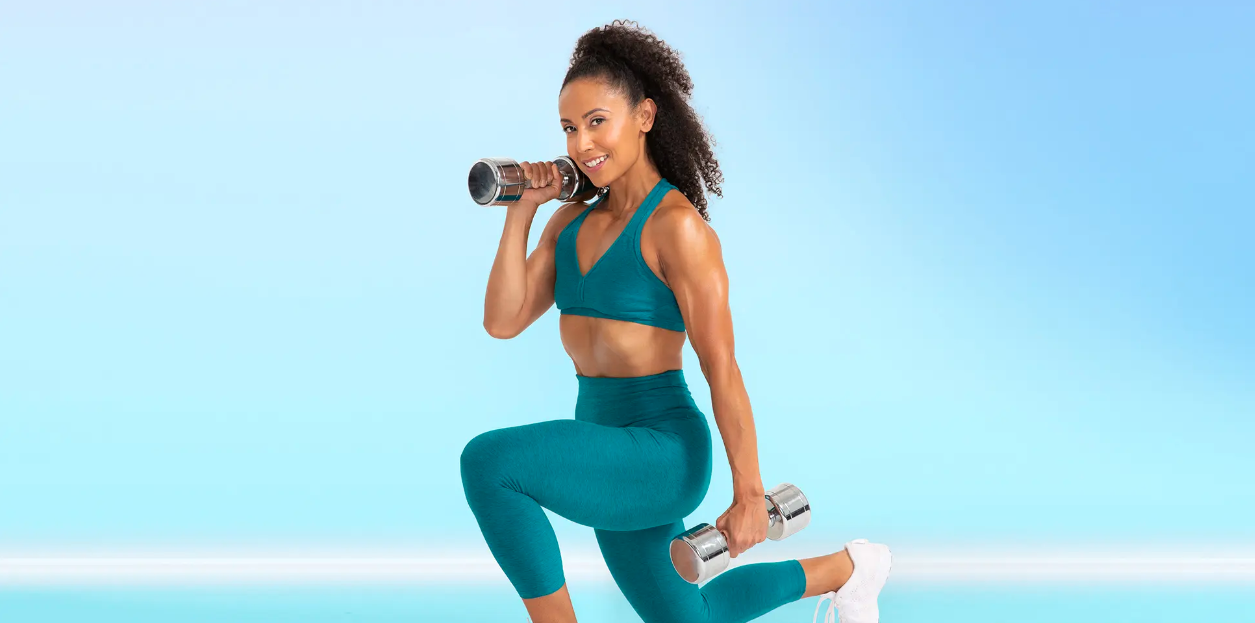
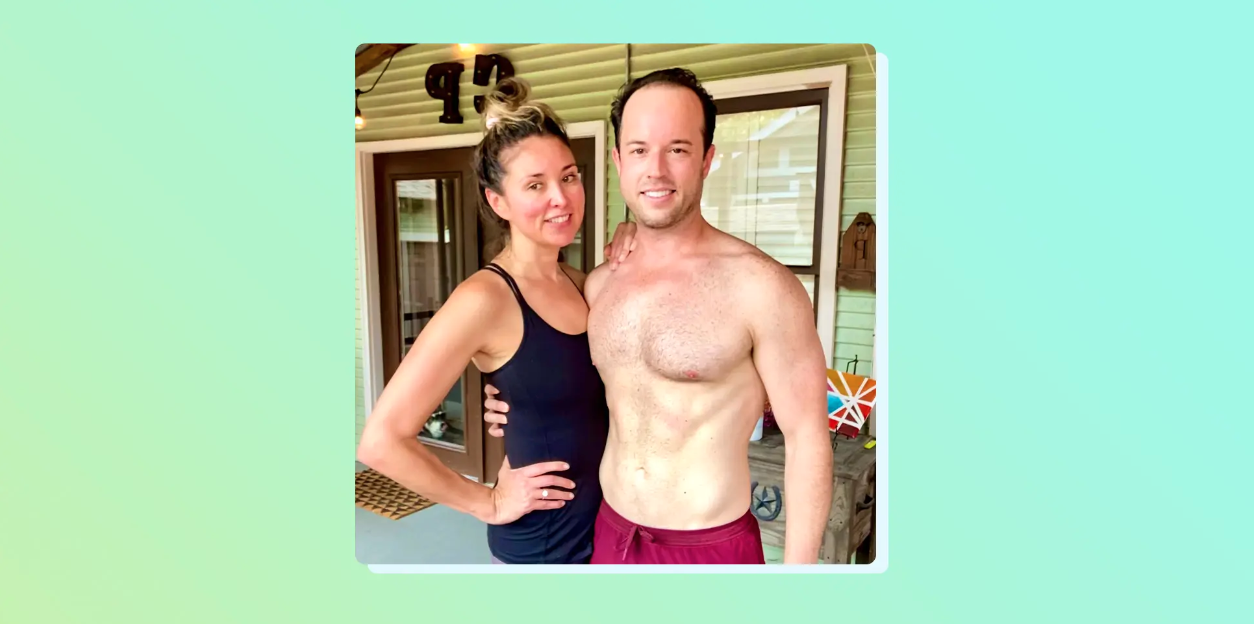

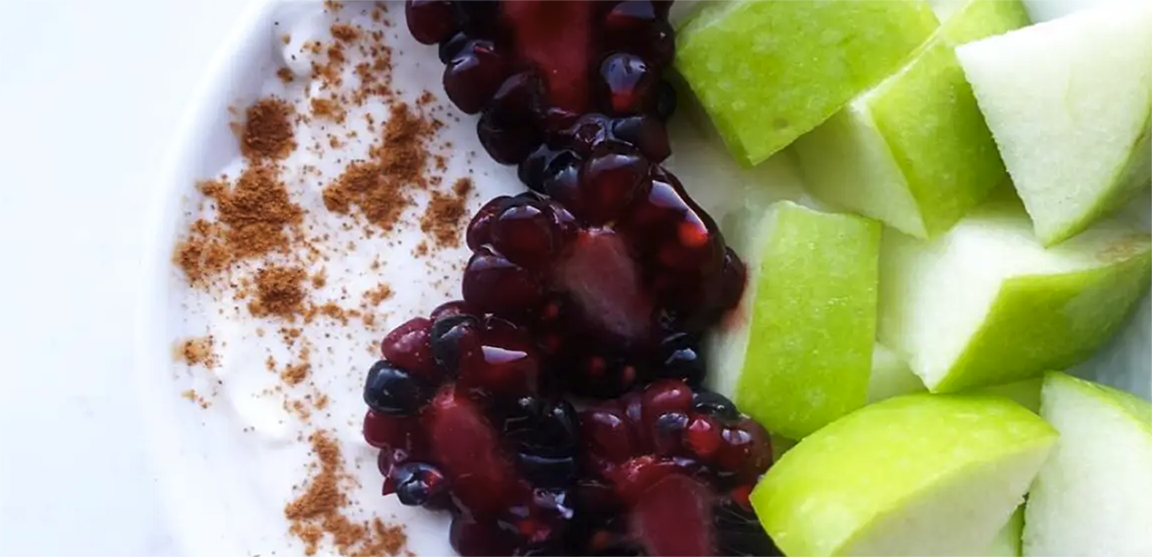

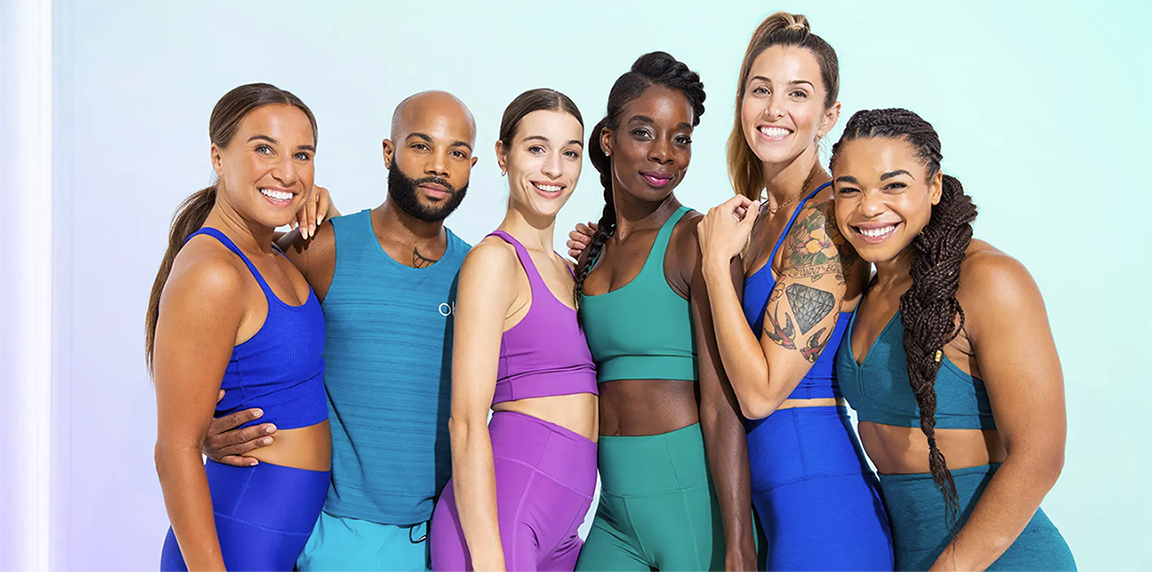
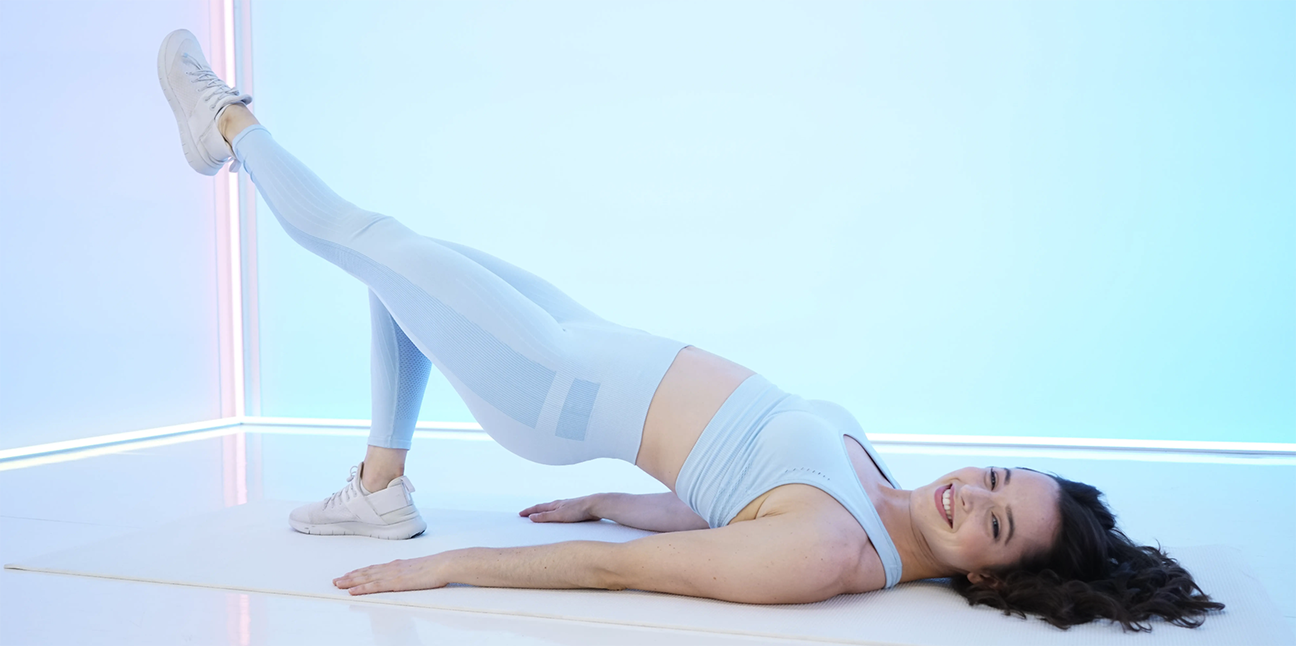

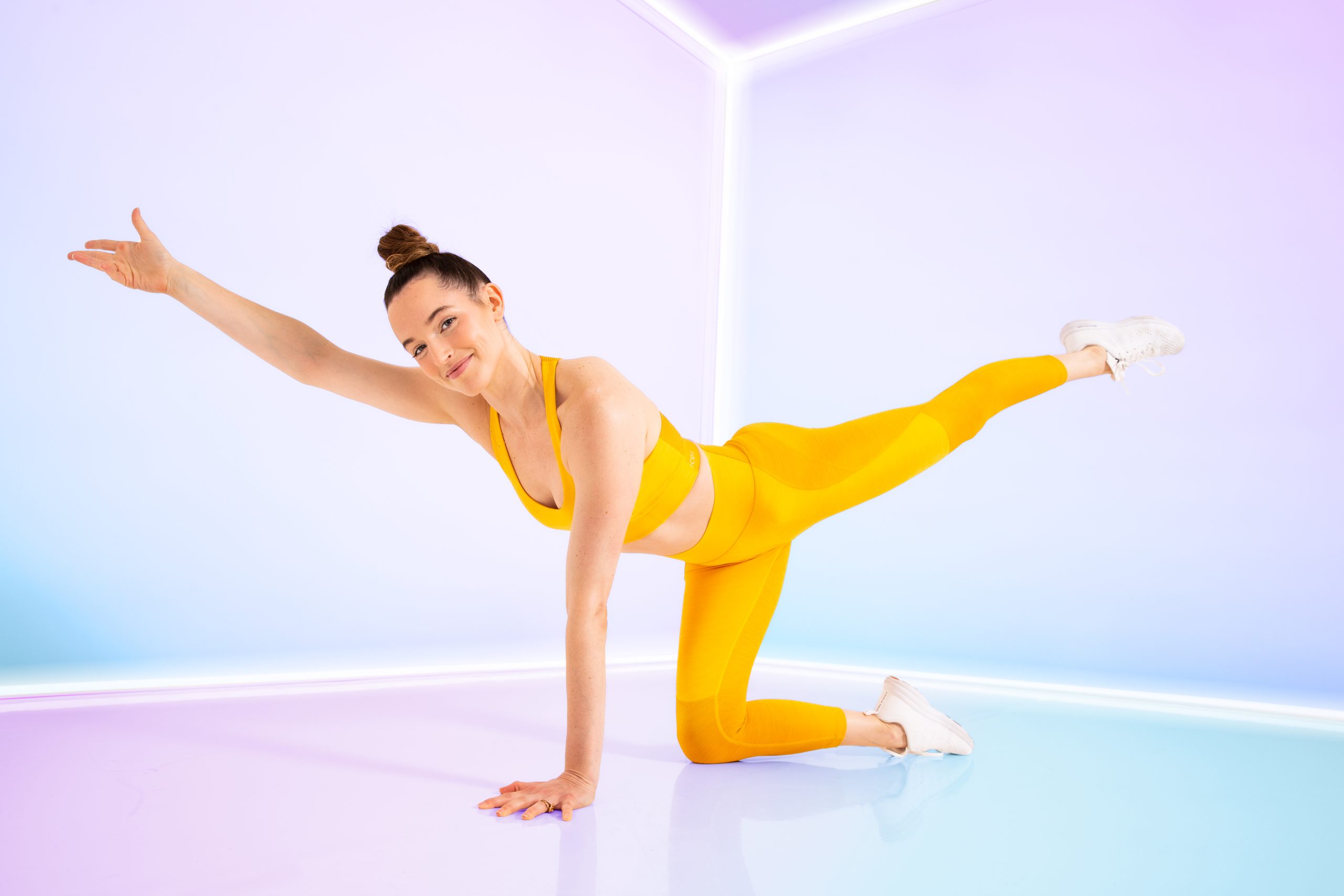
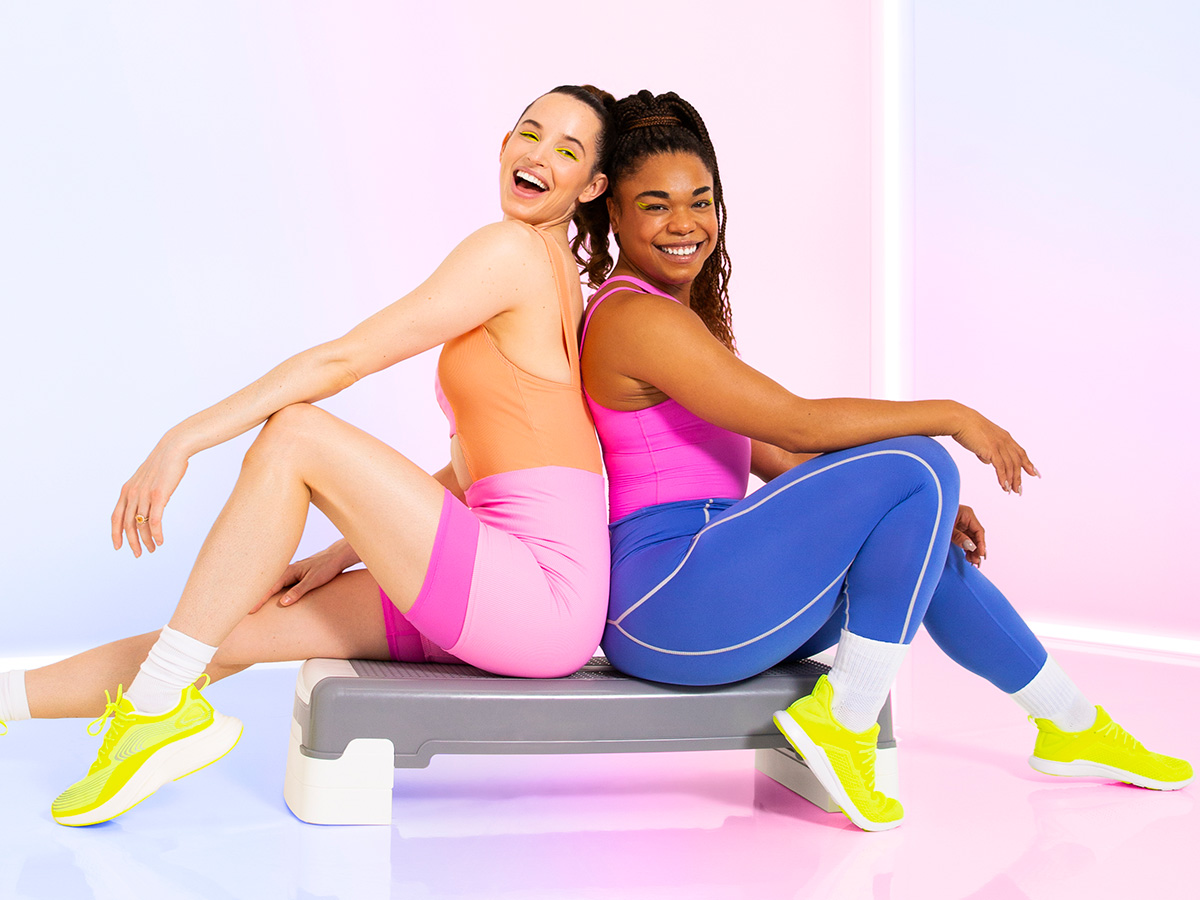
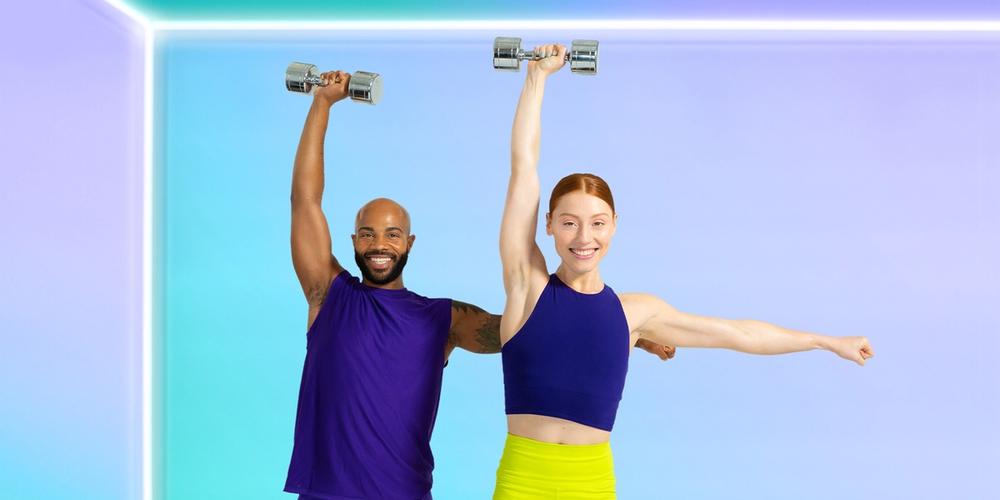
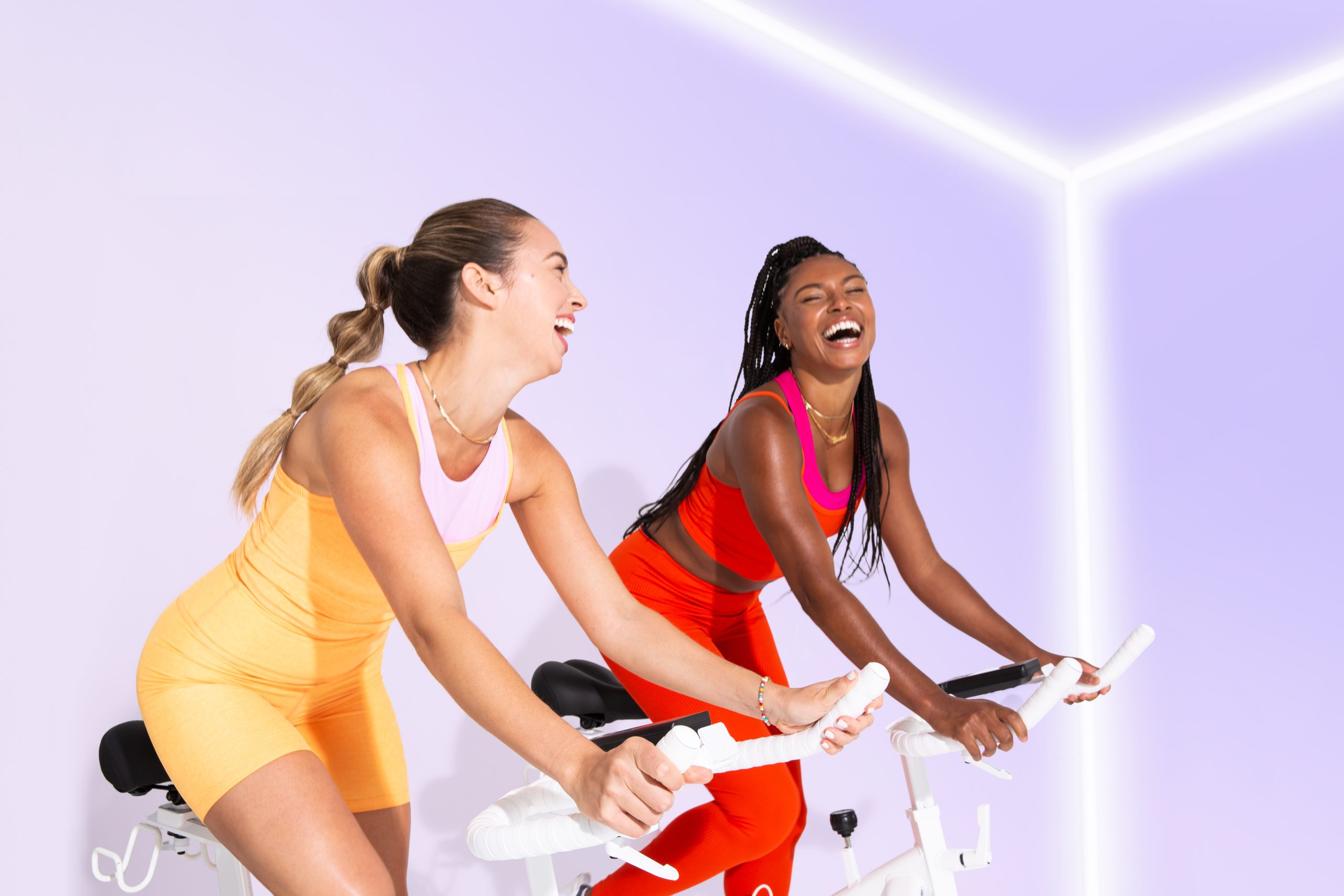
Leave a Reply